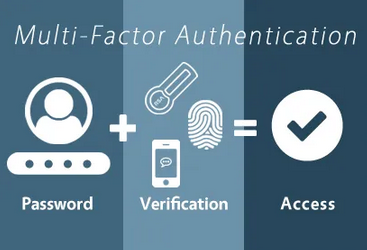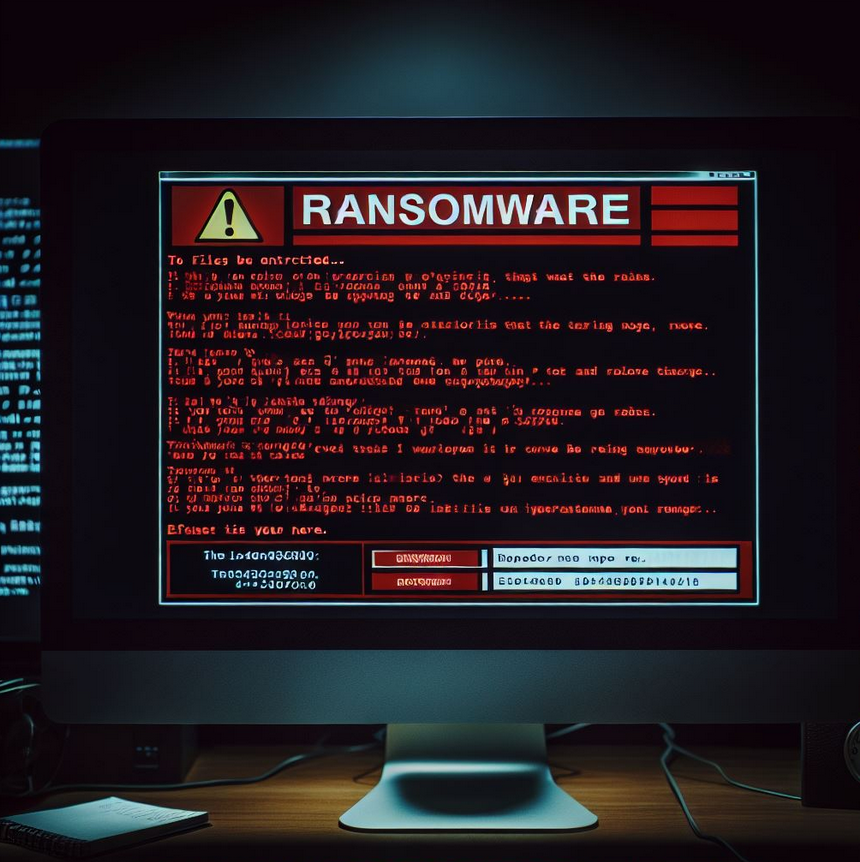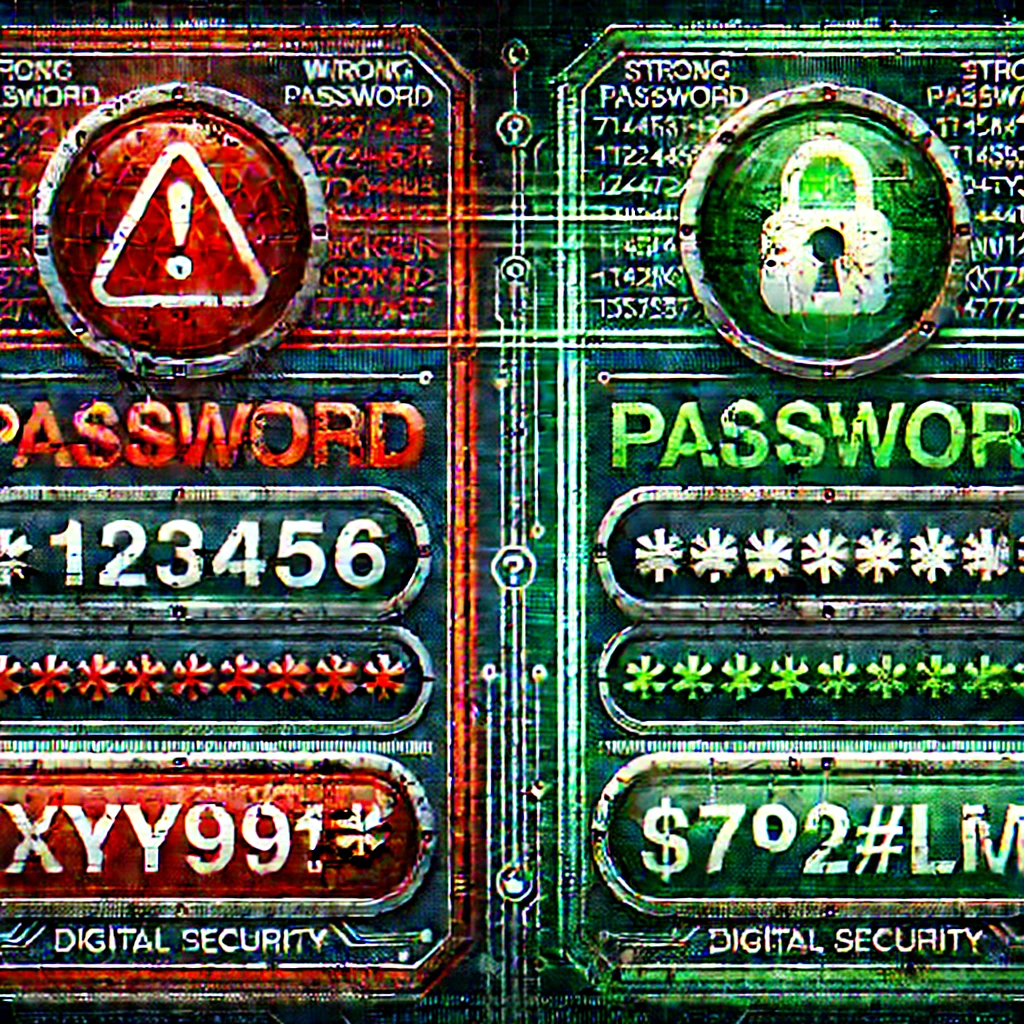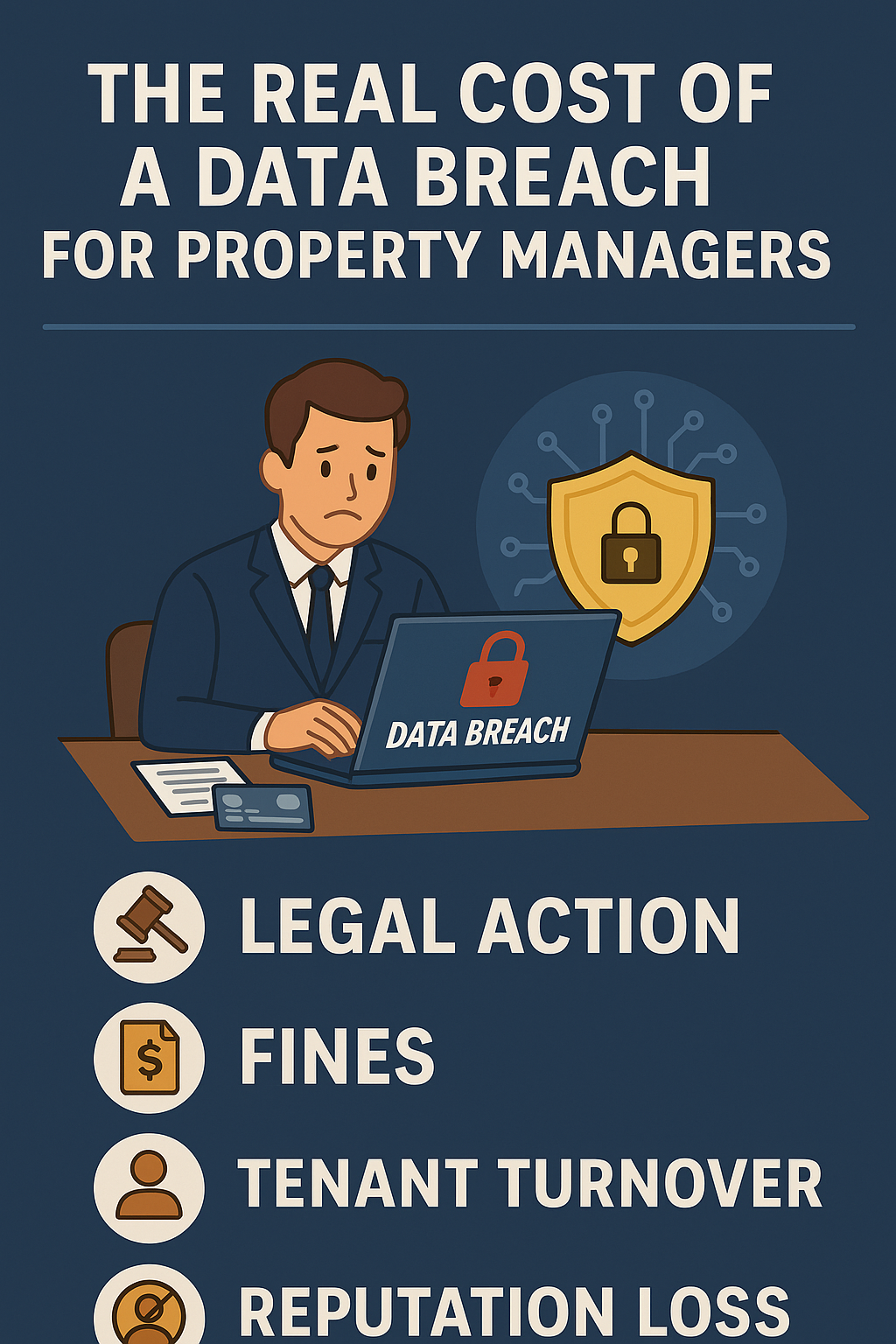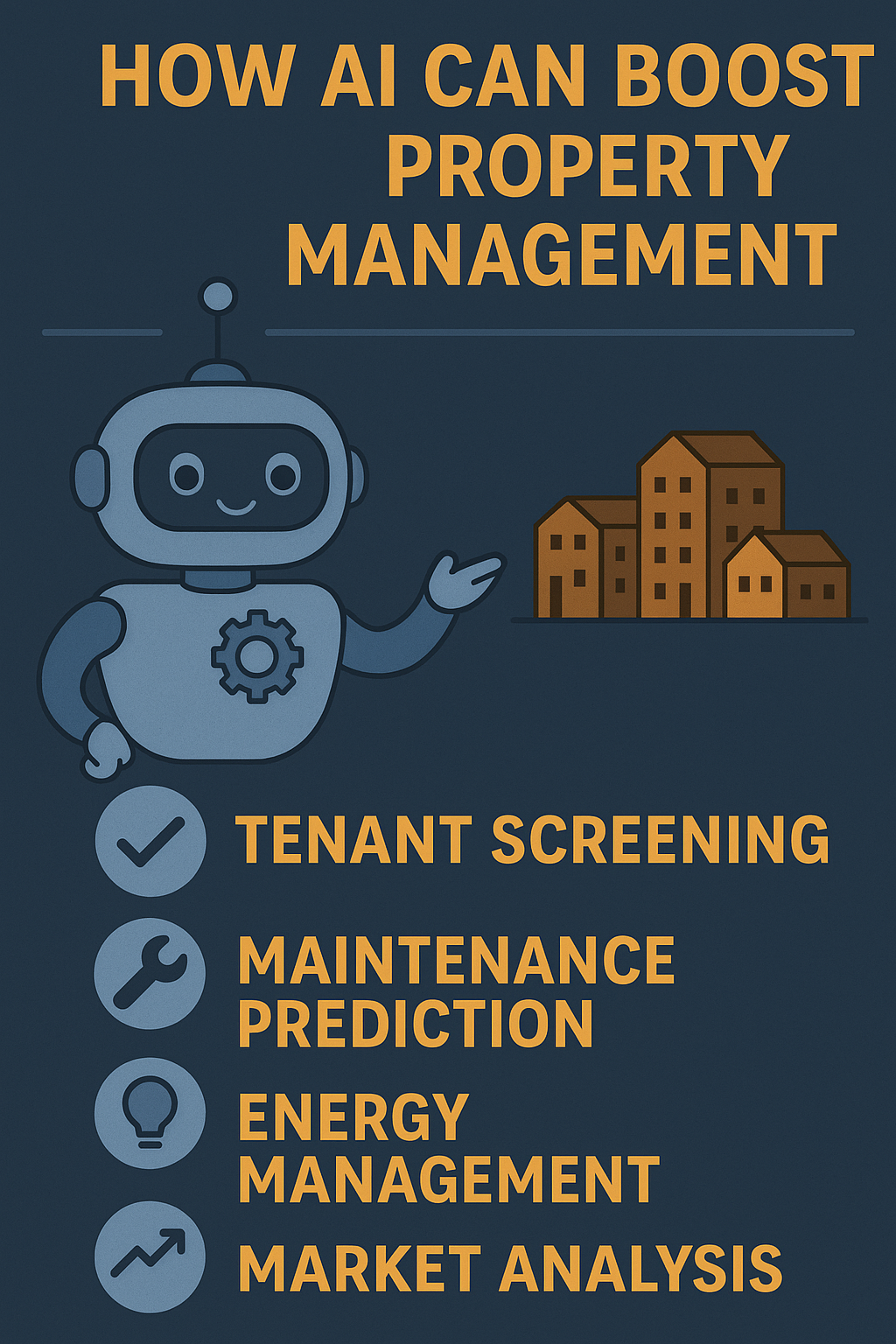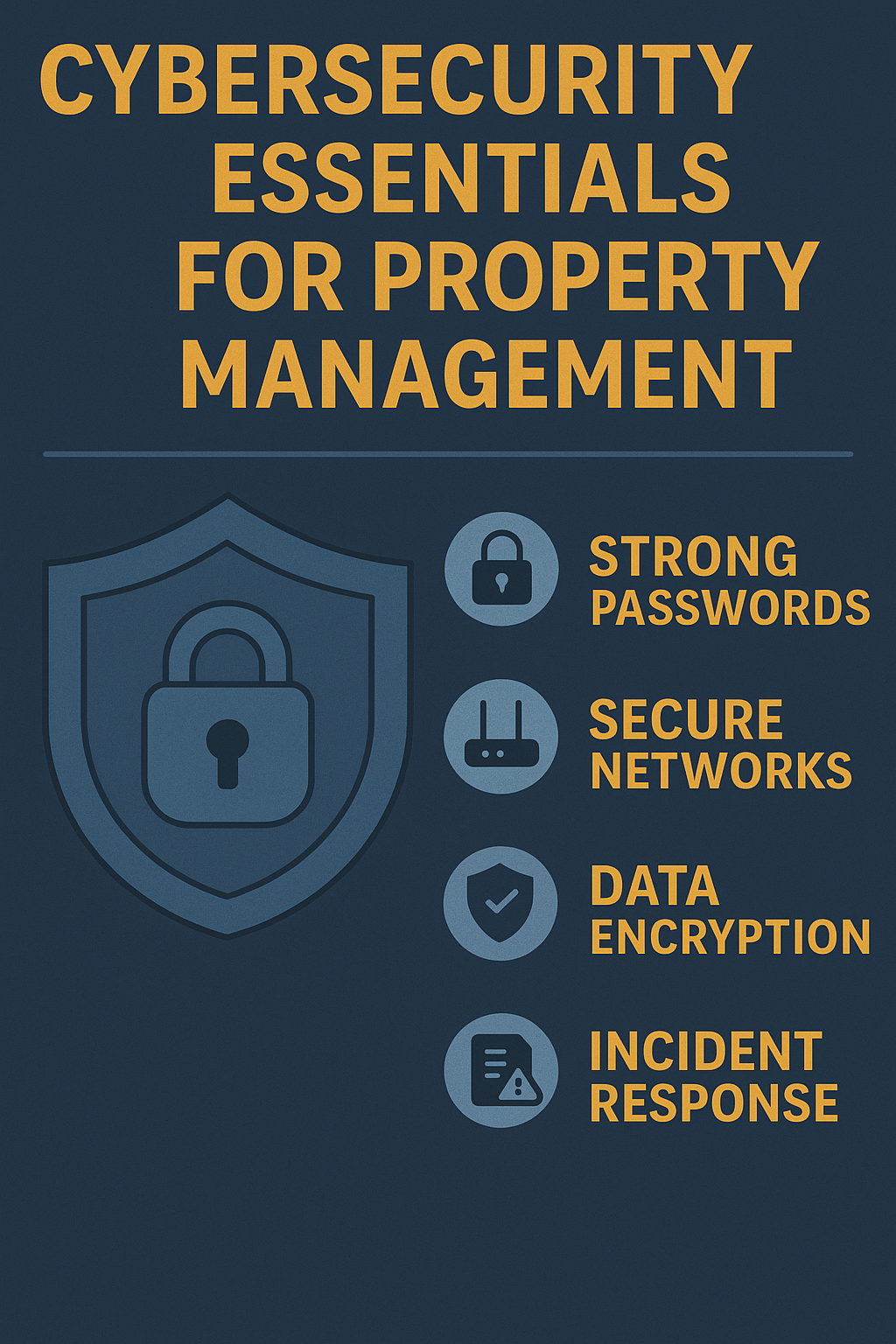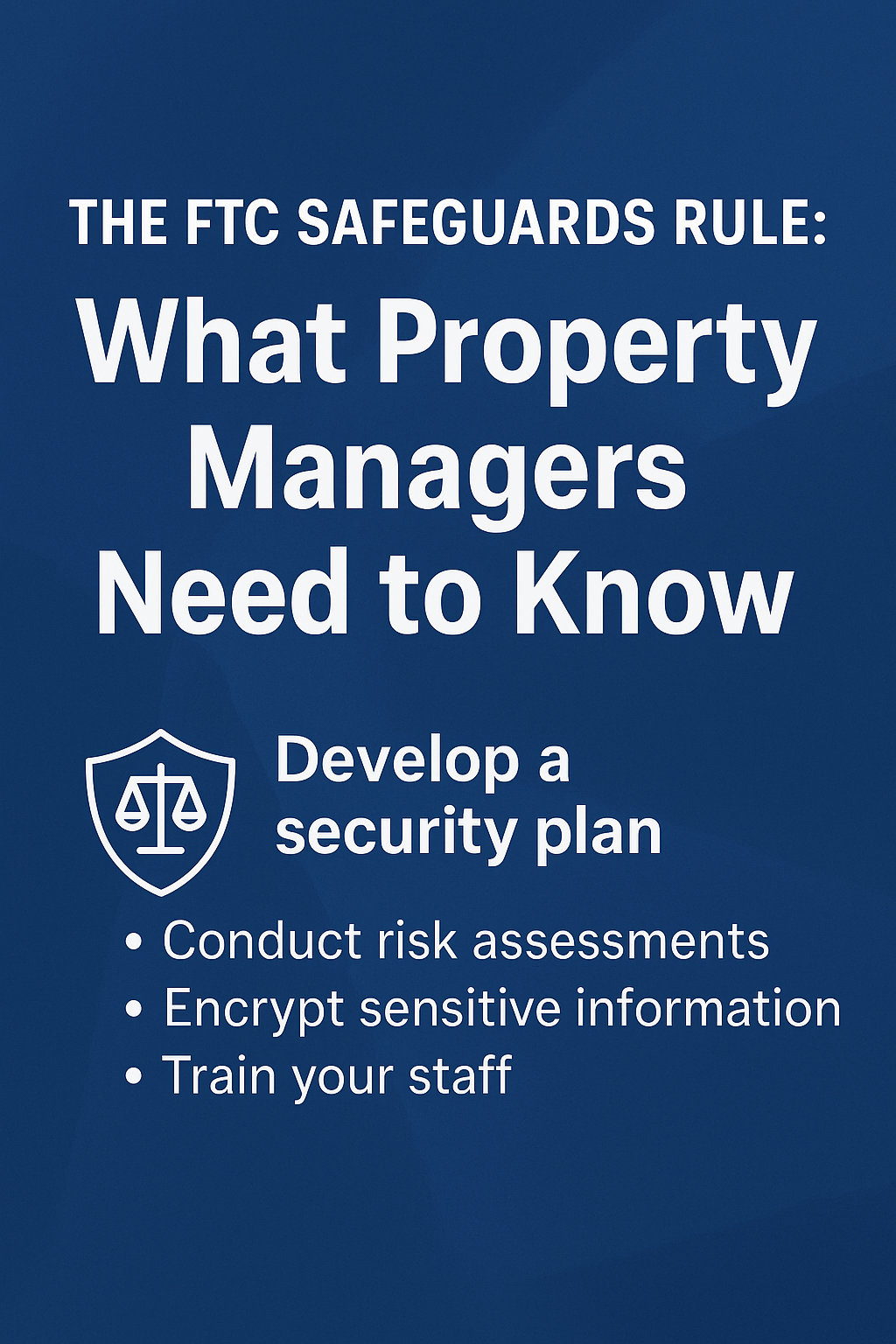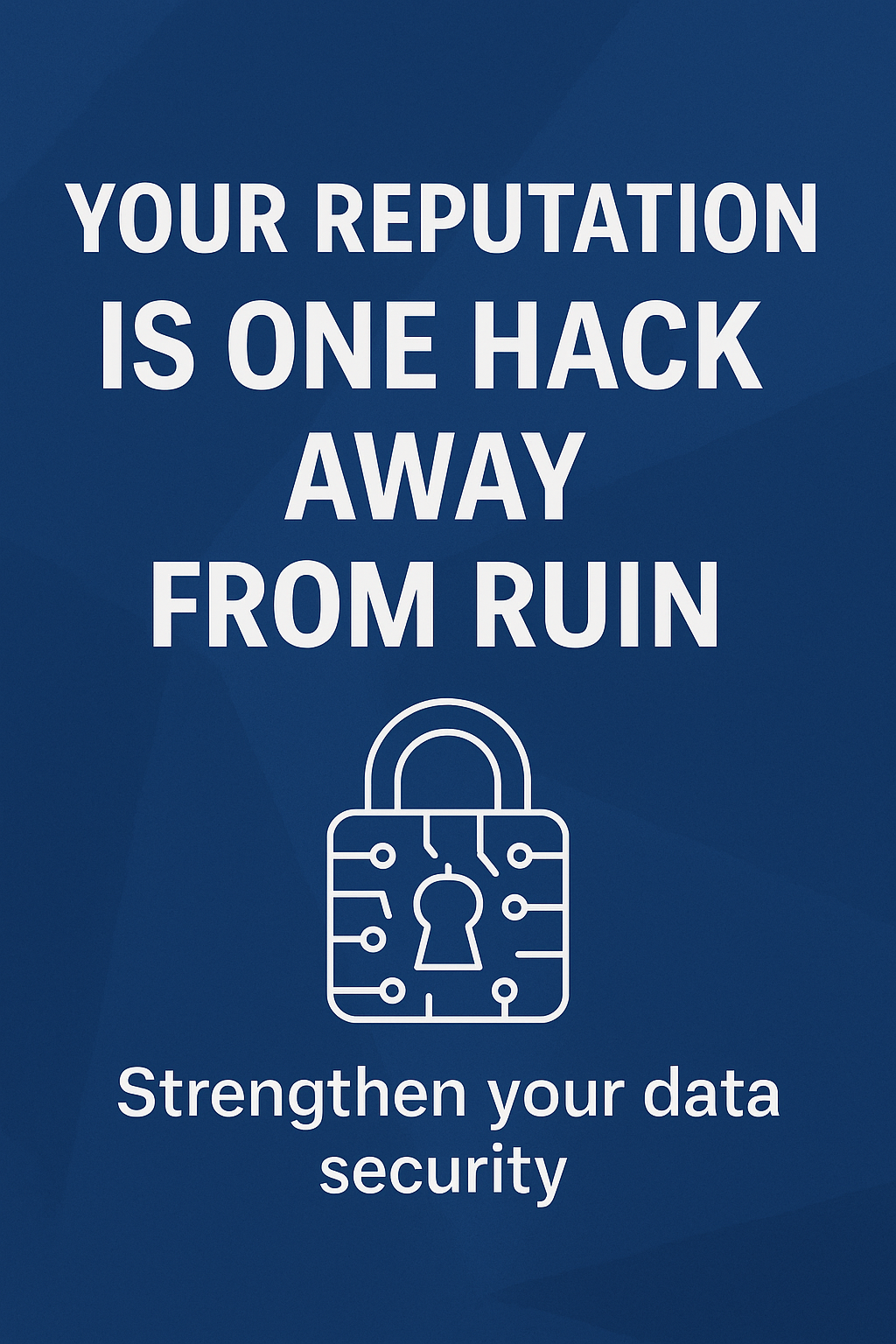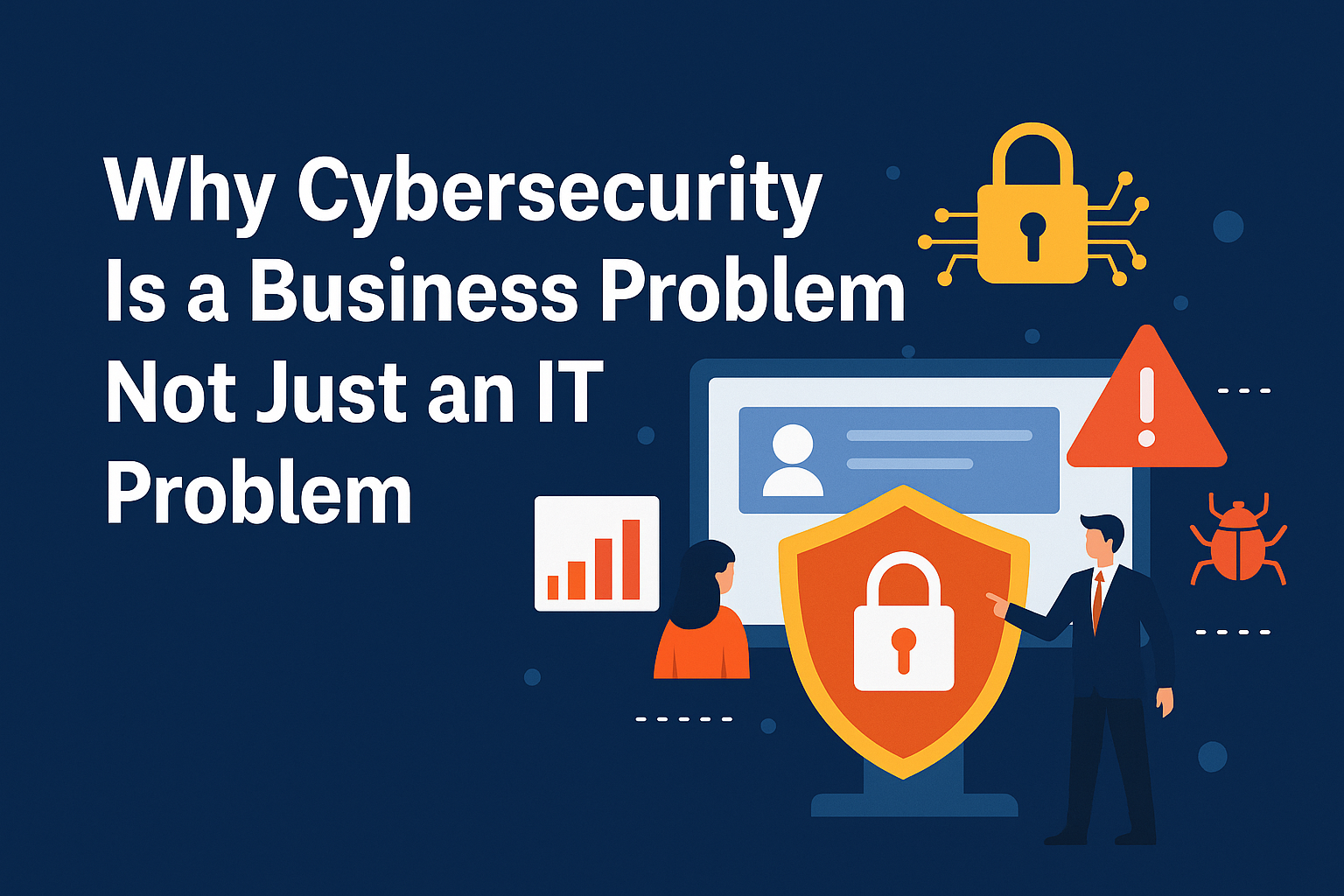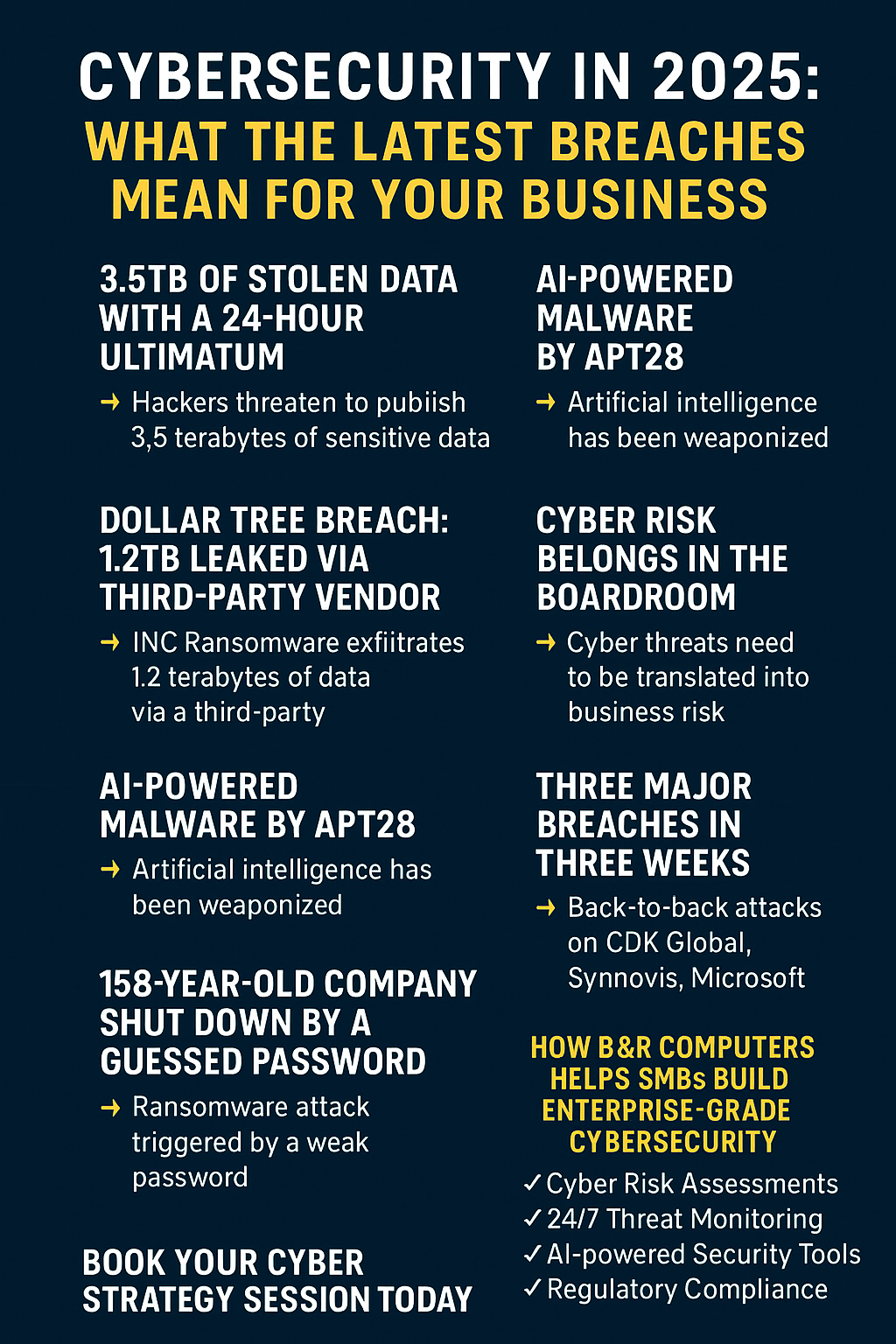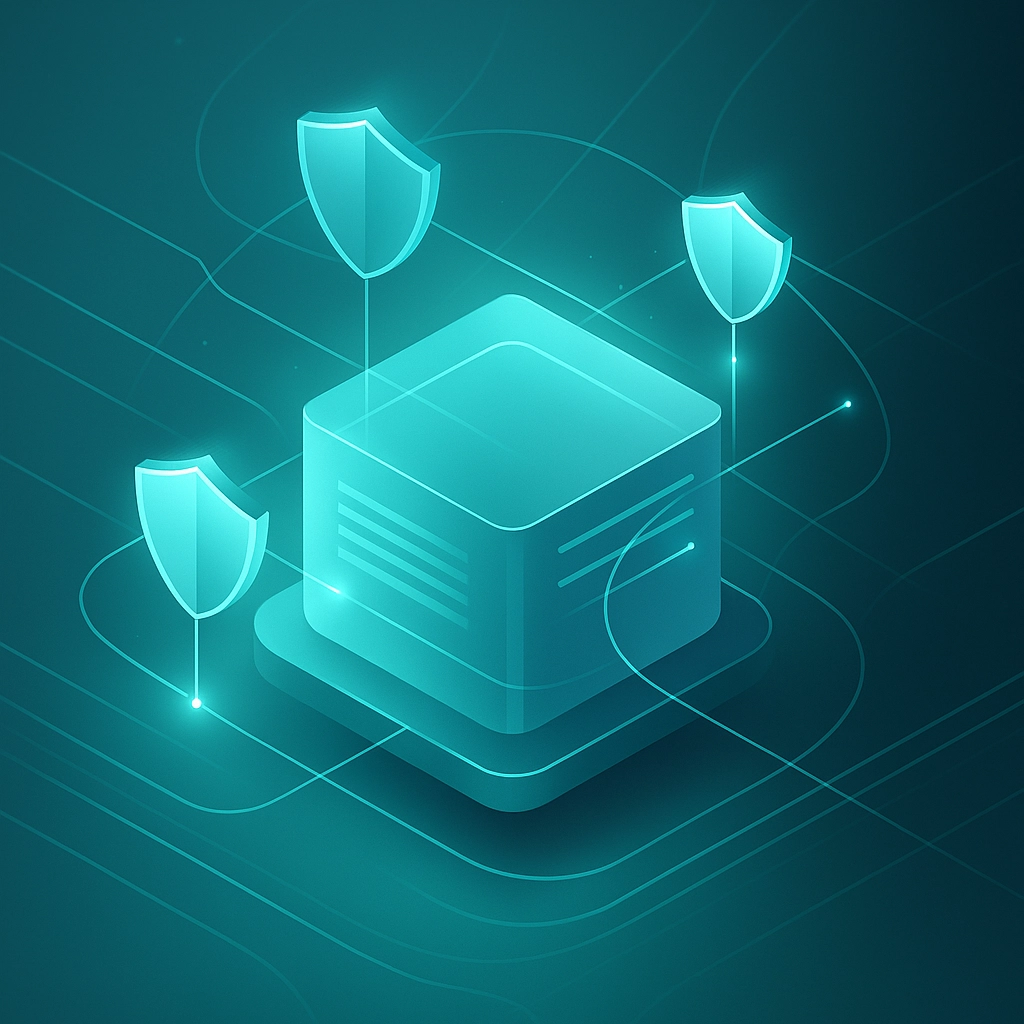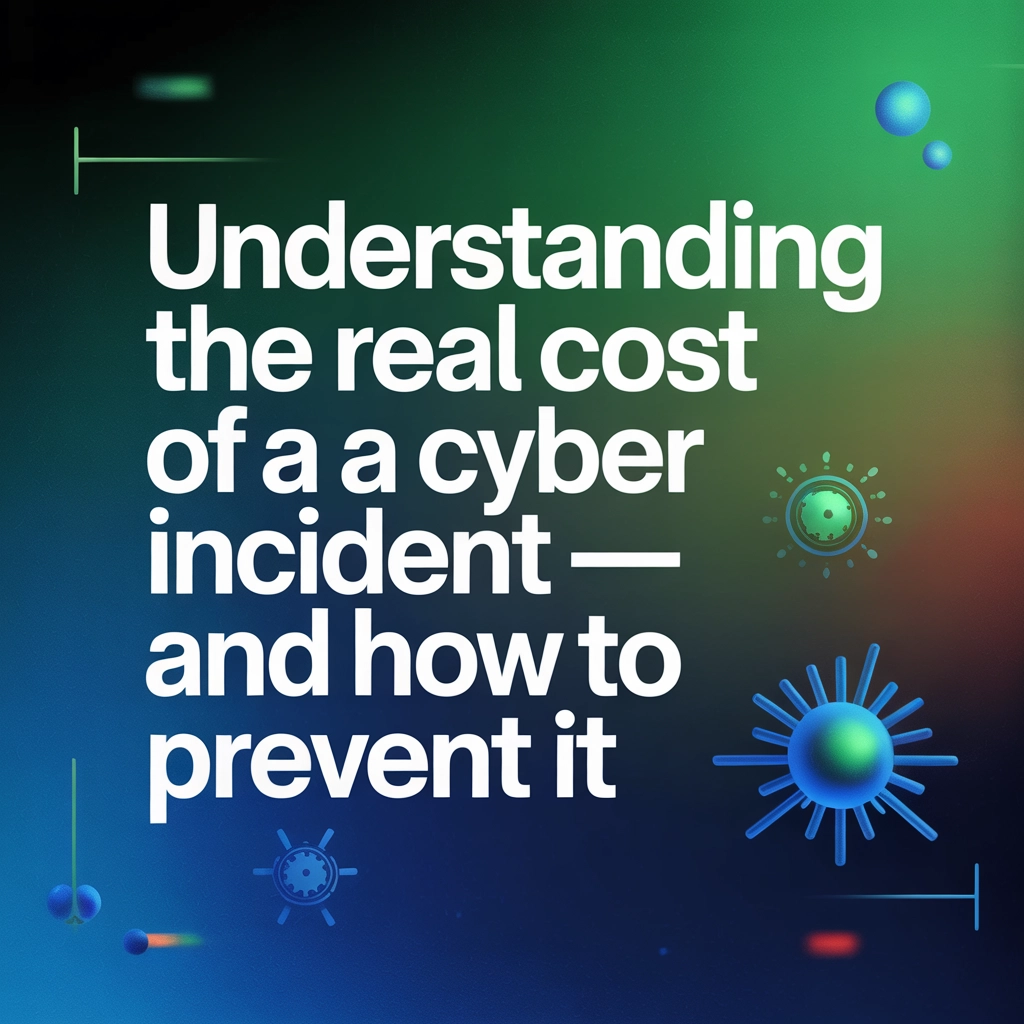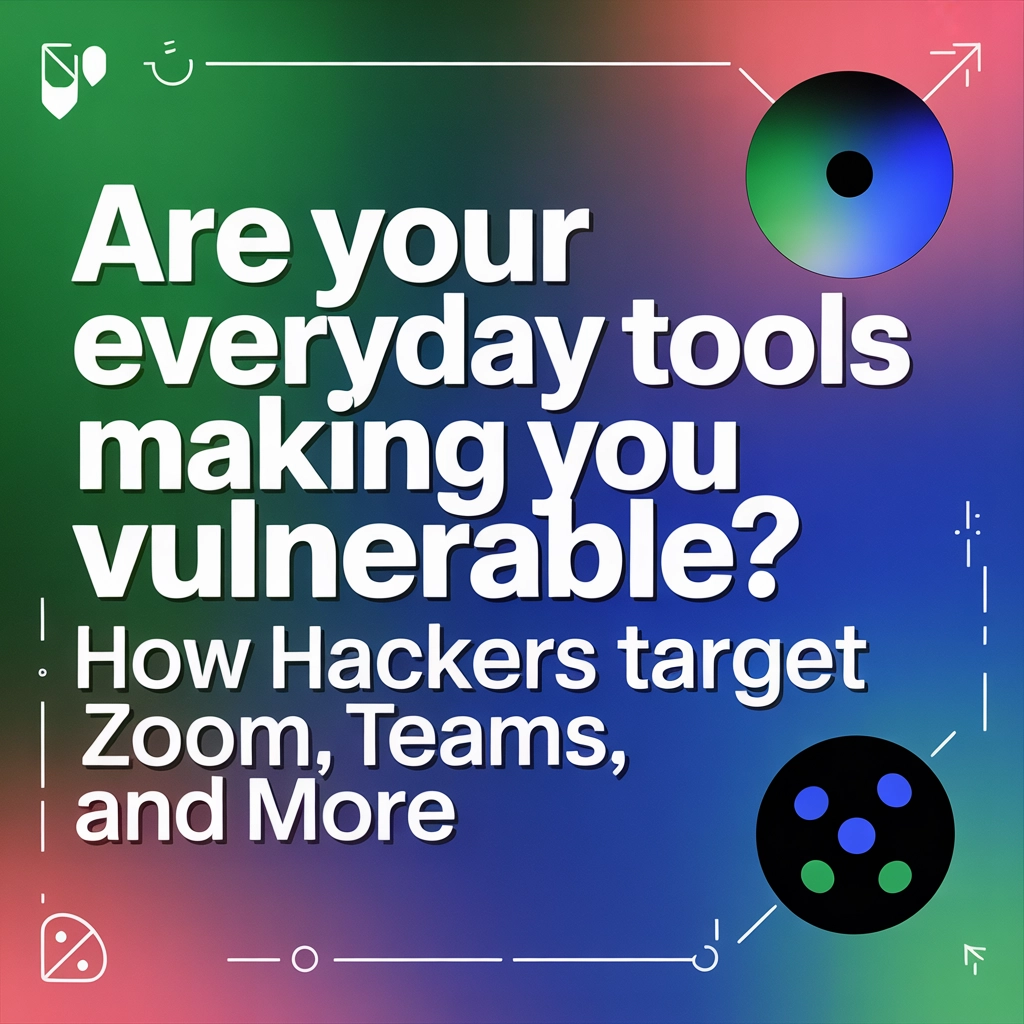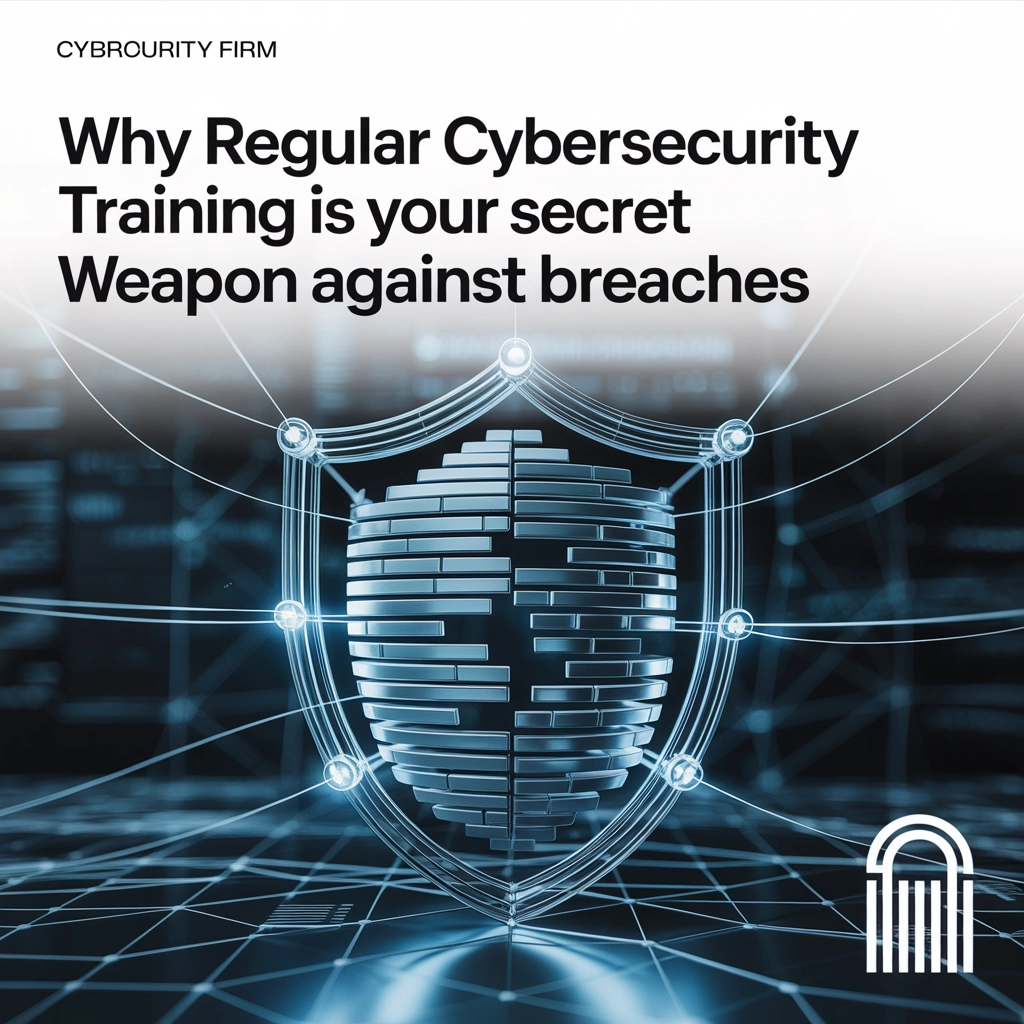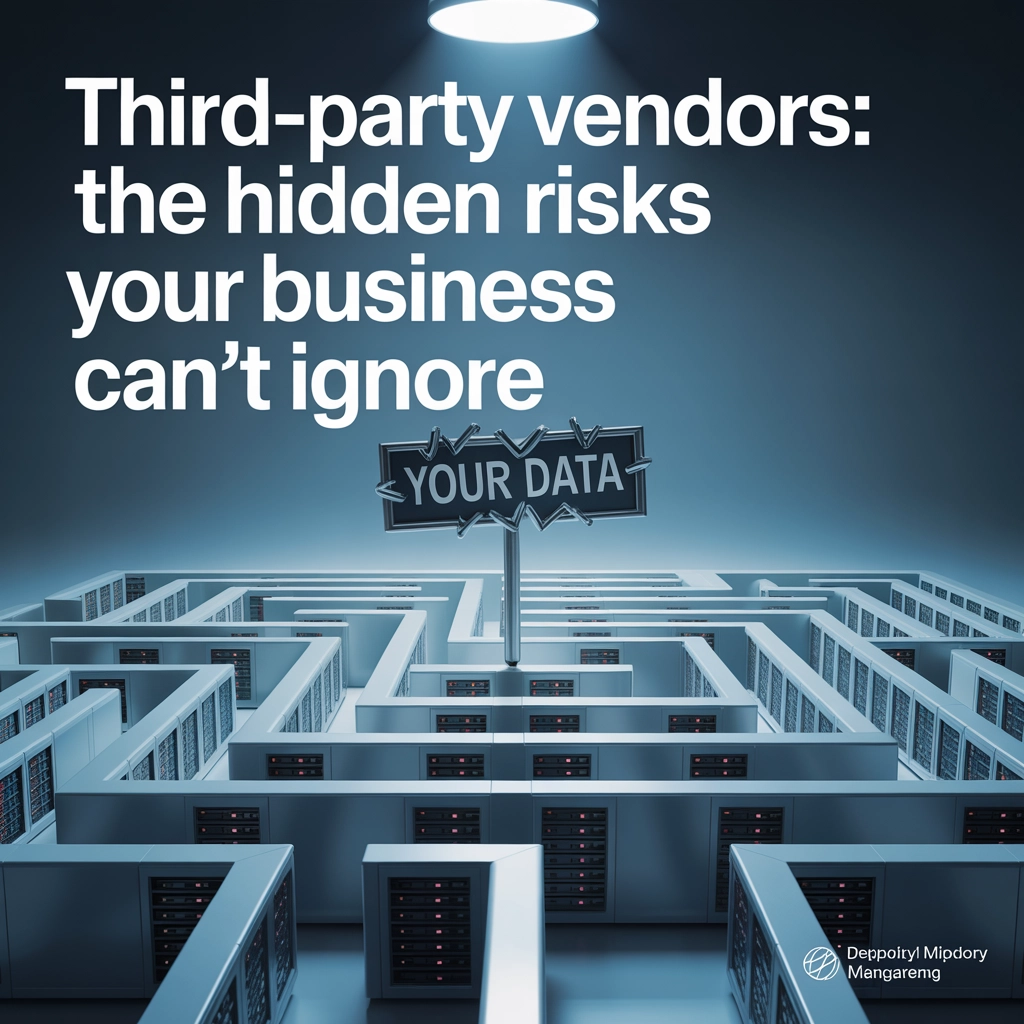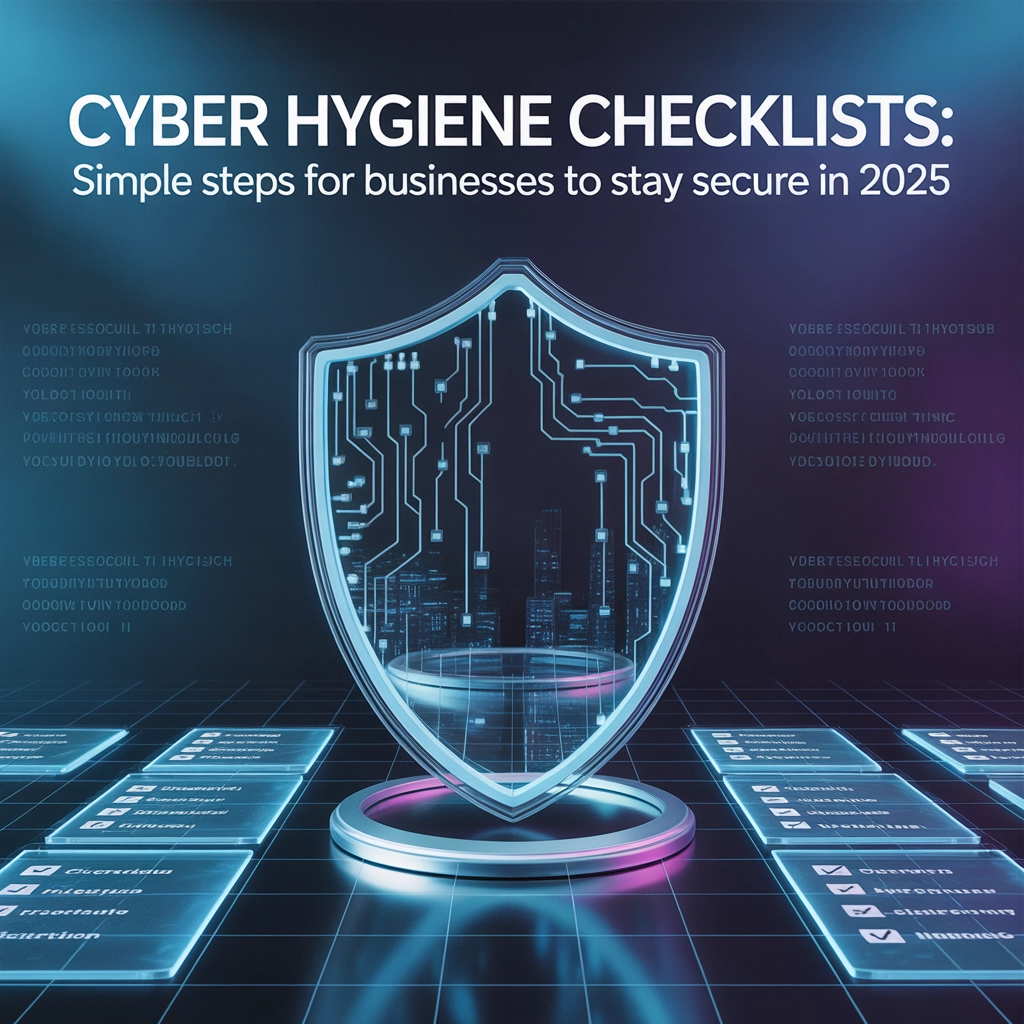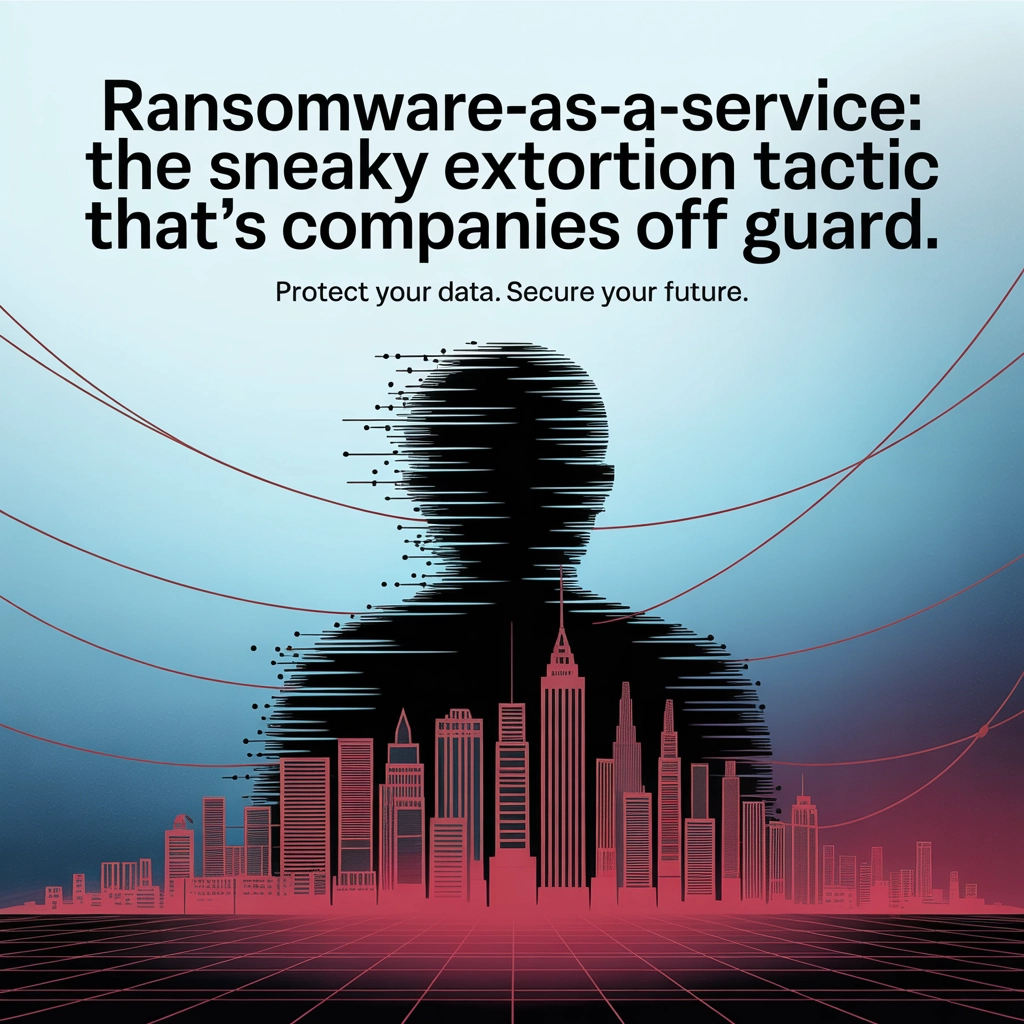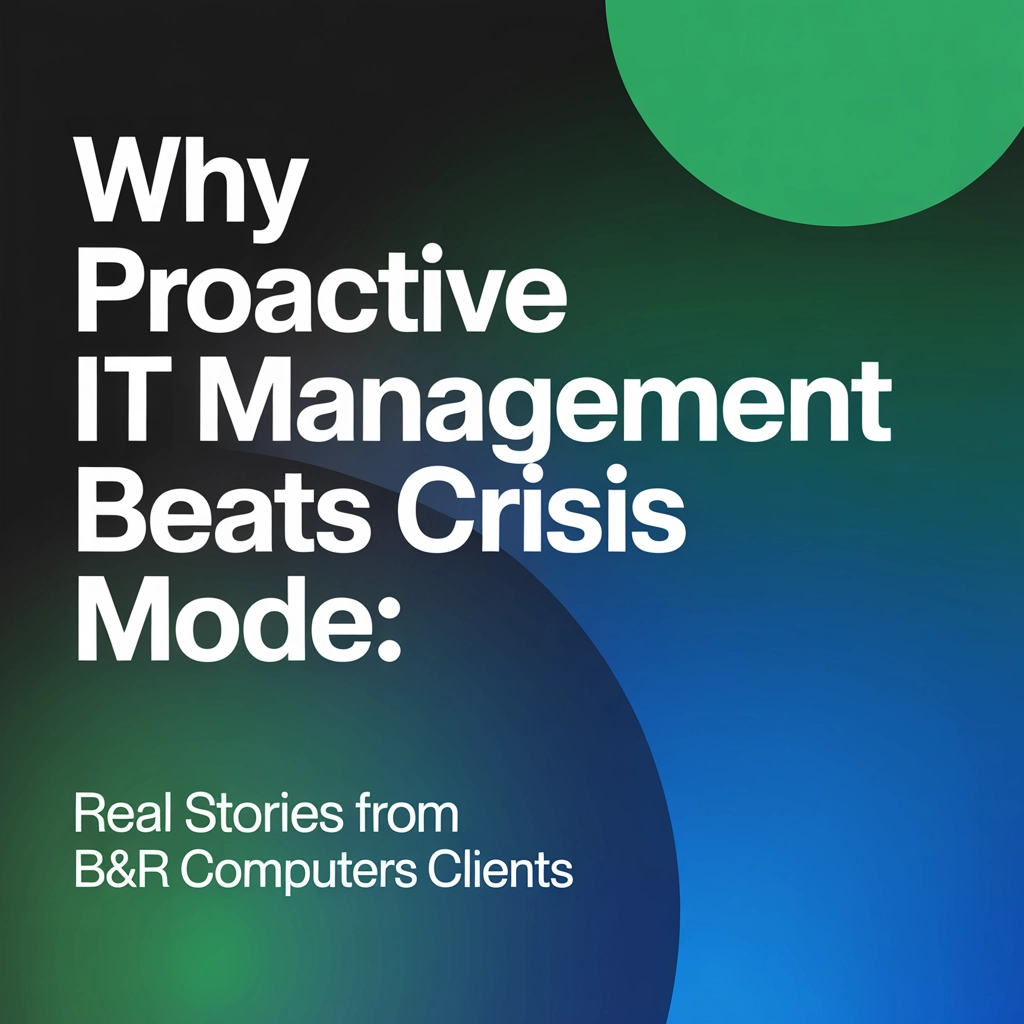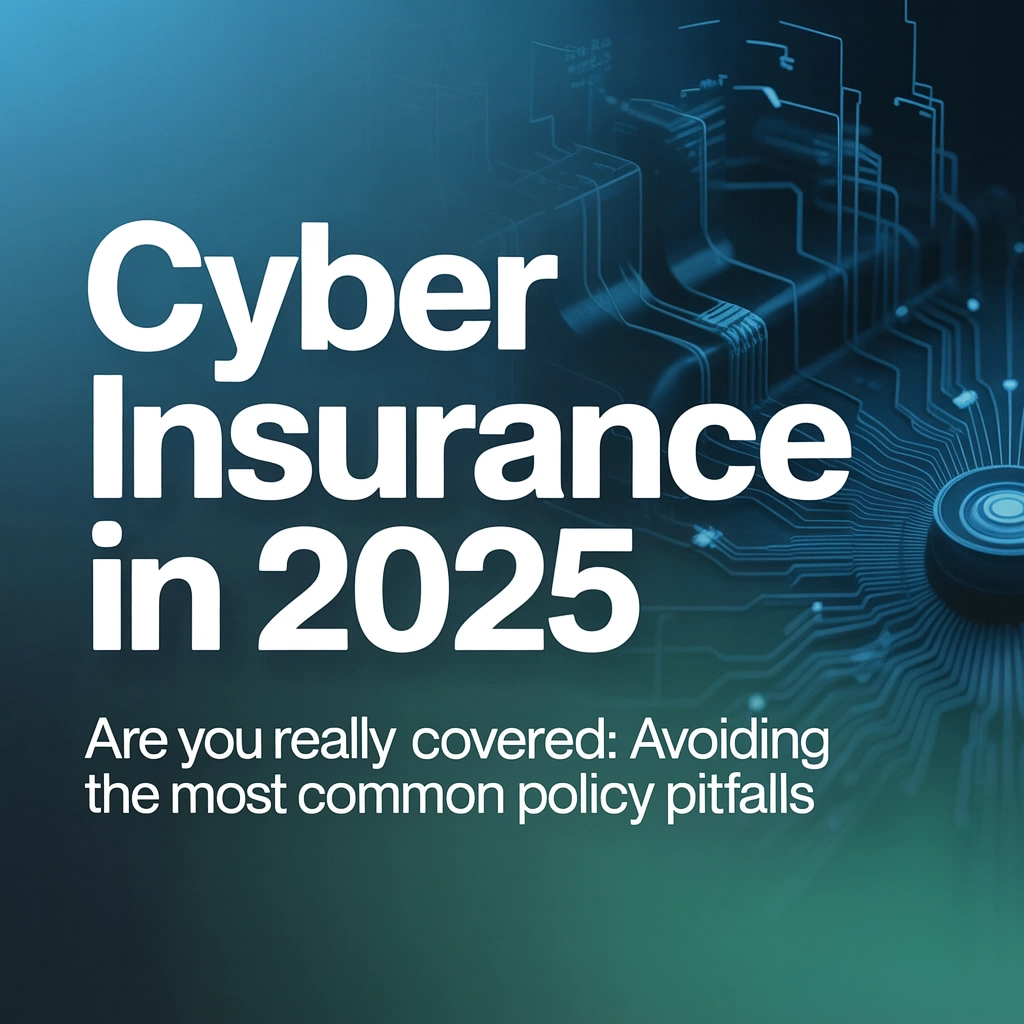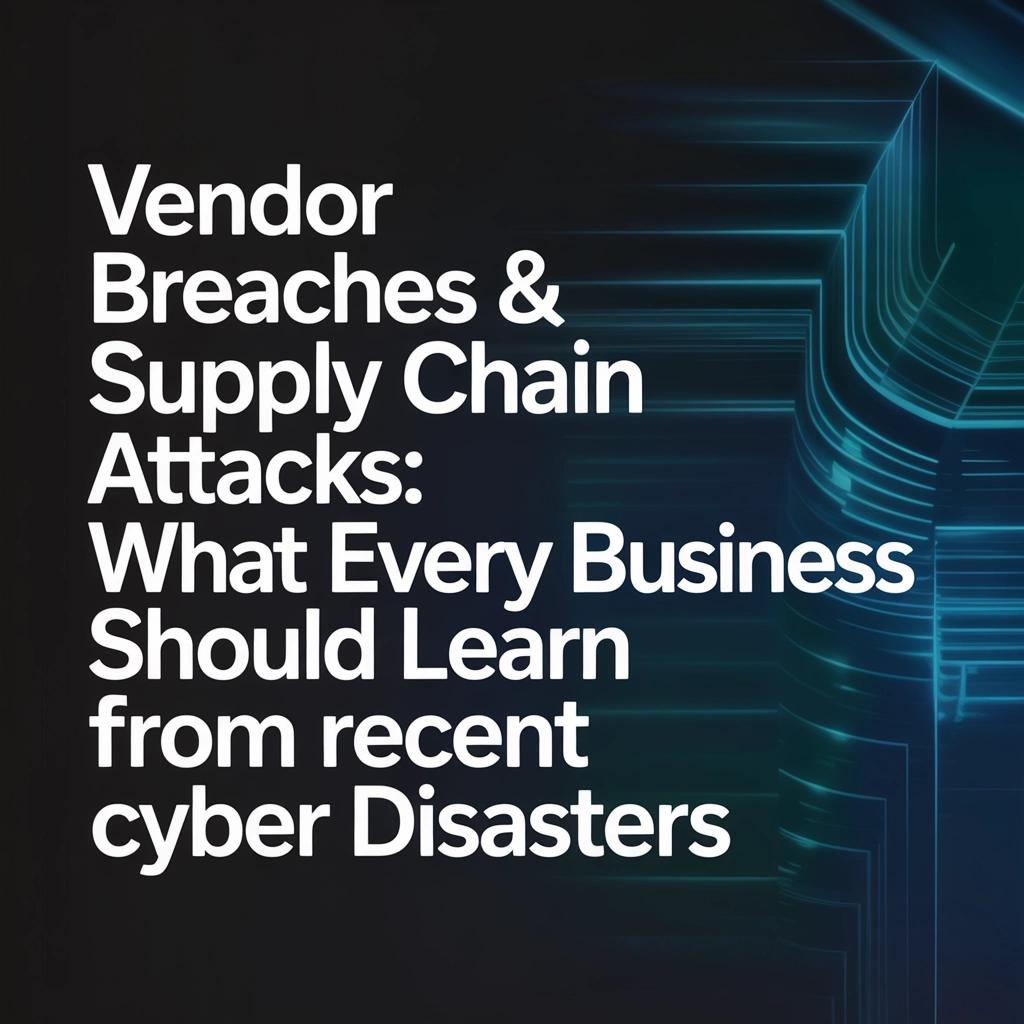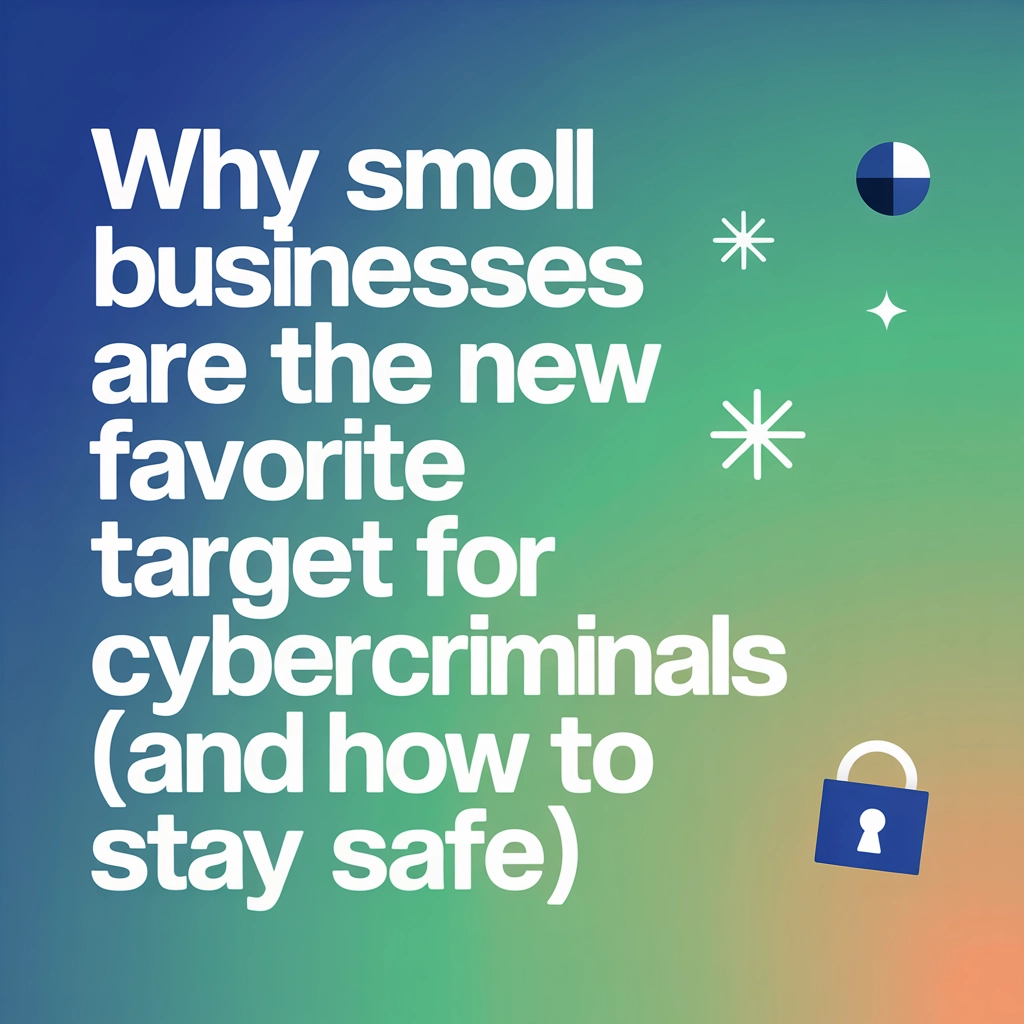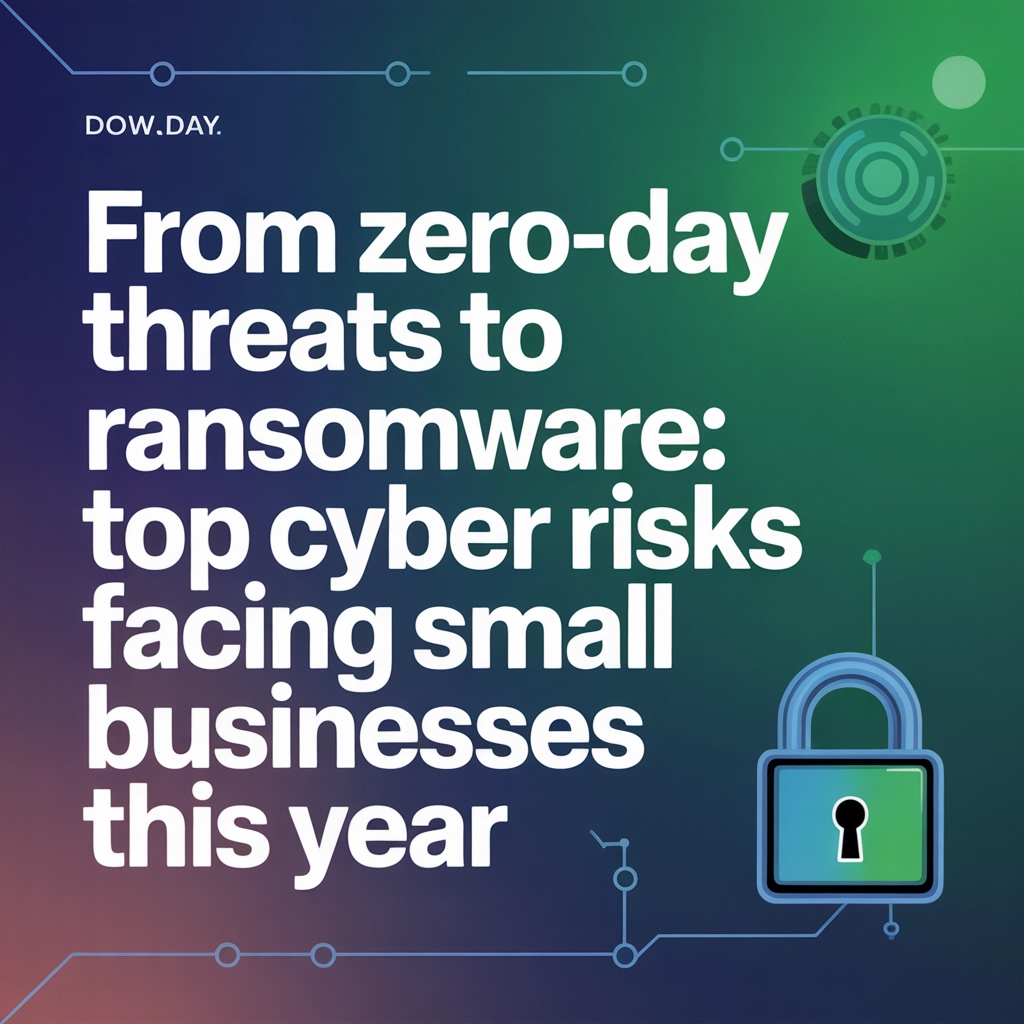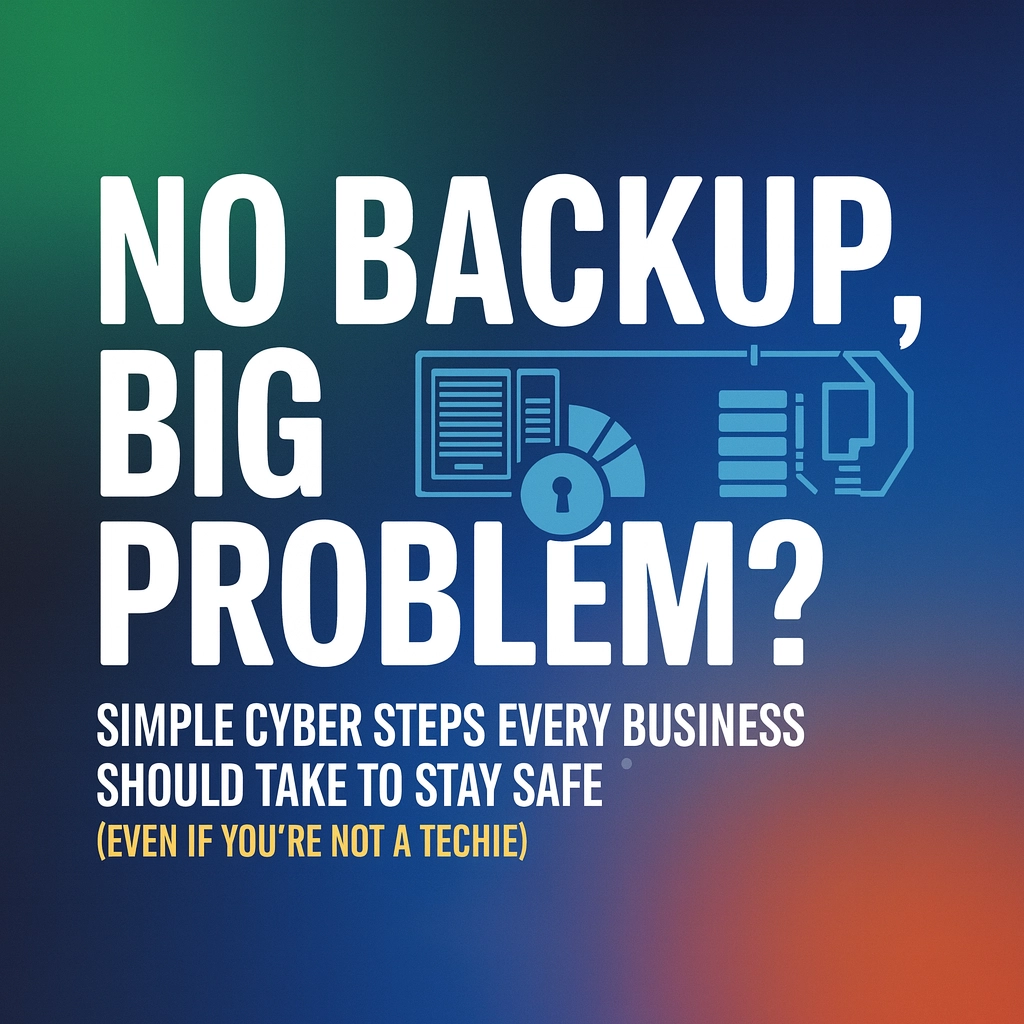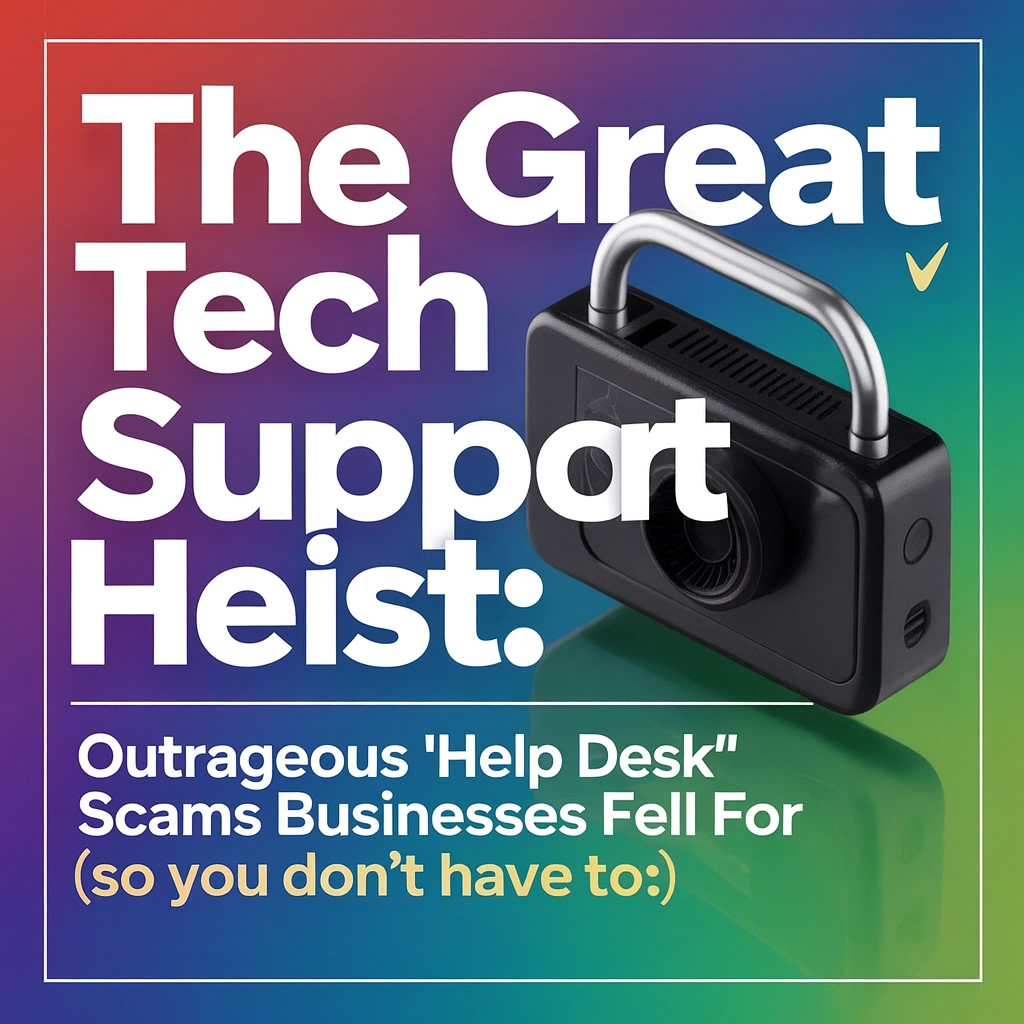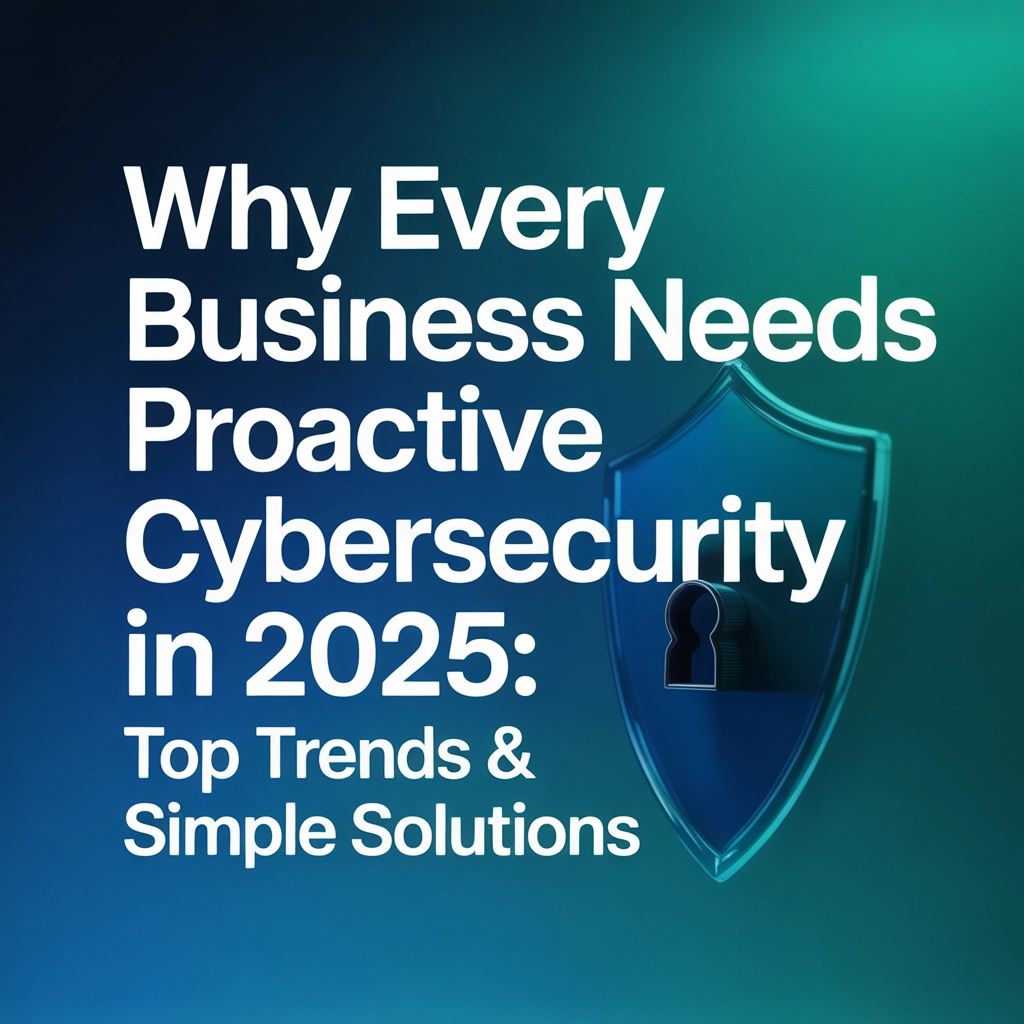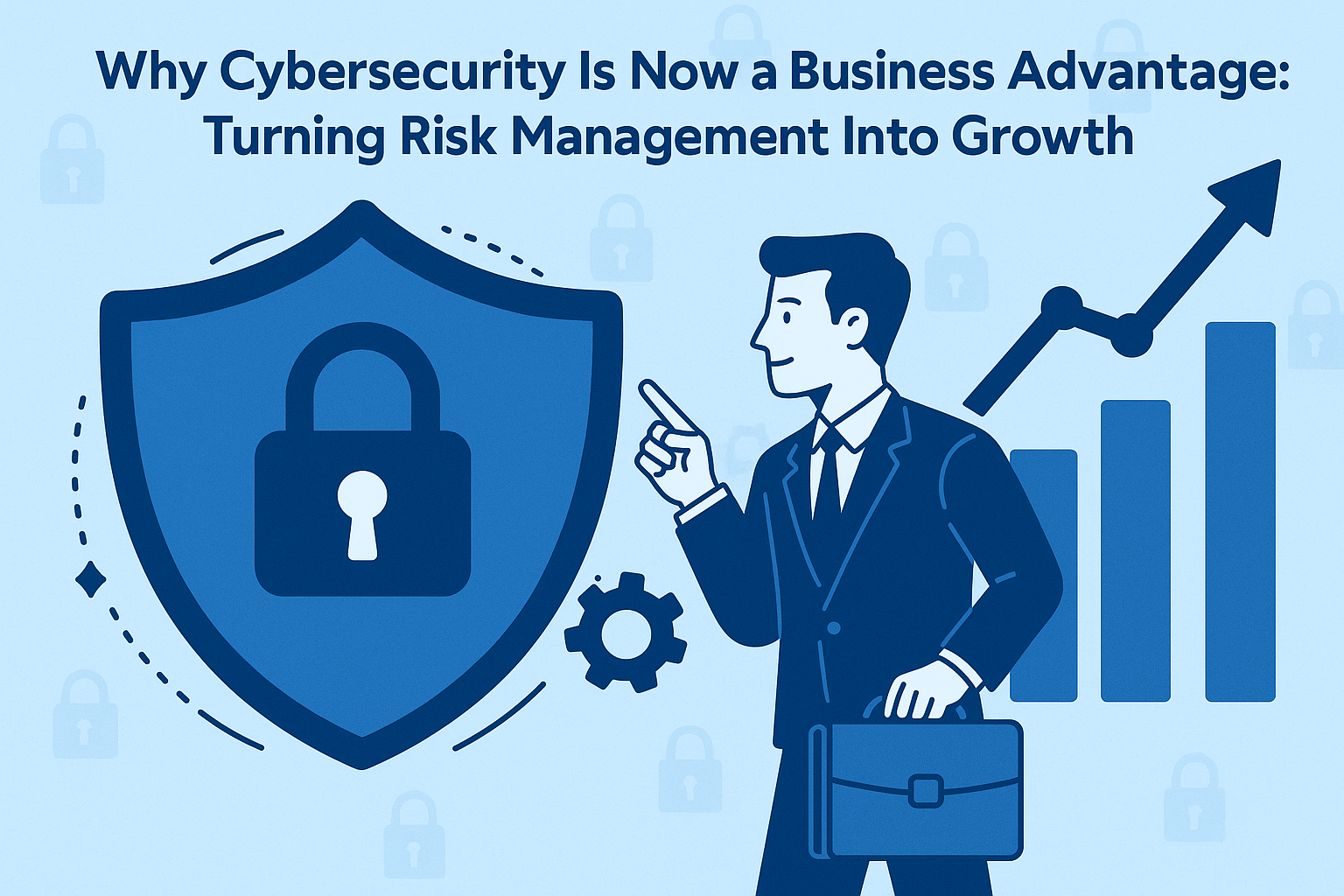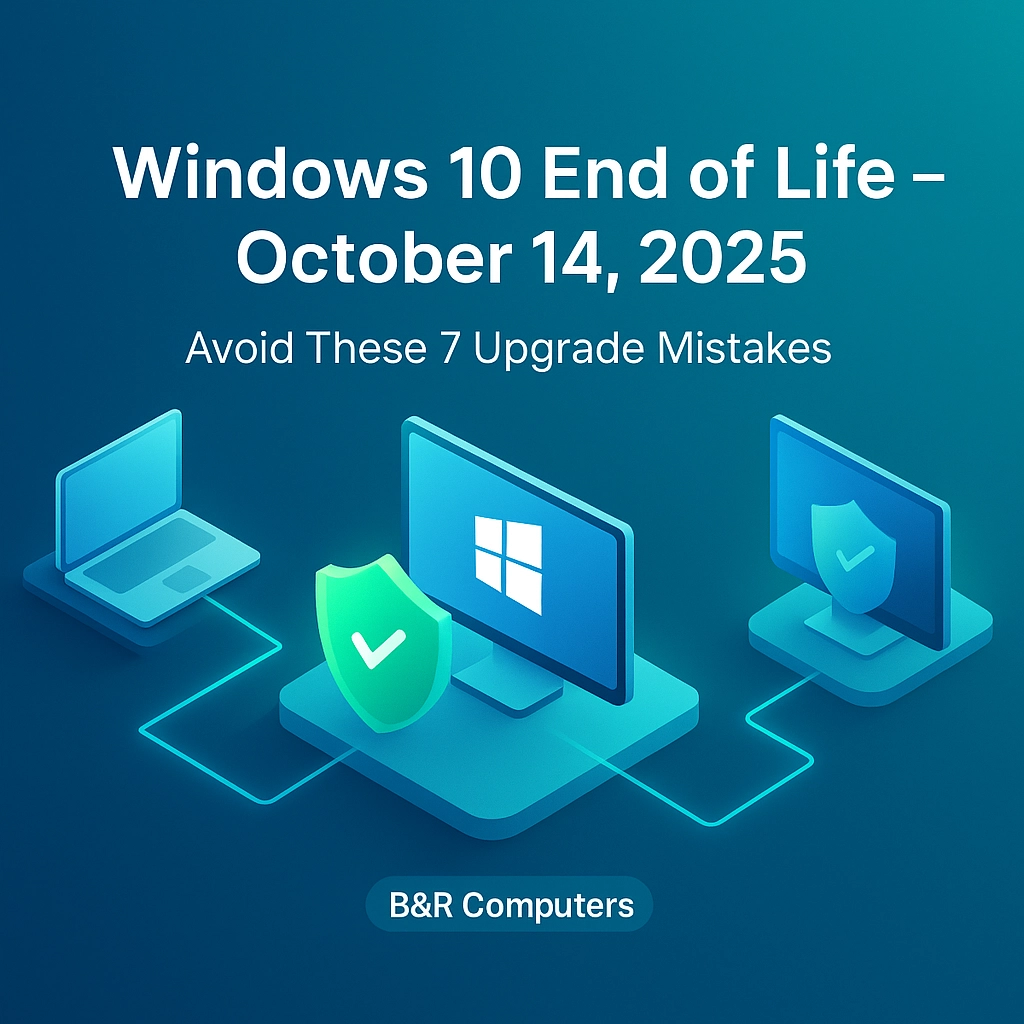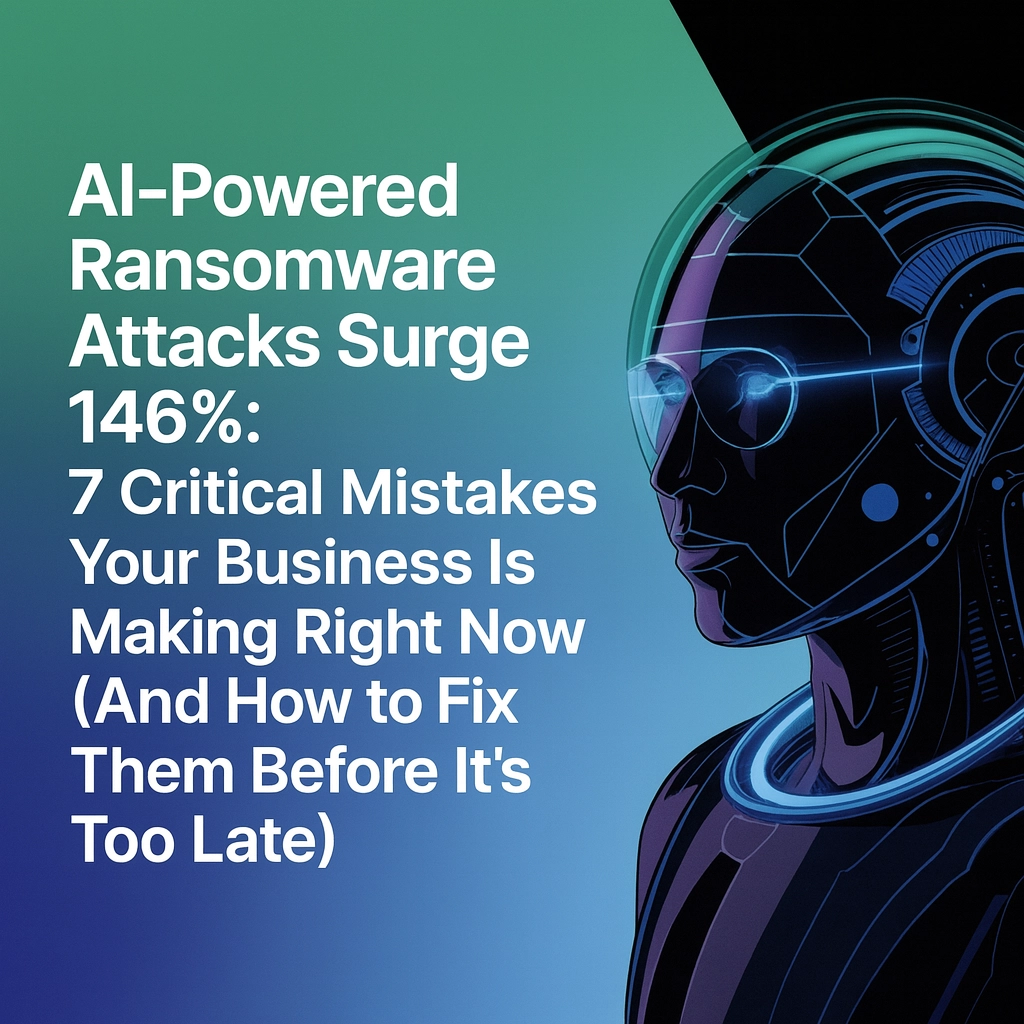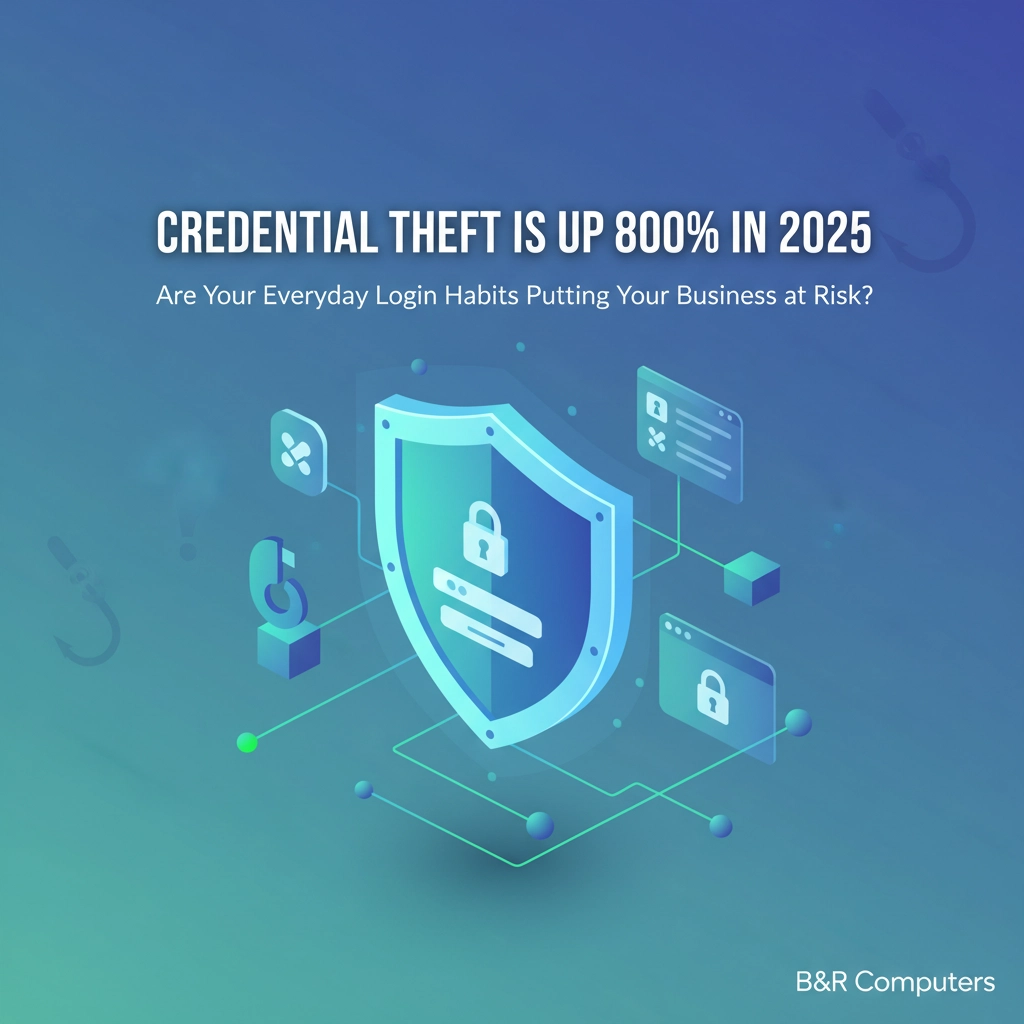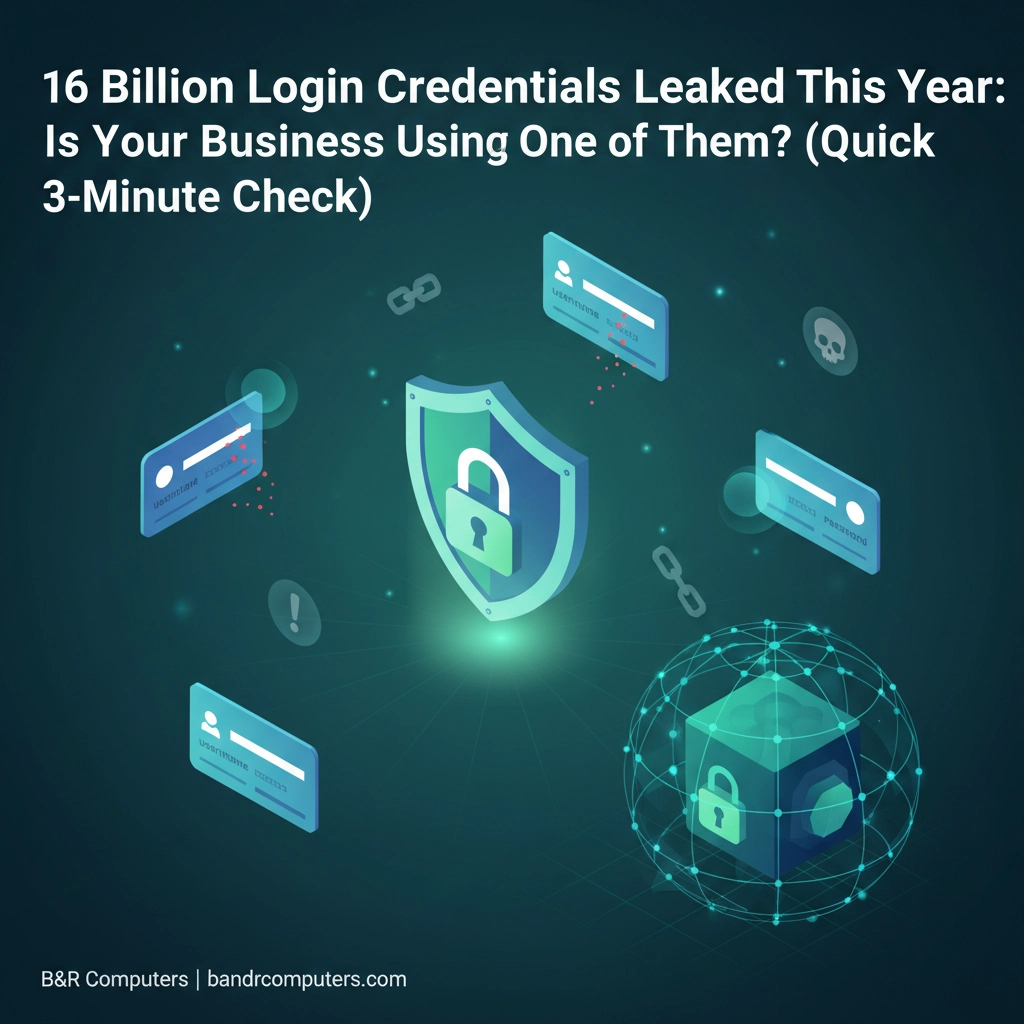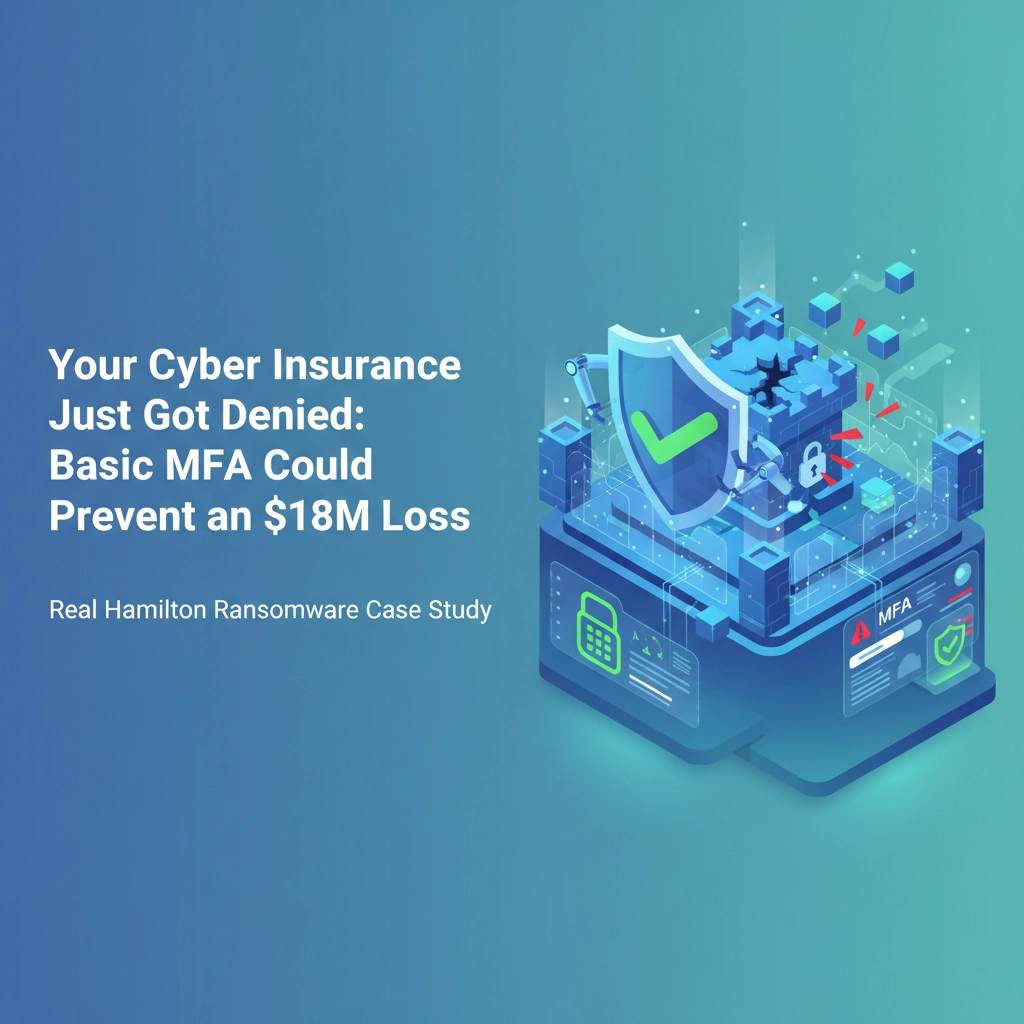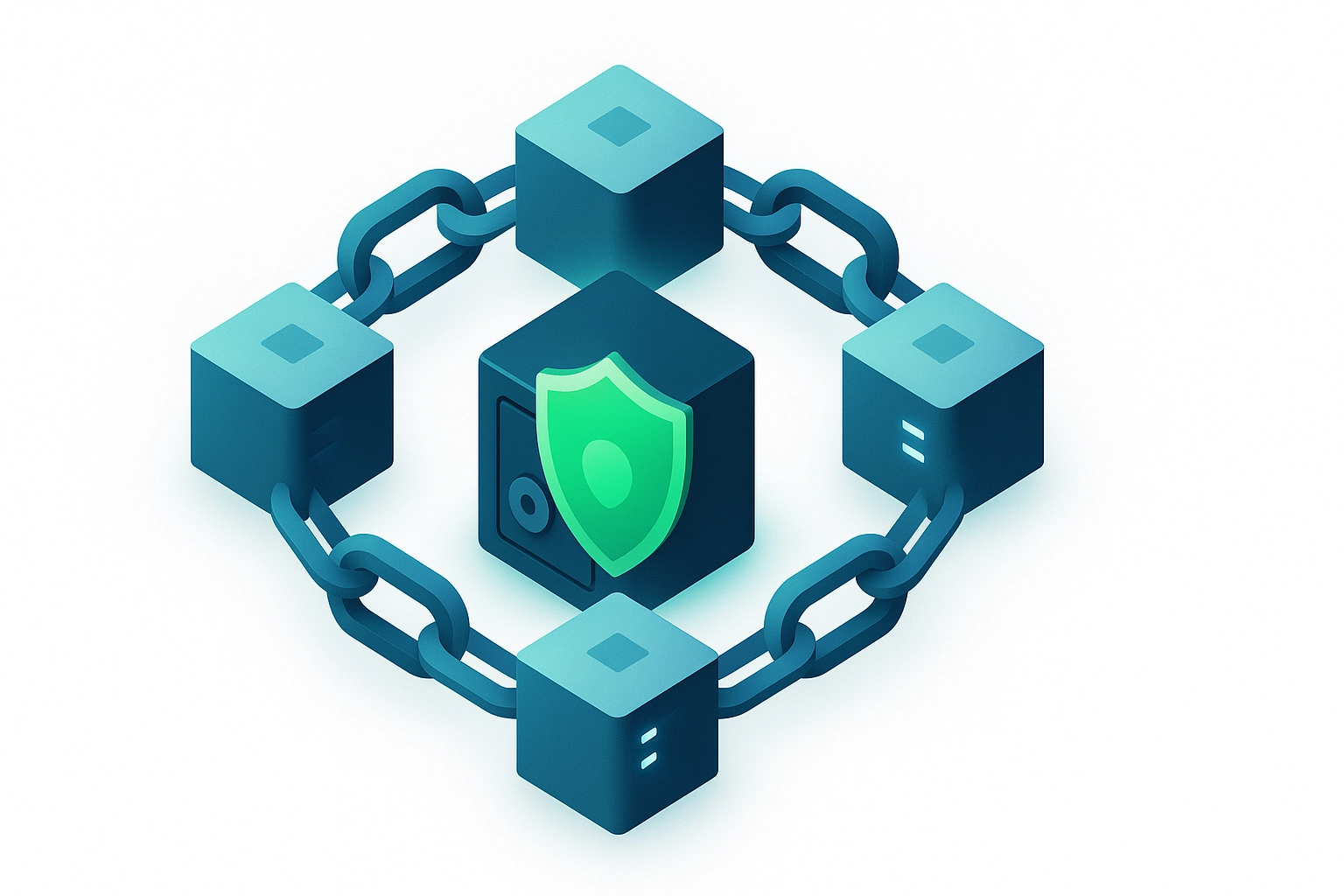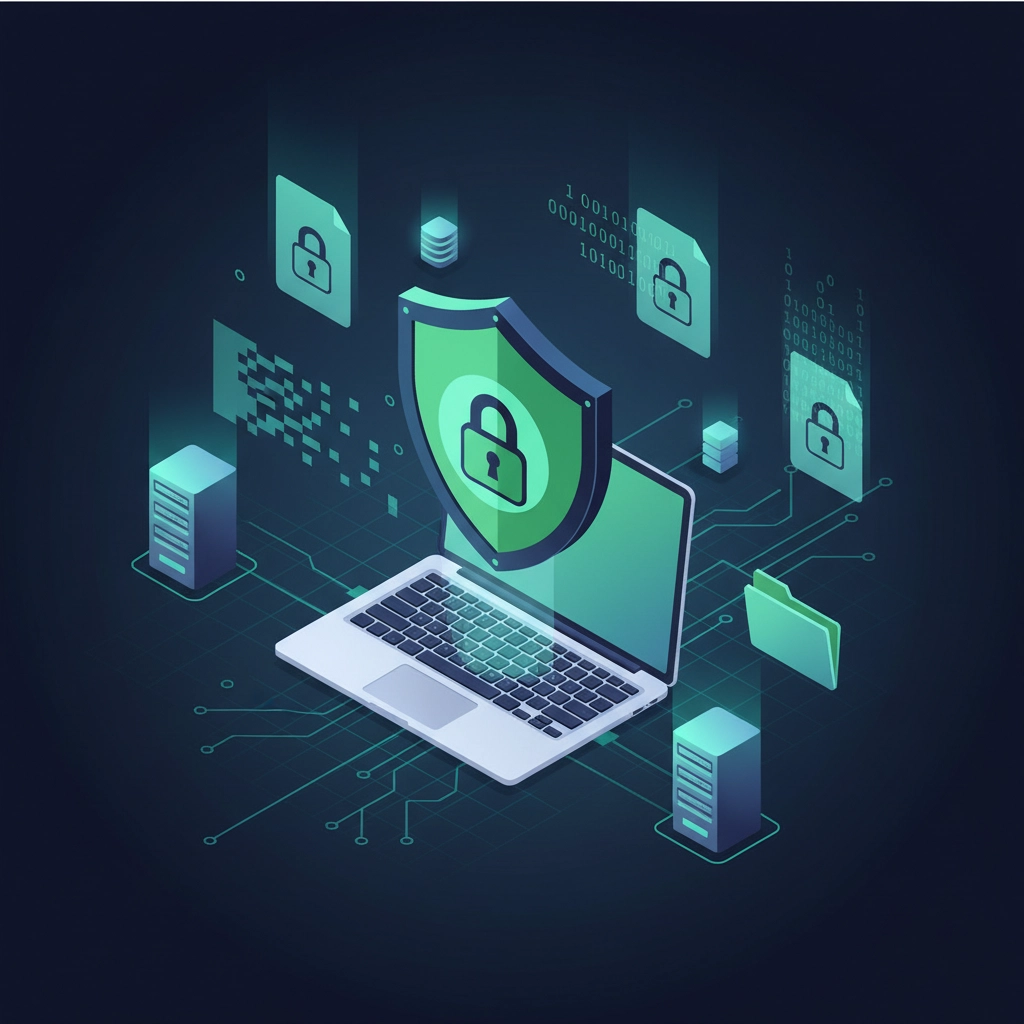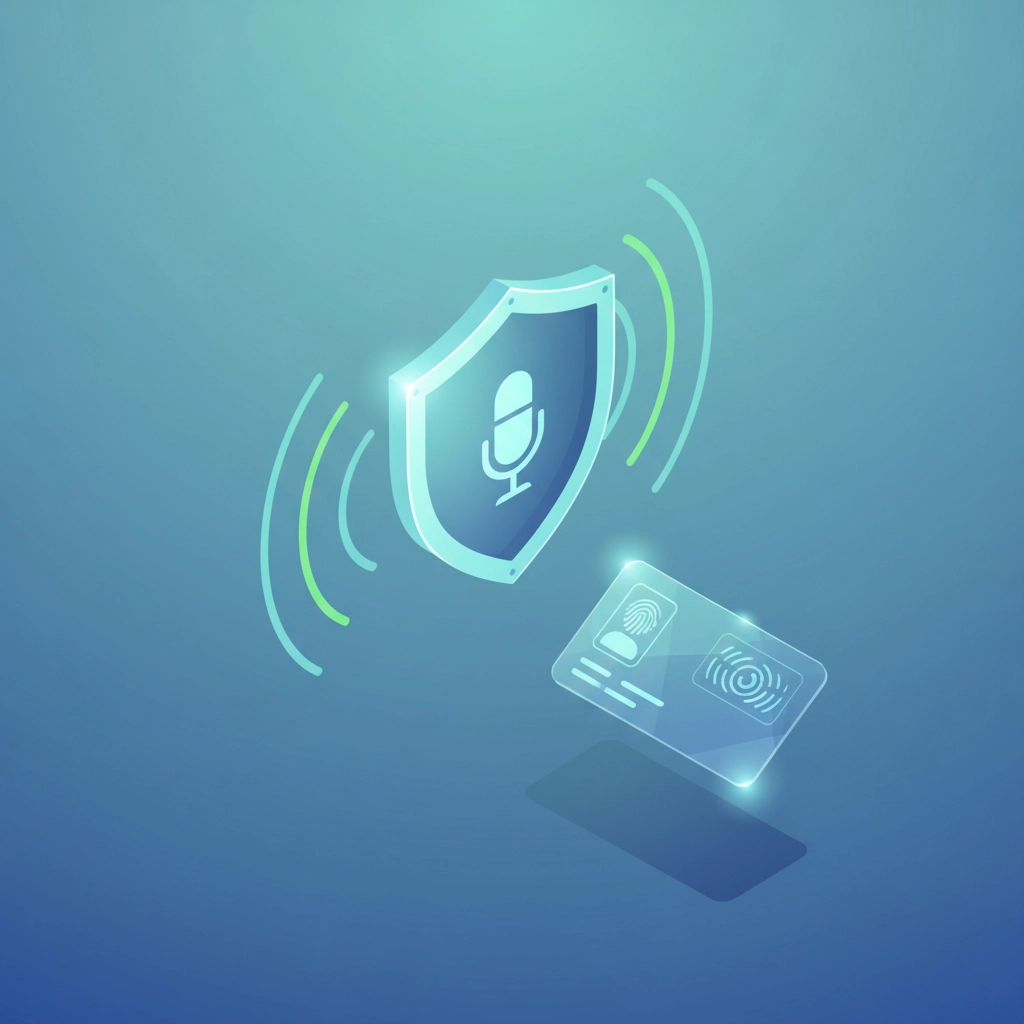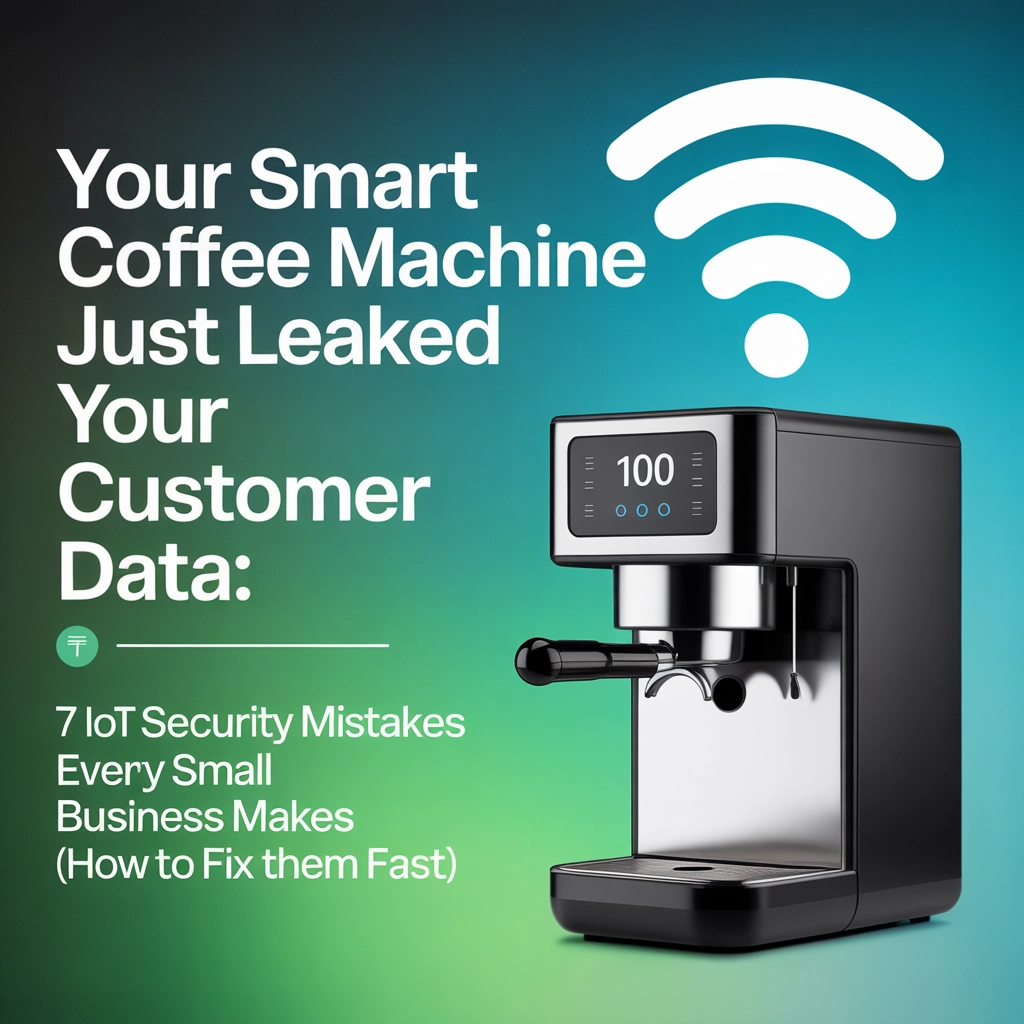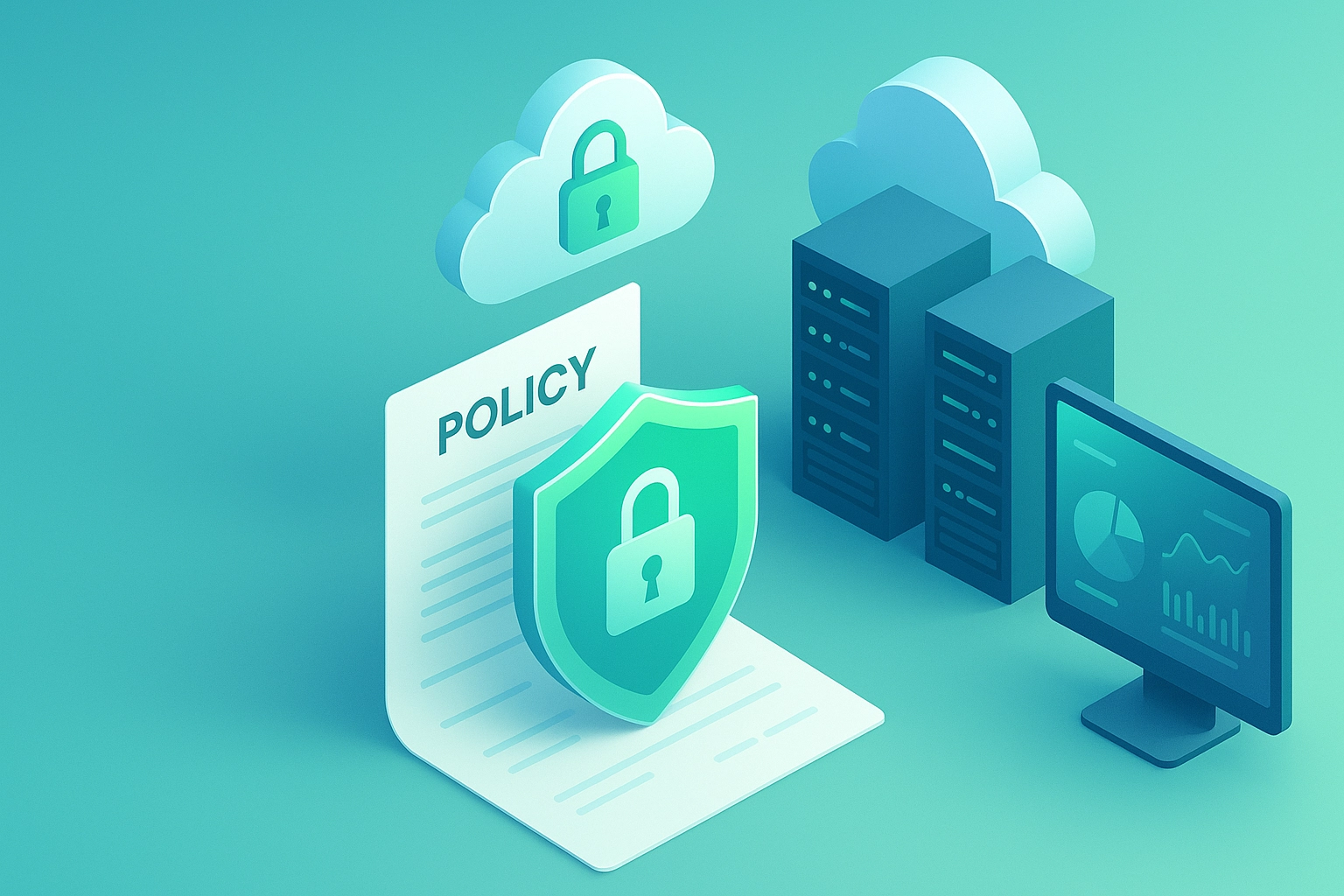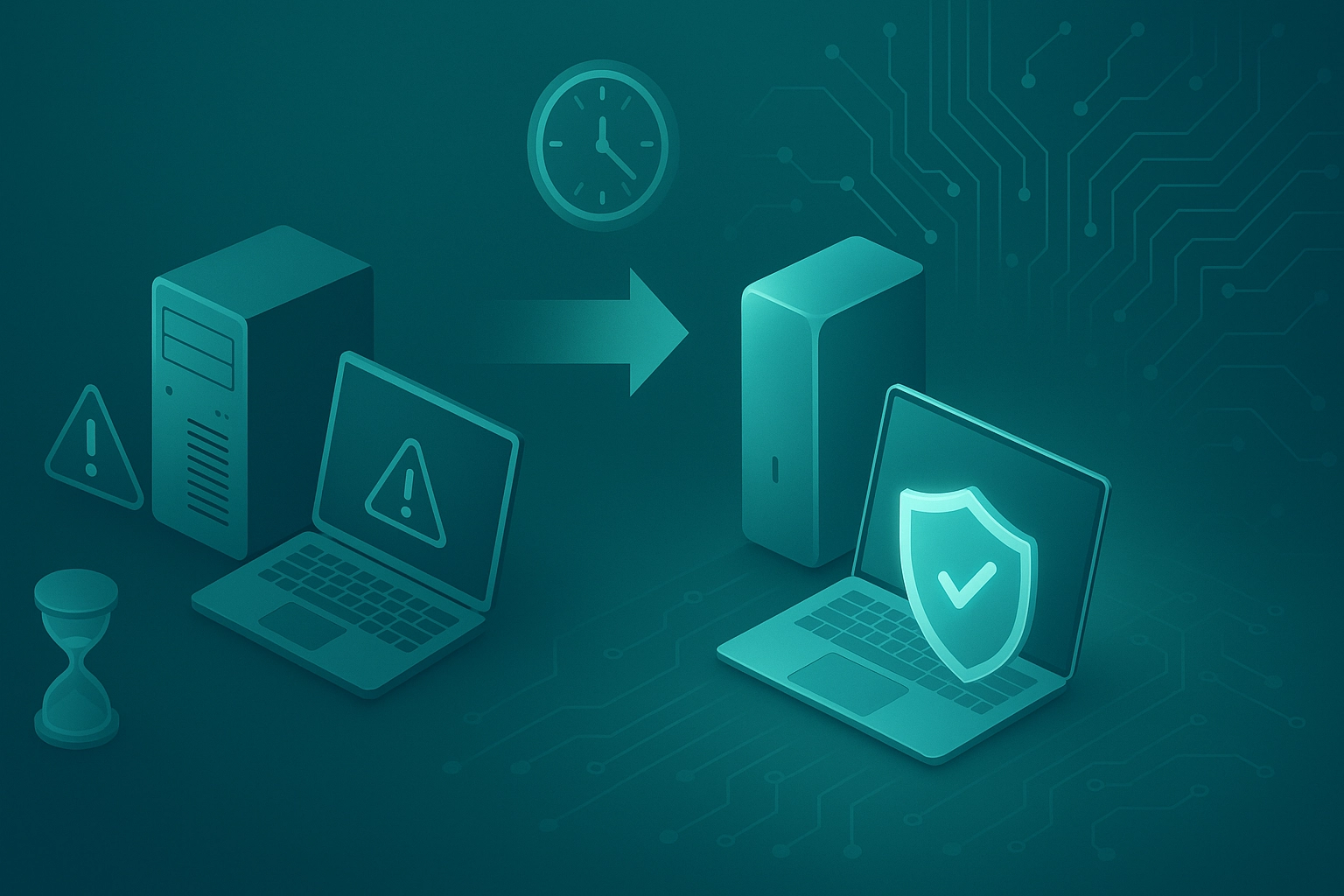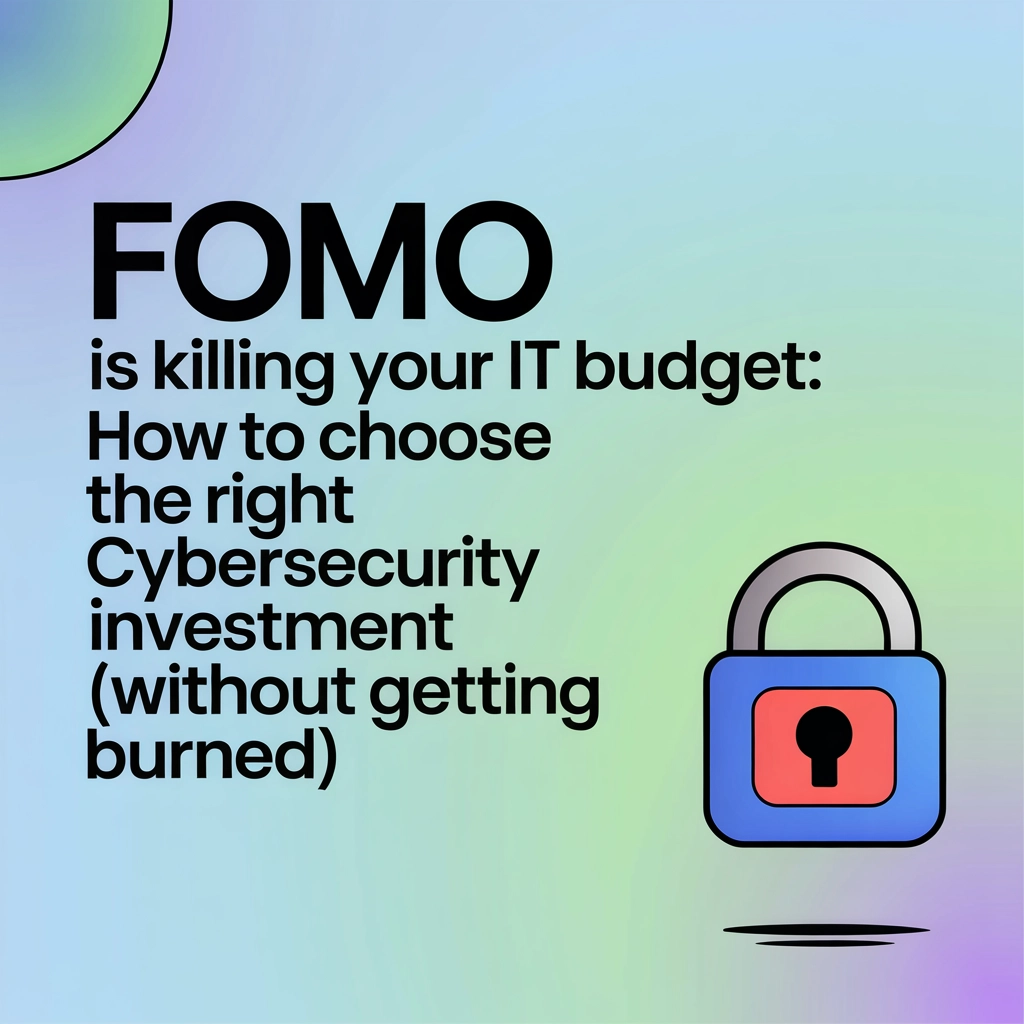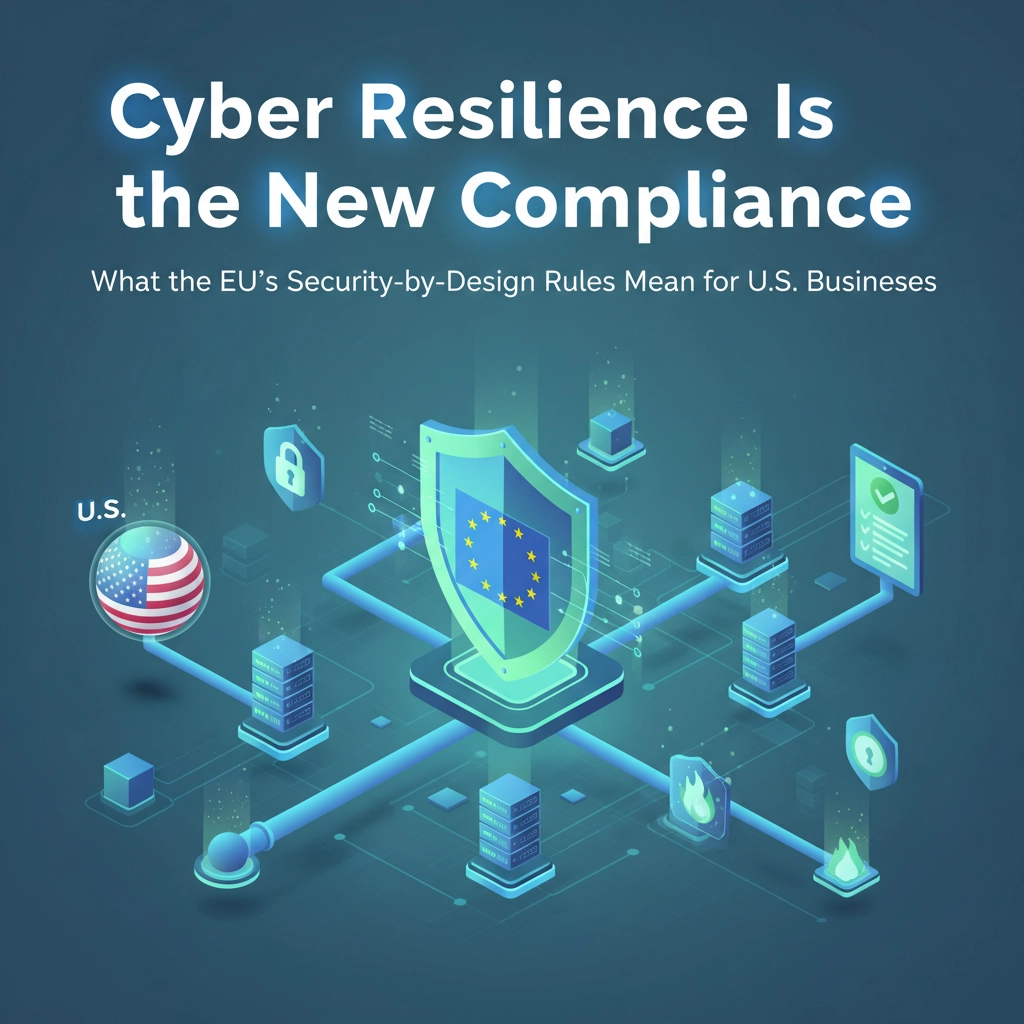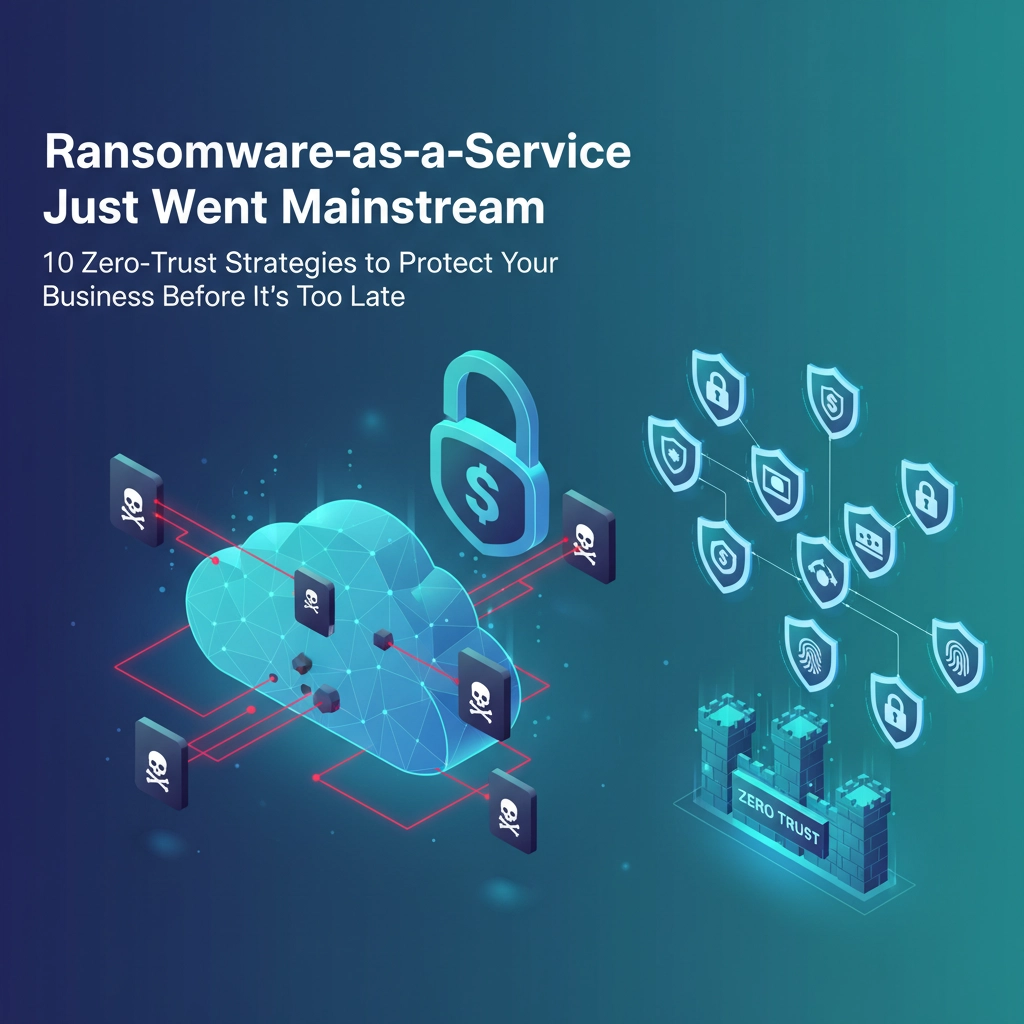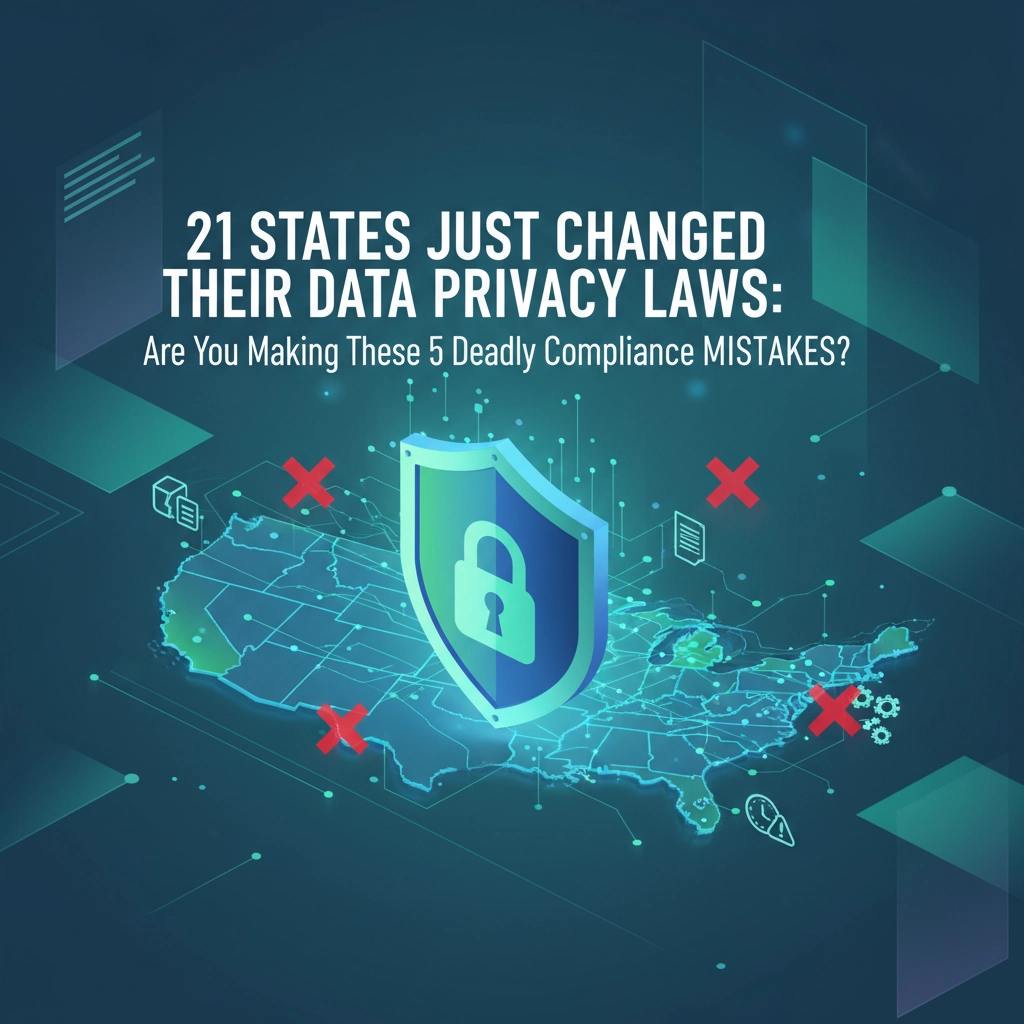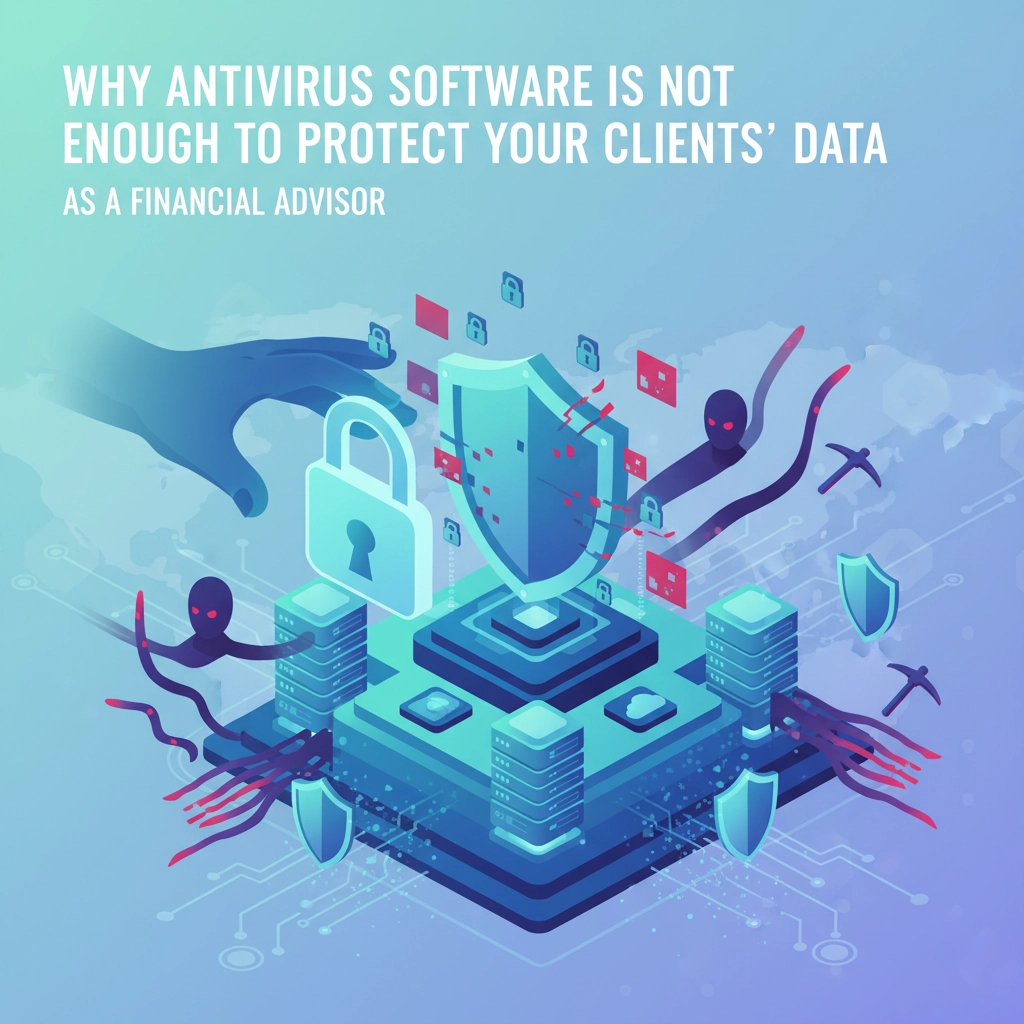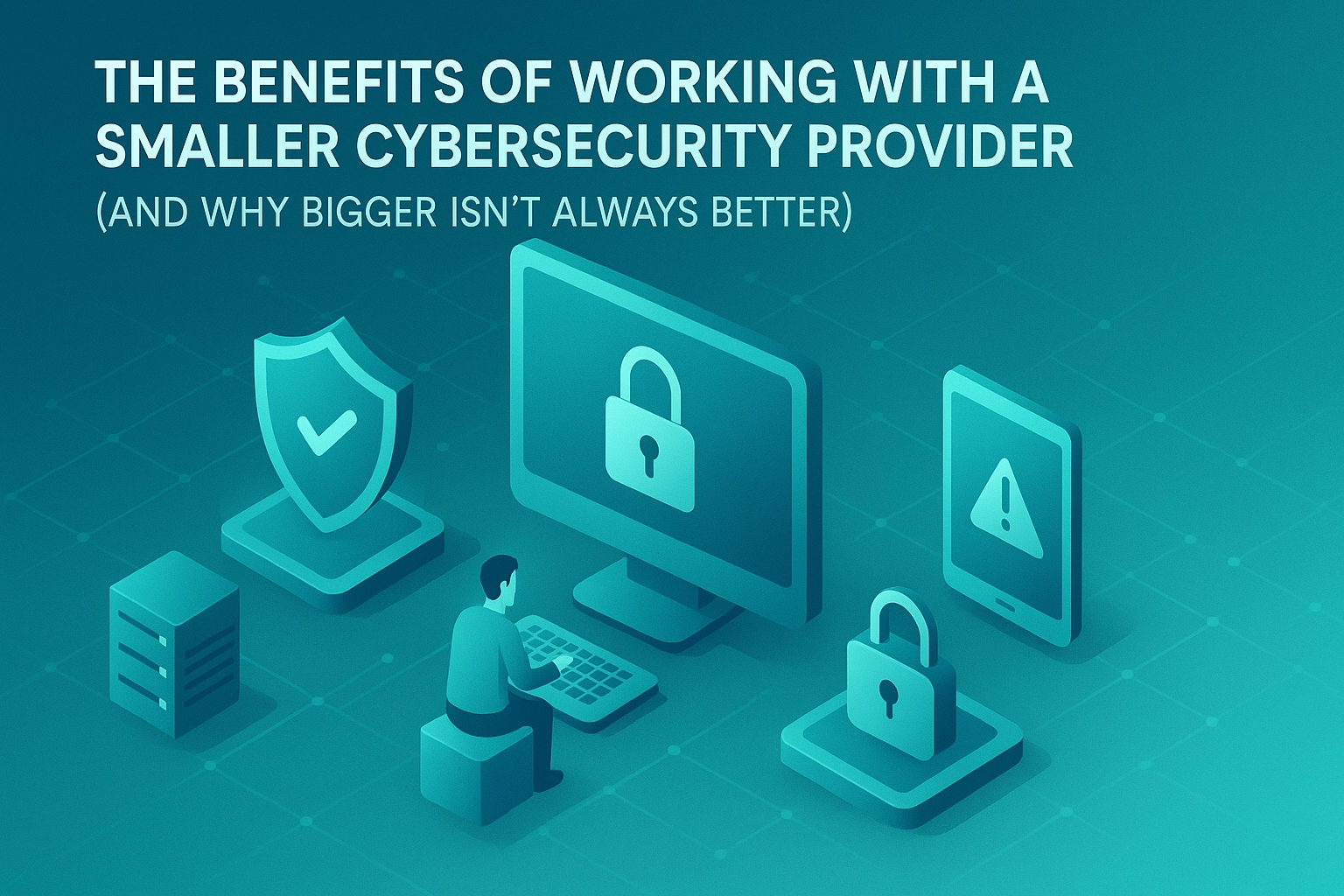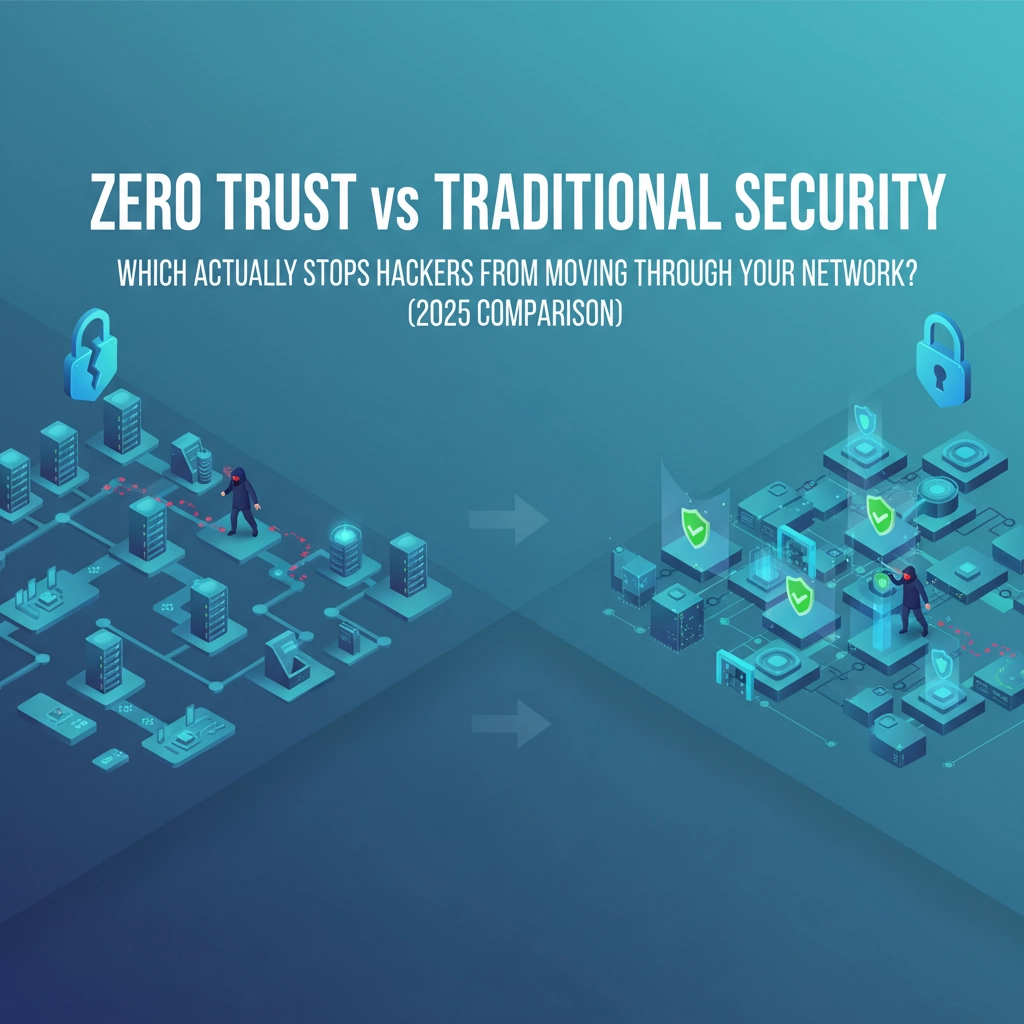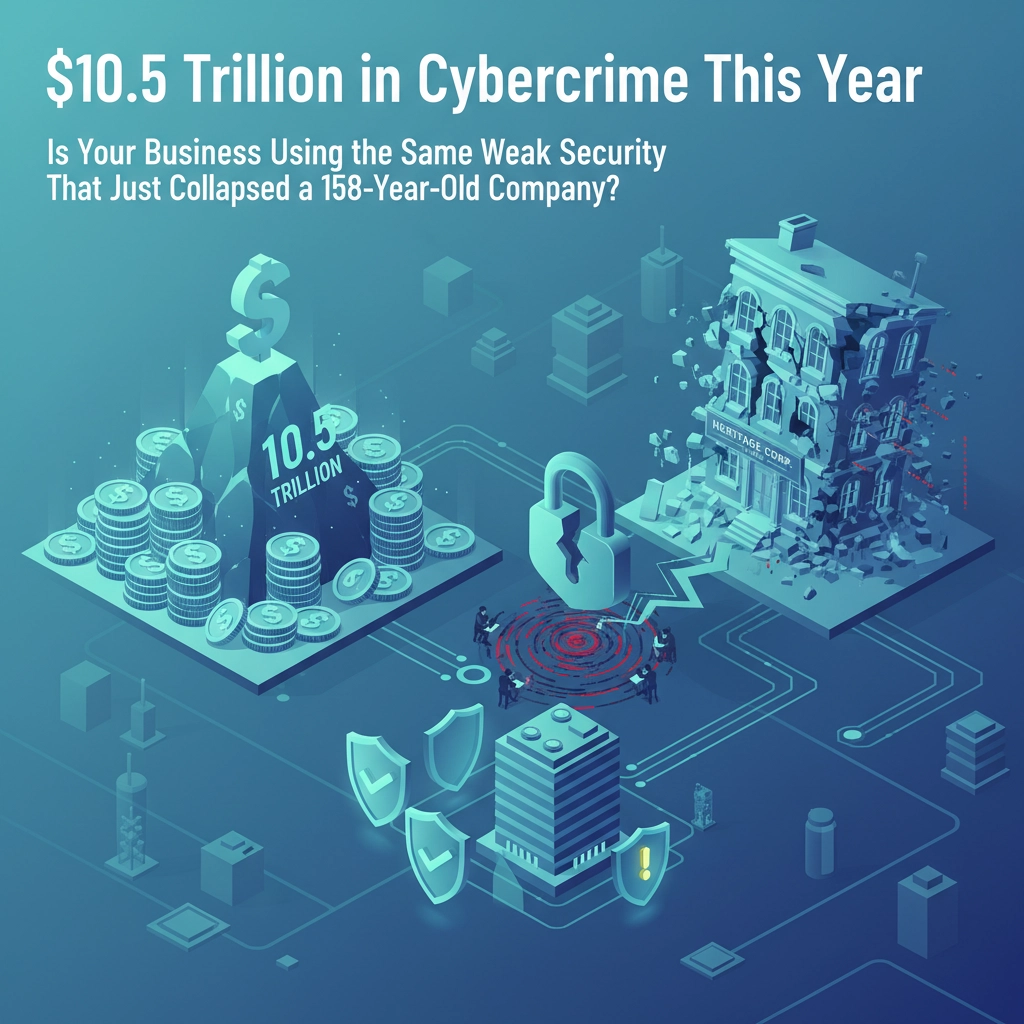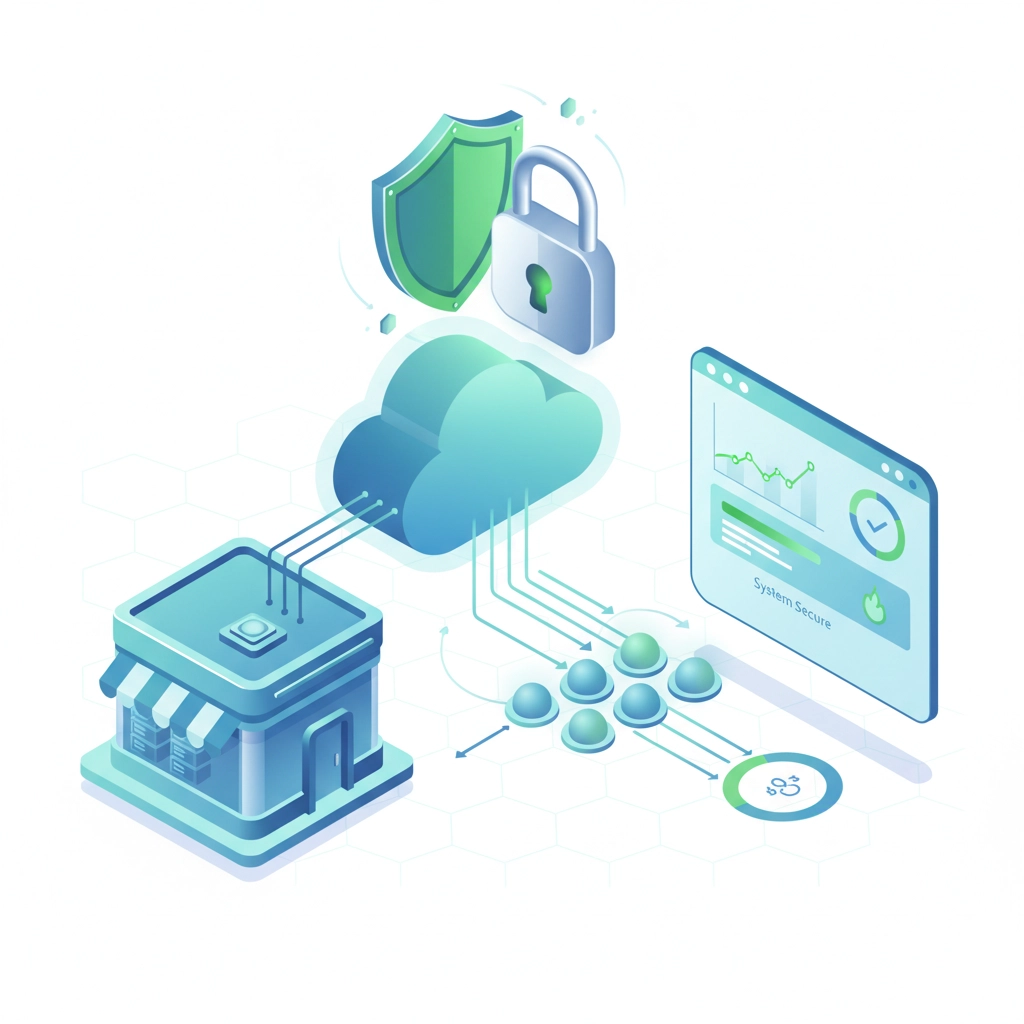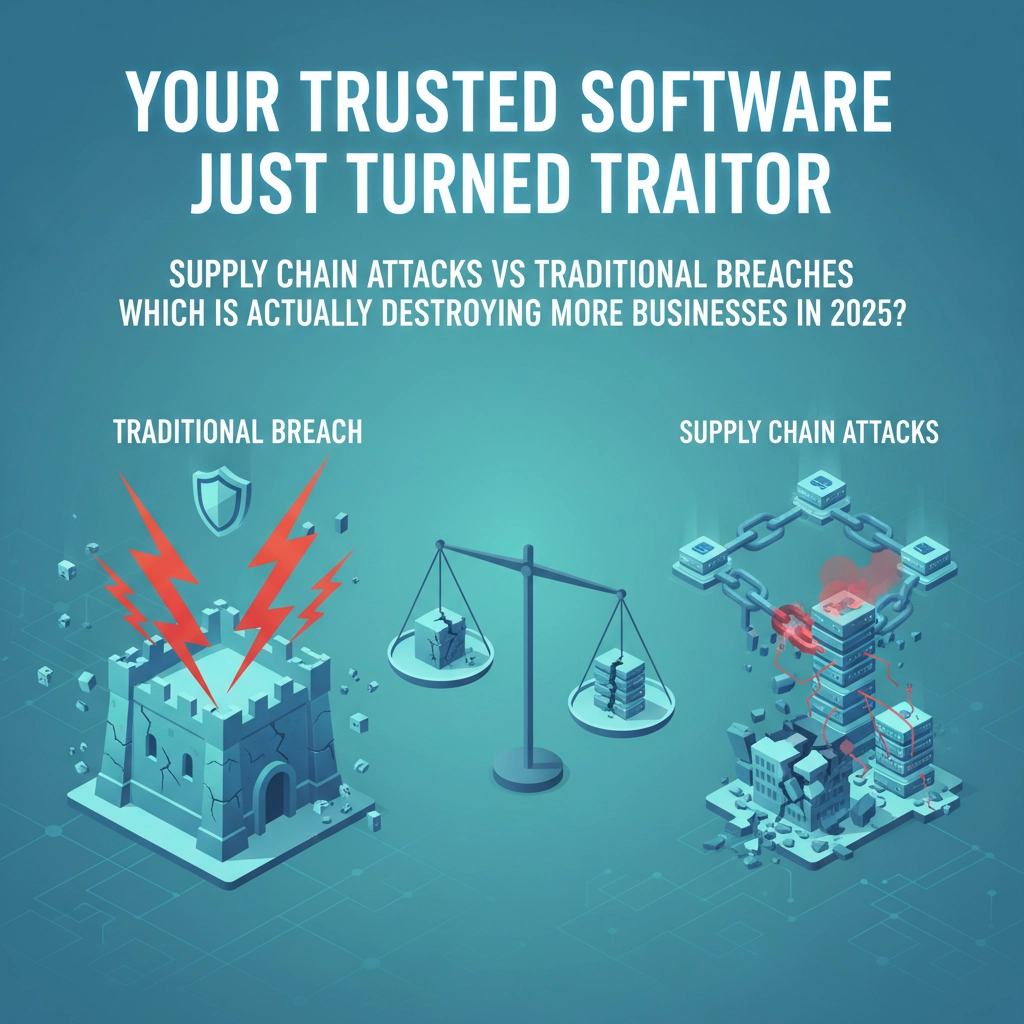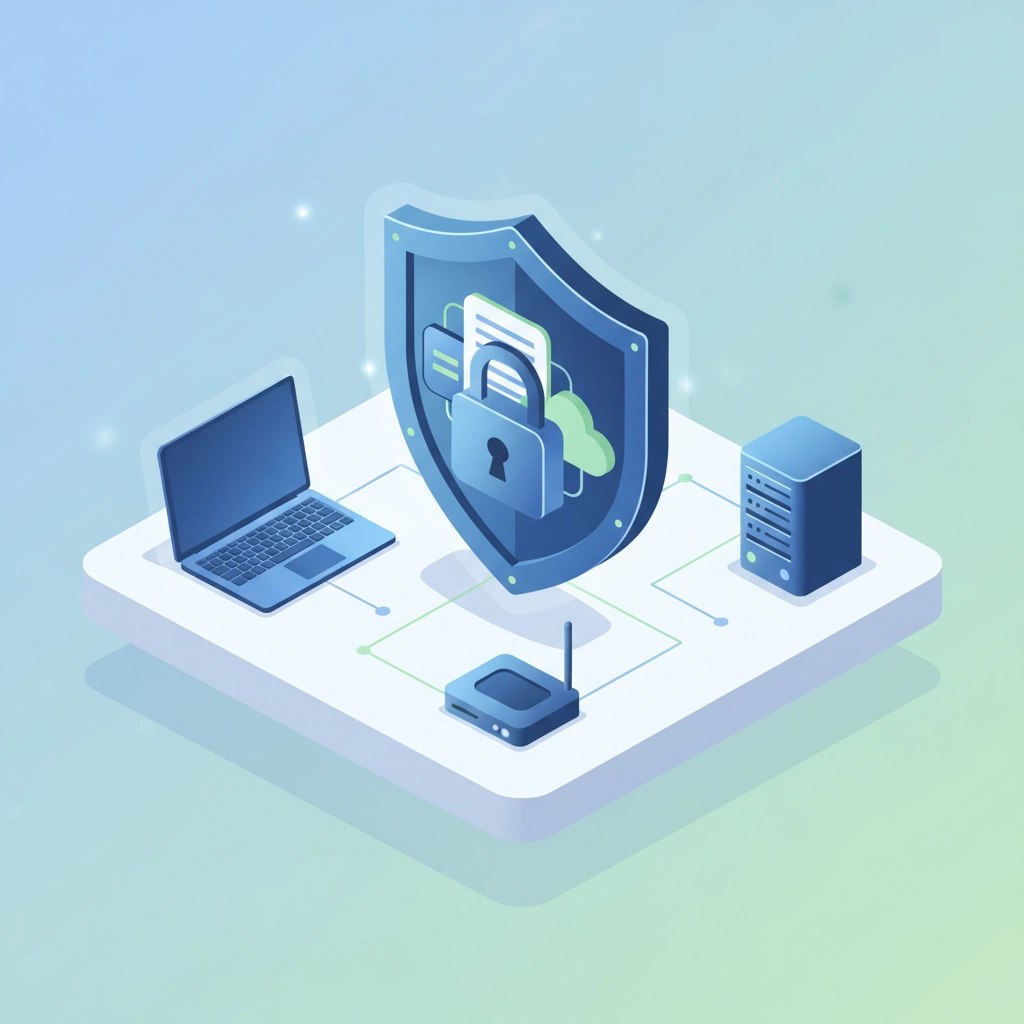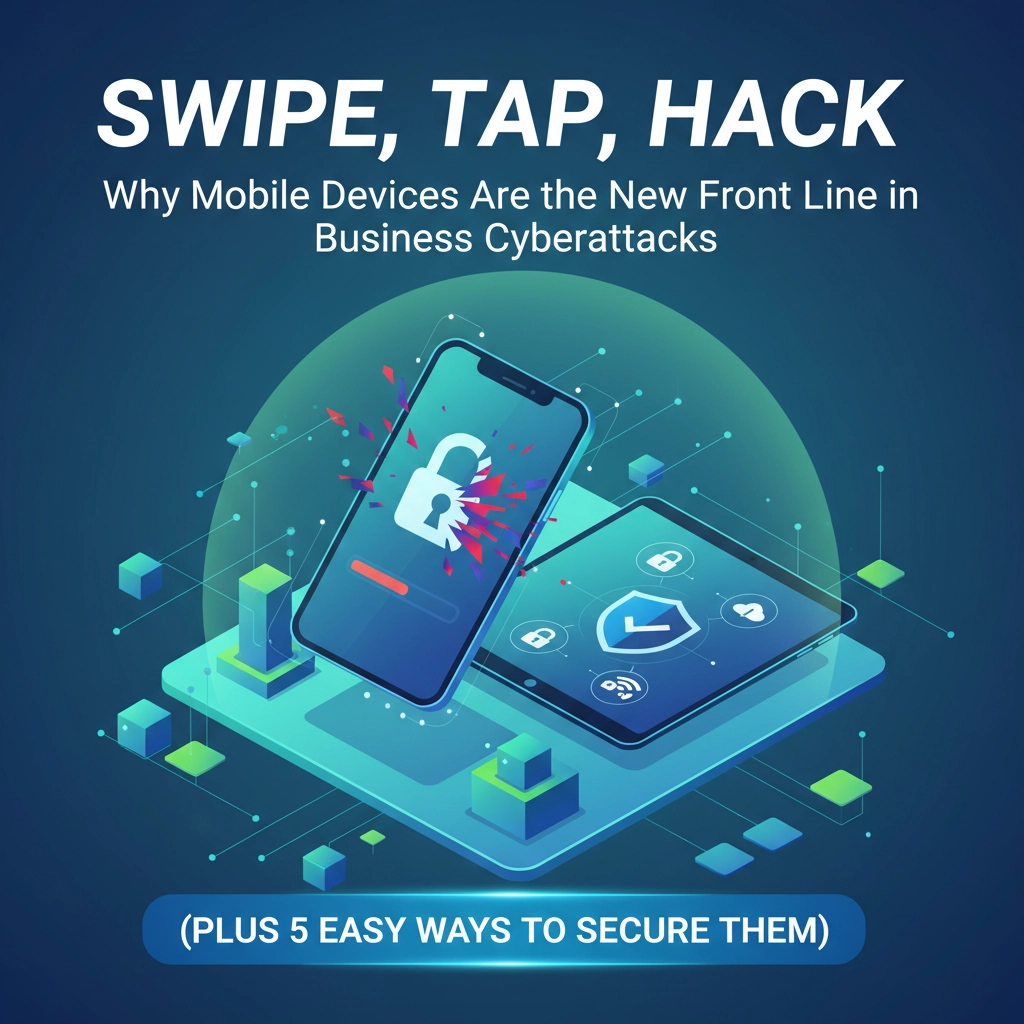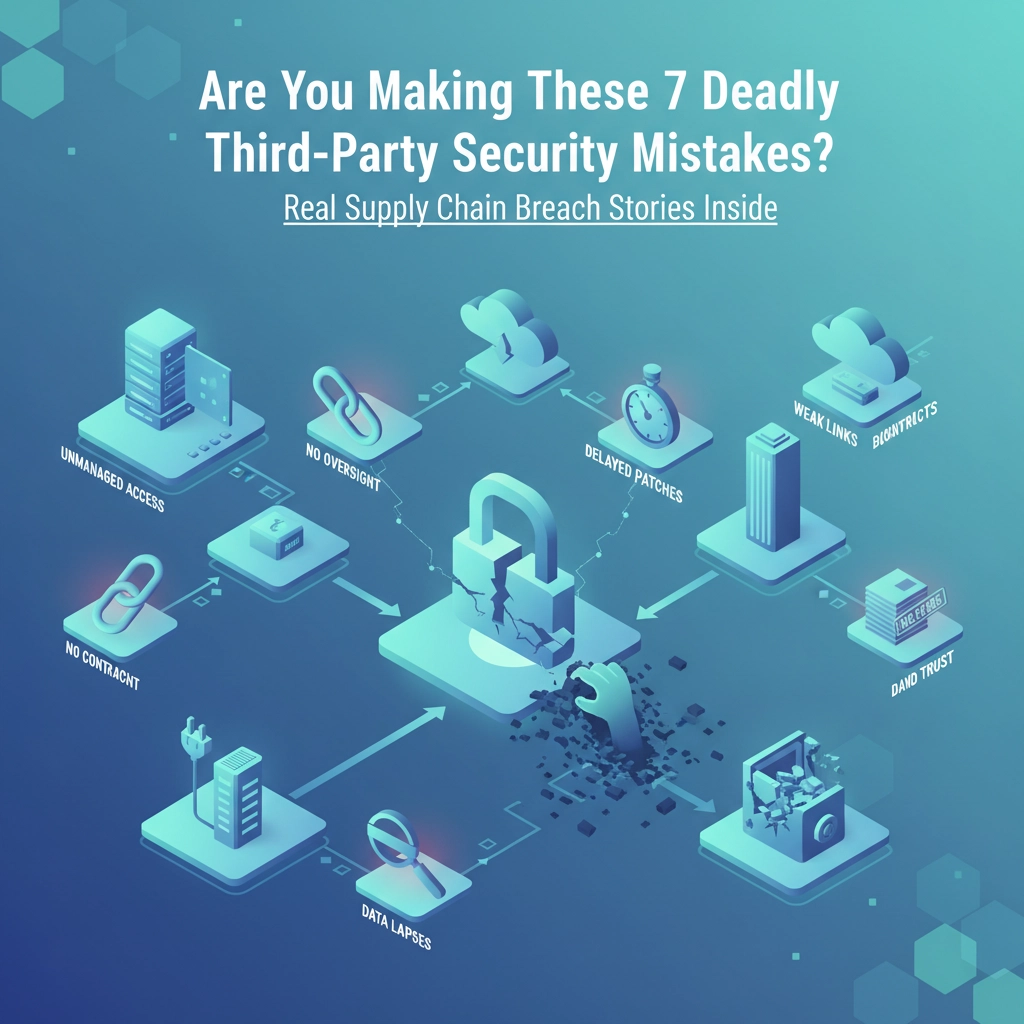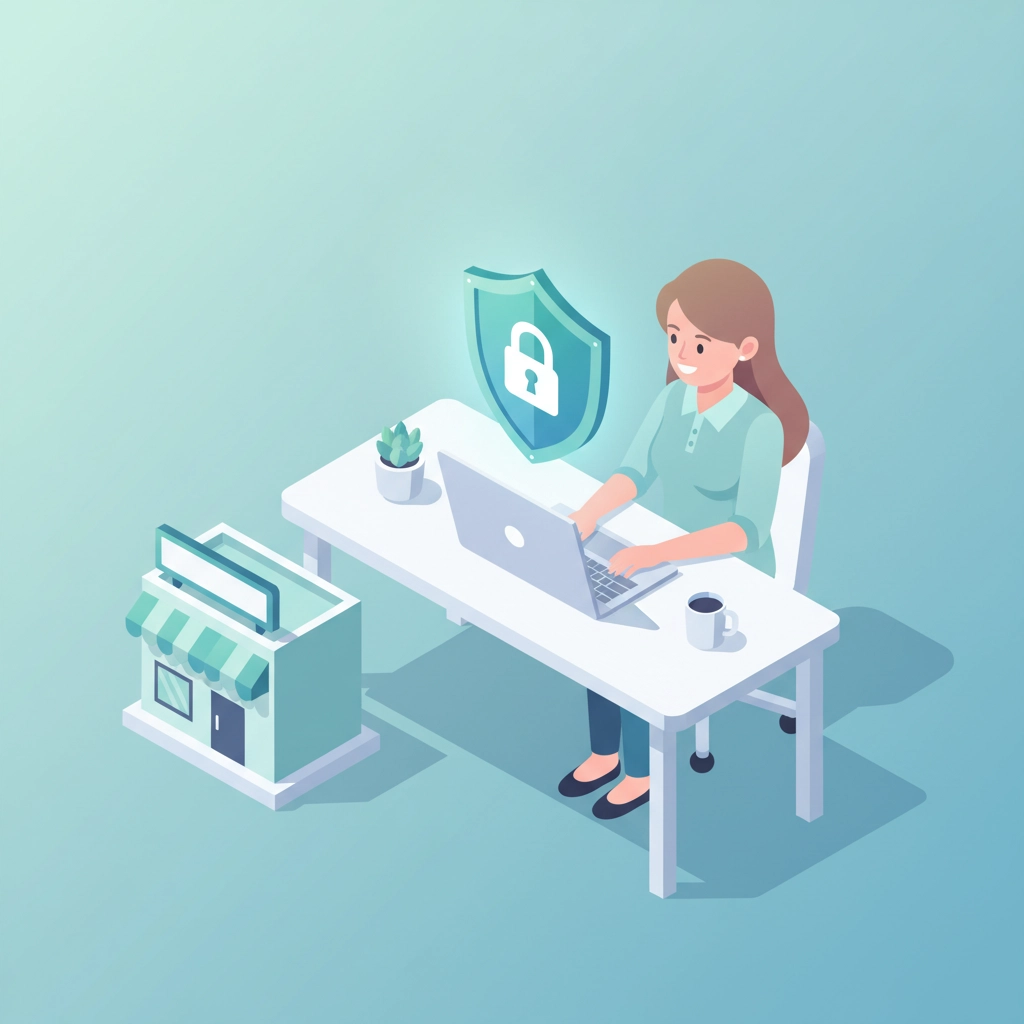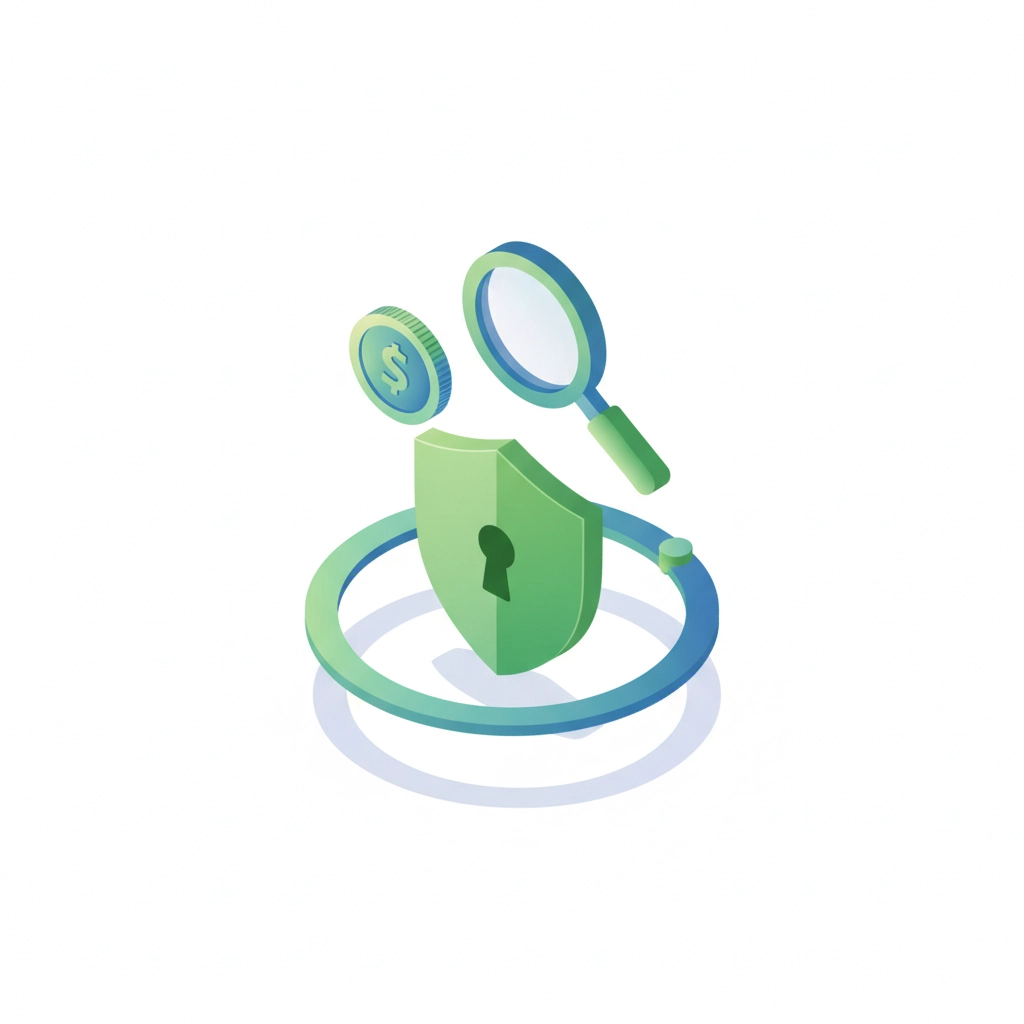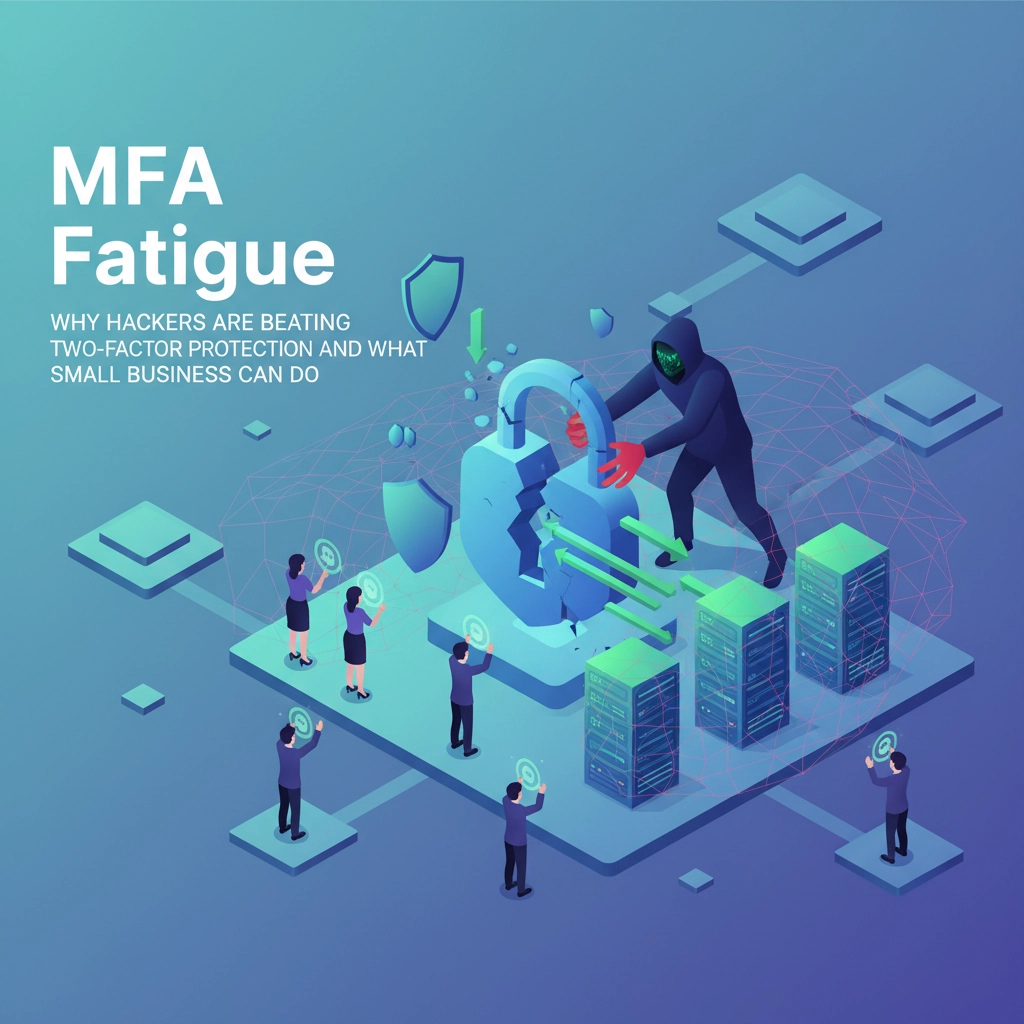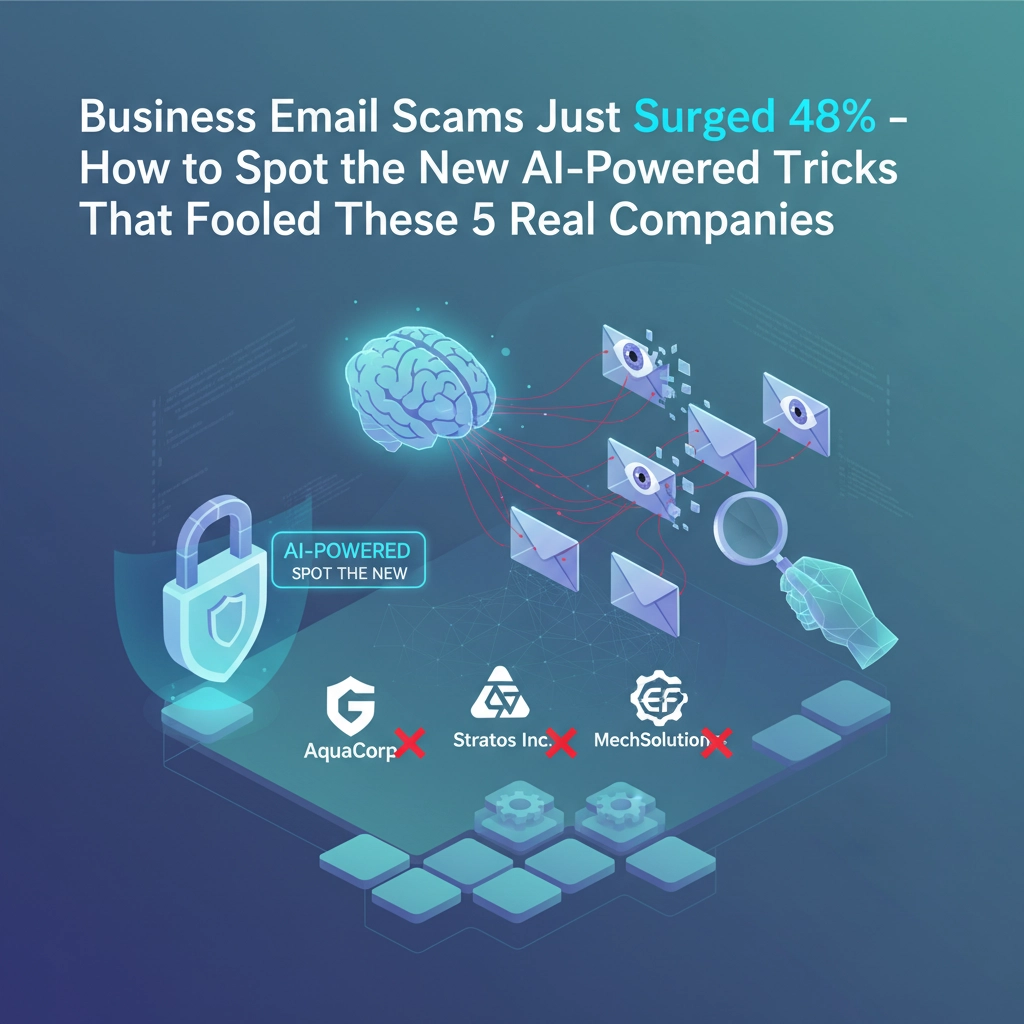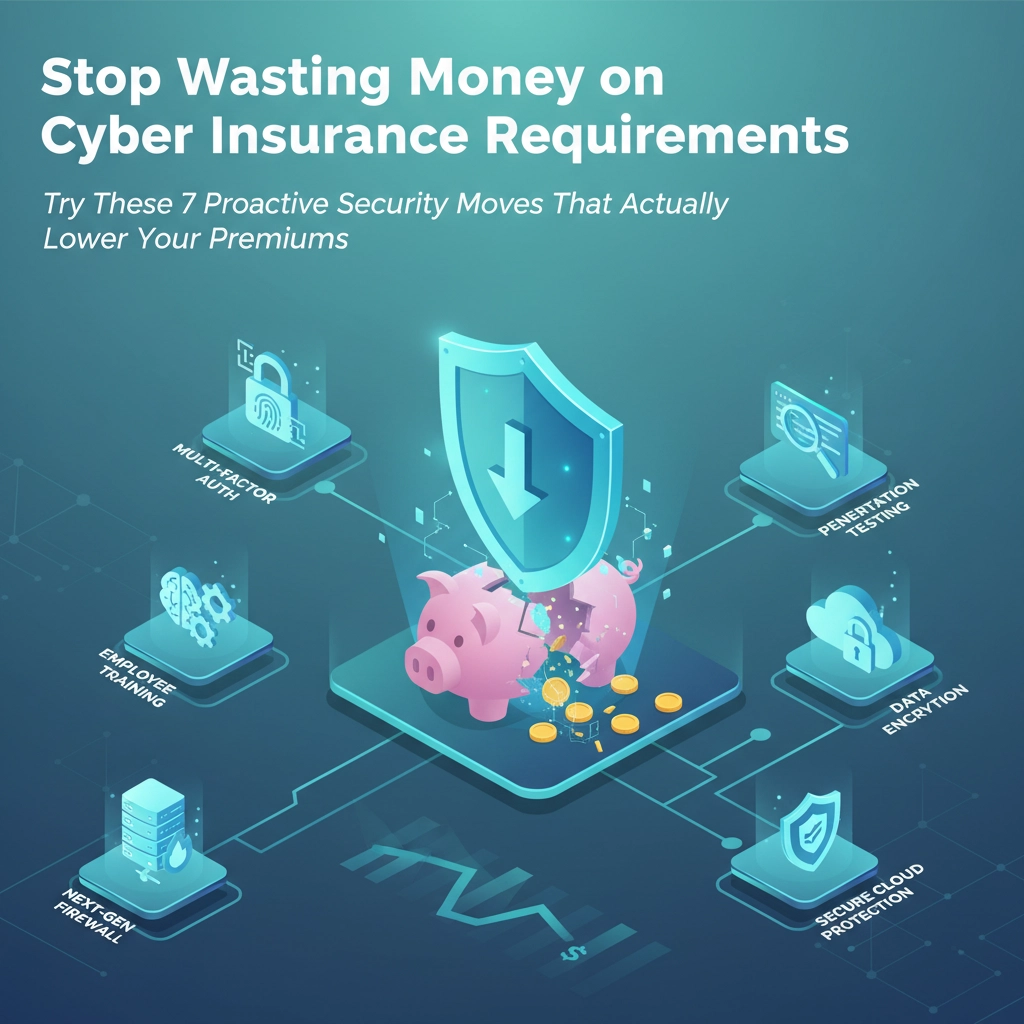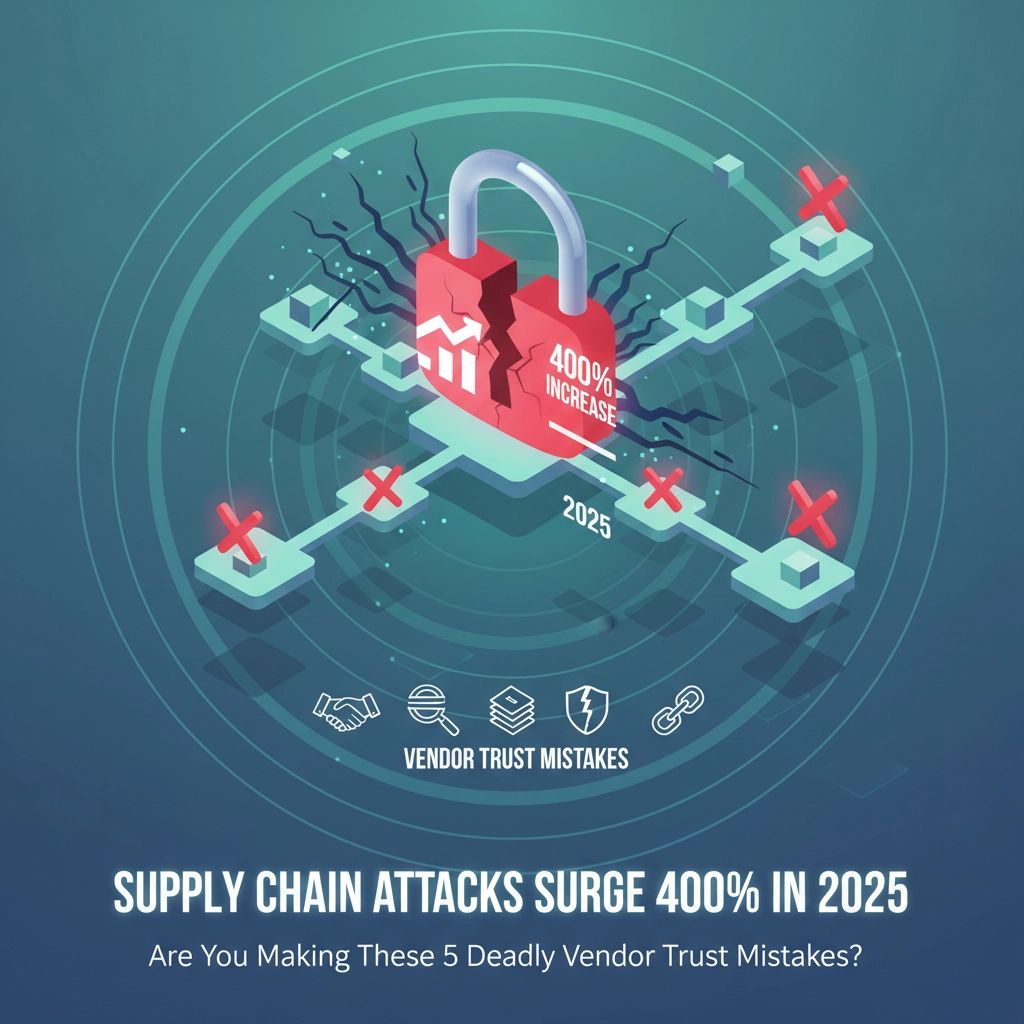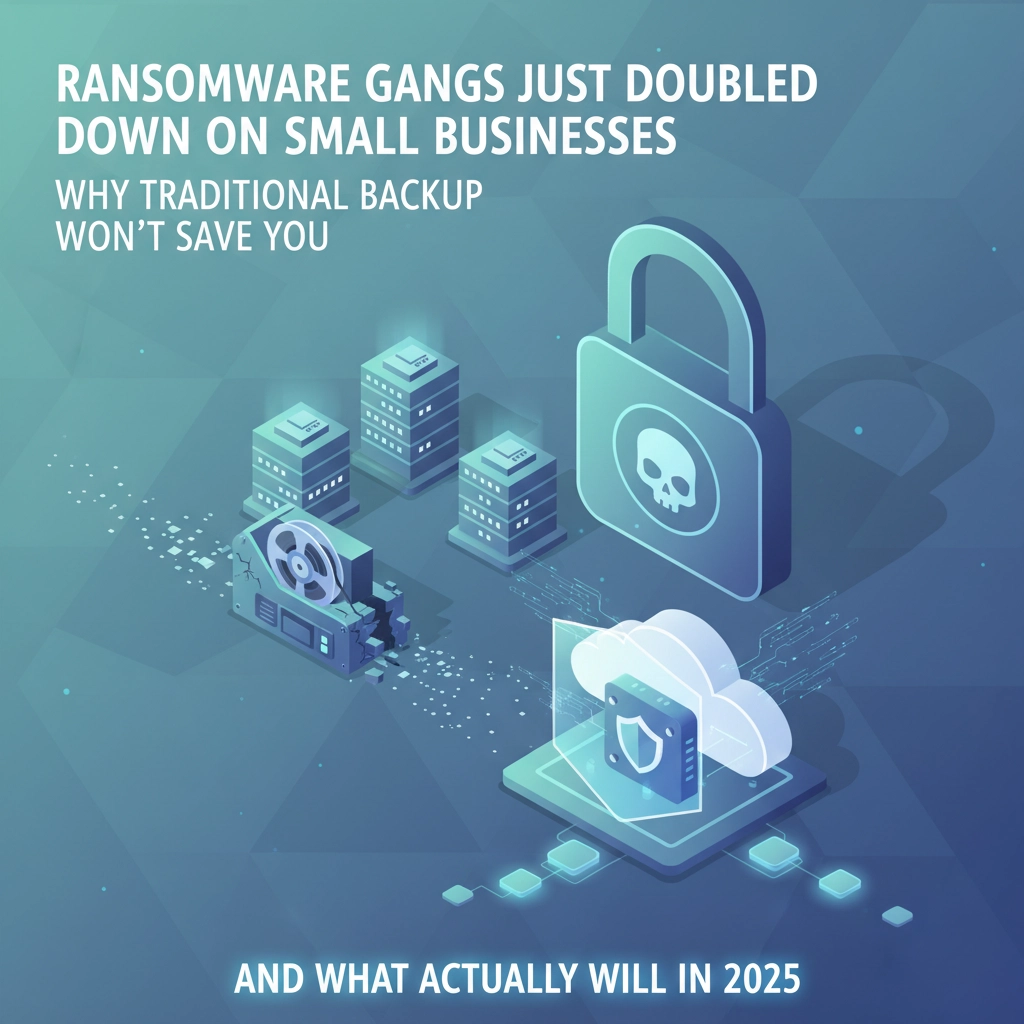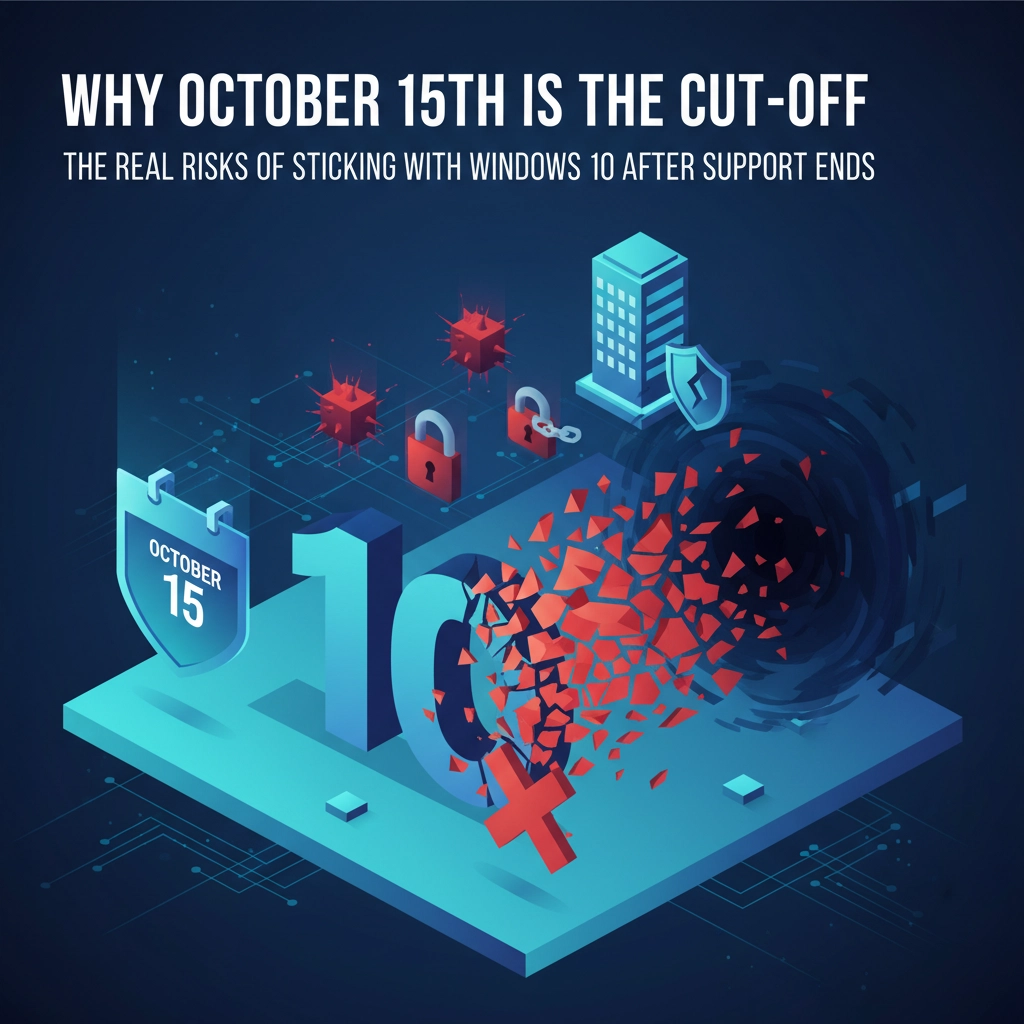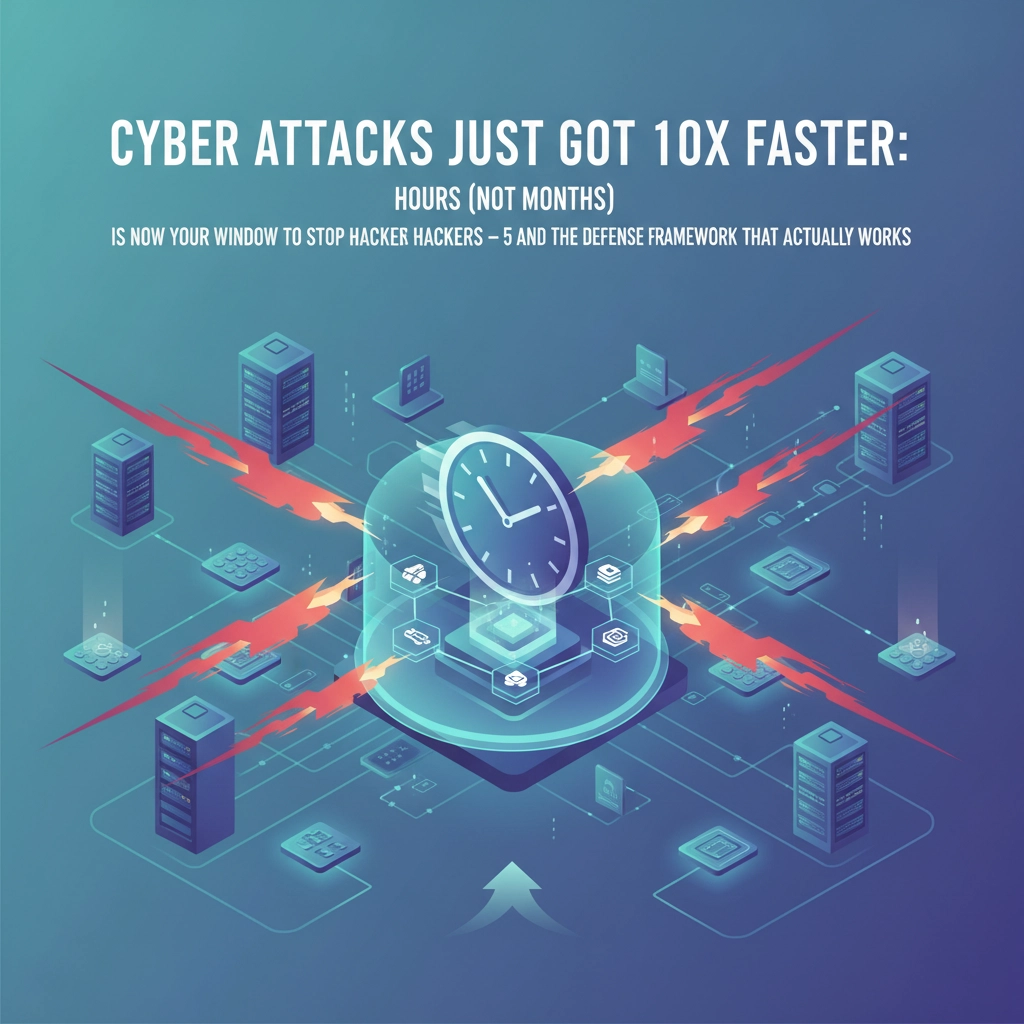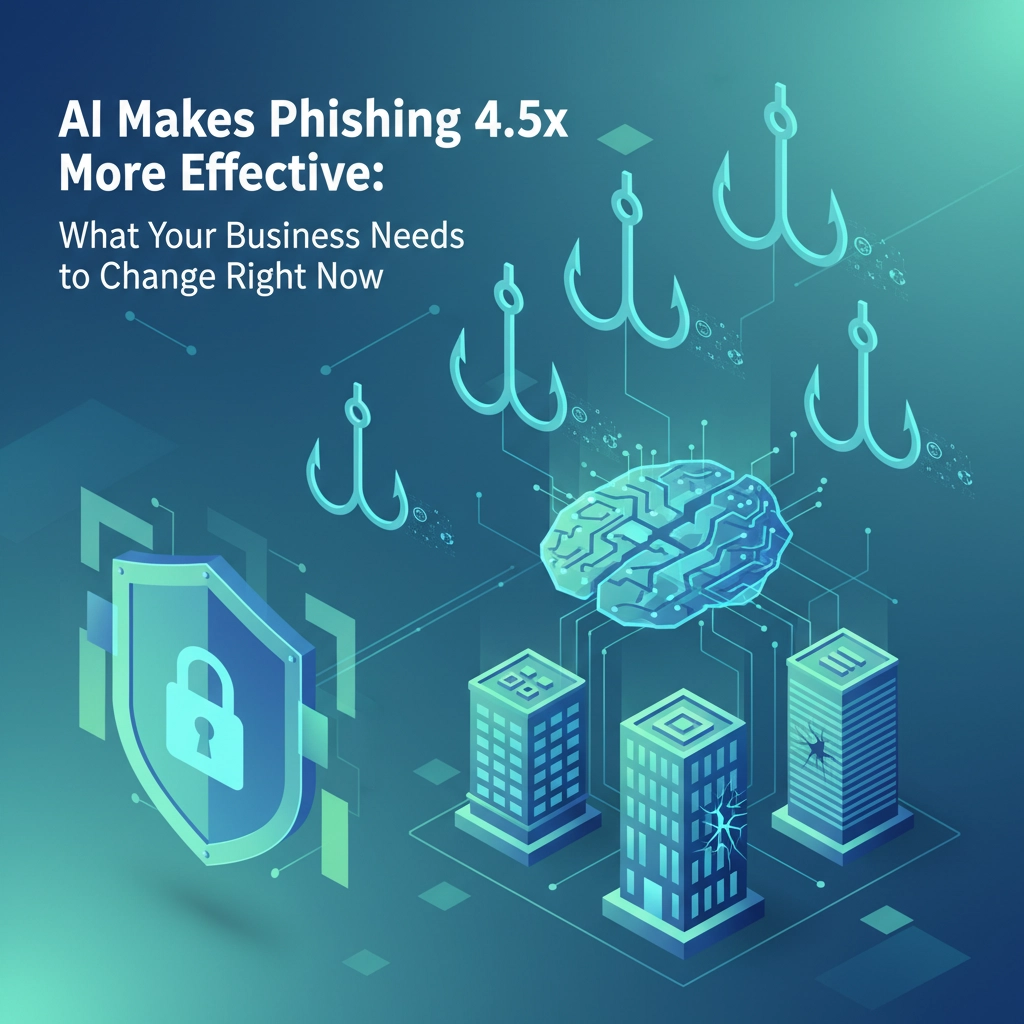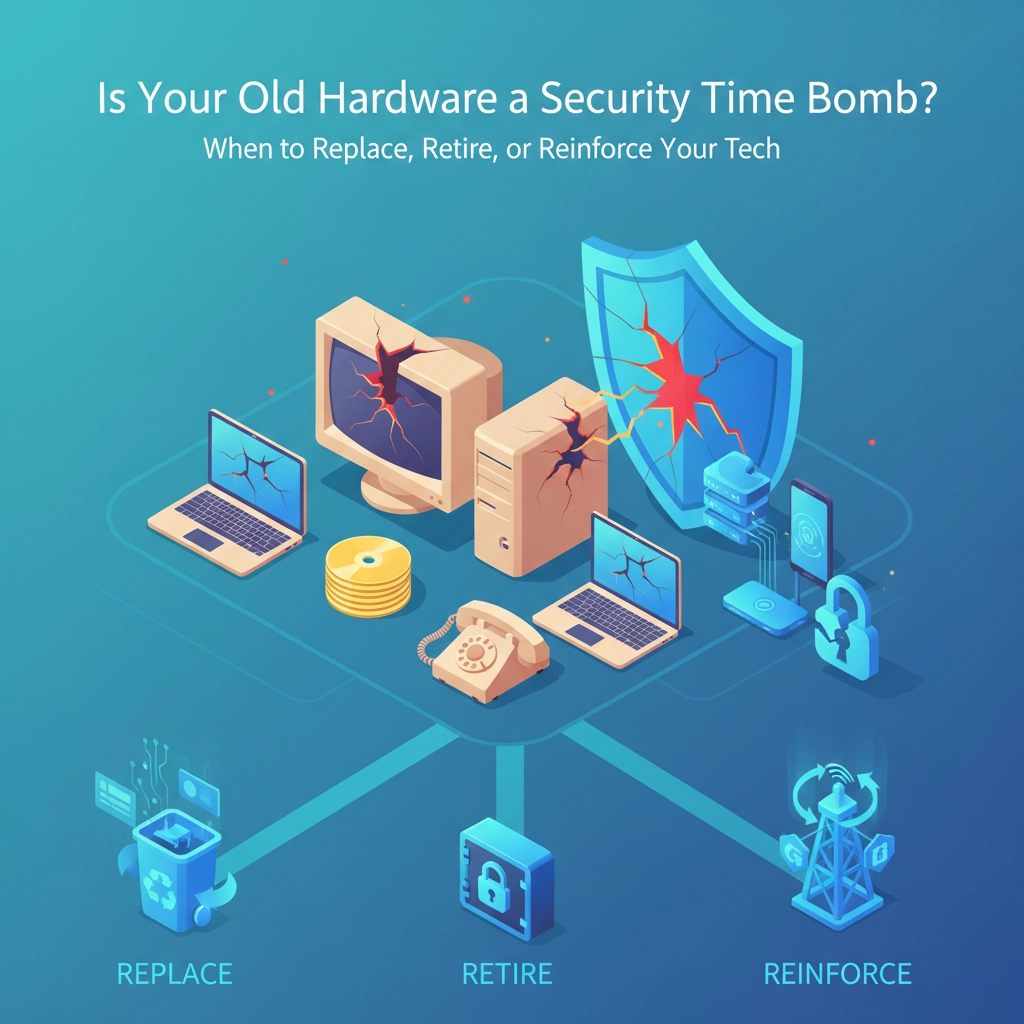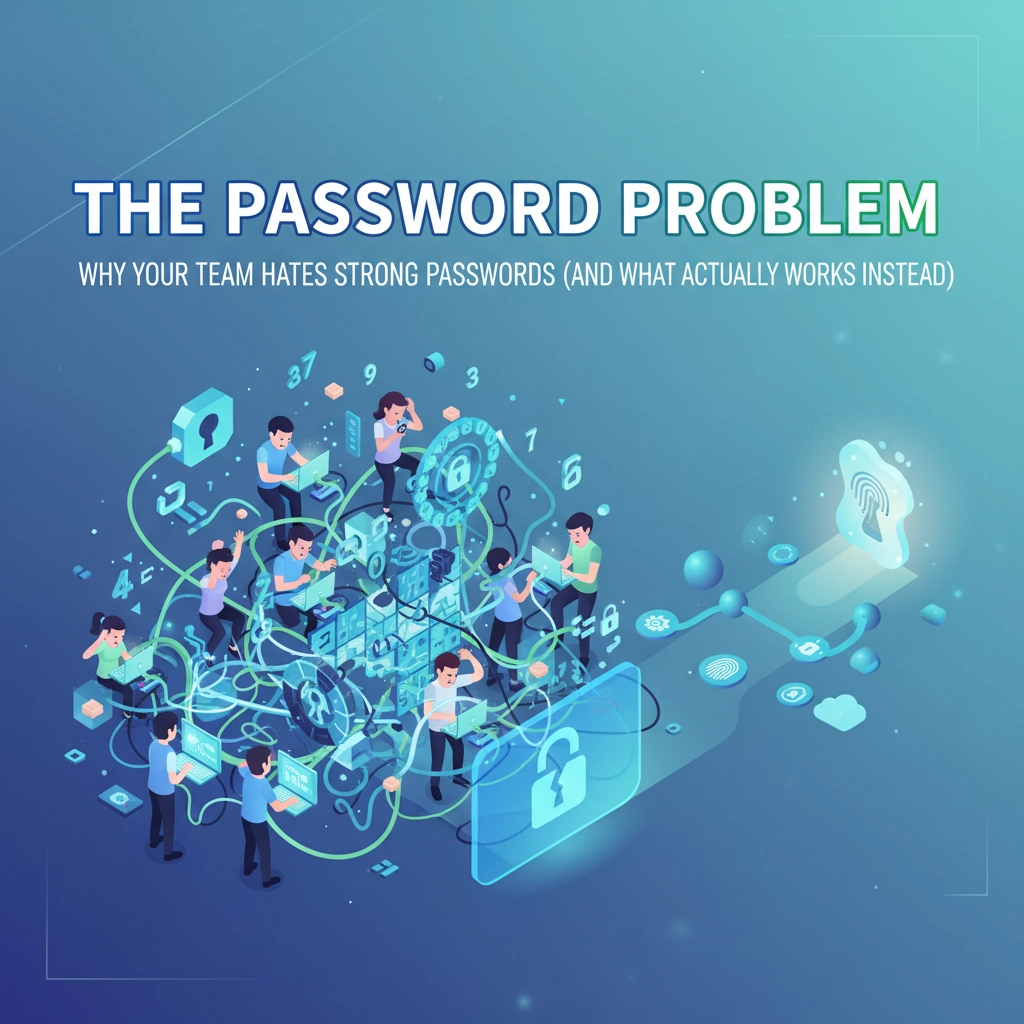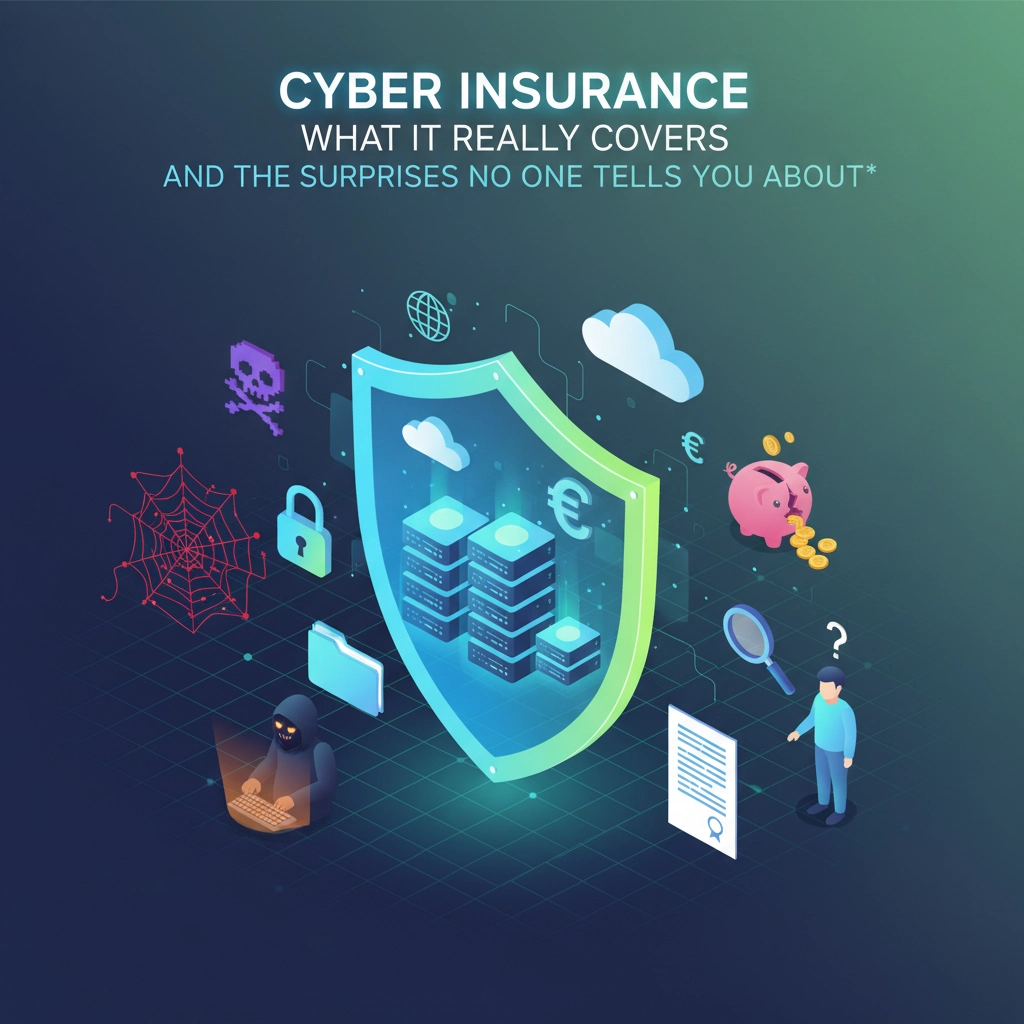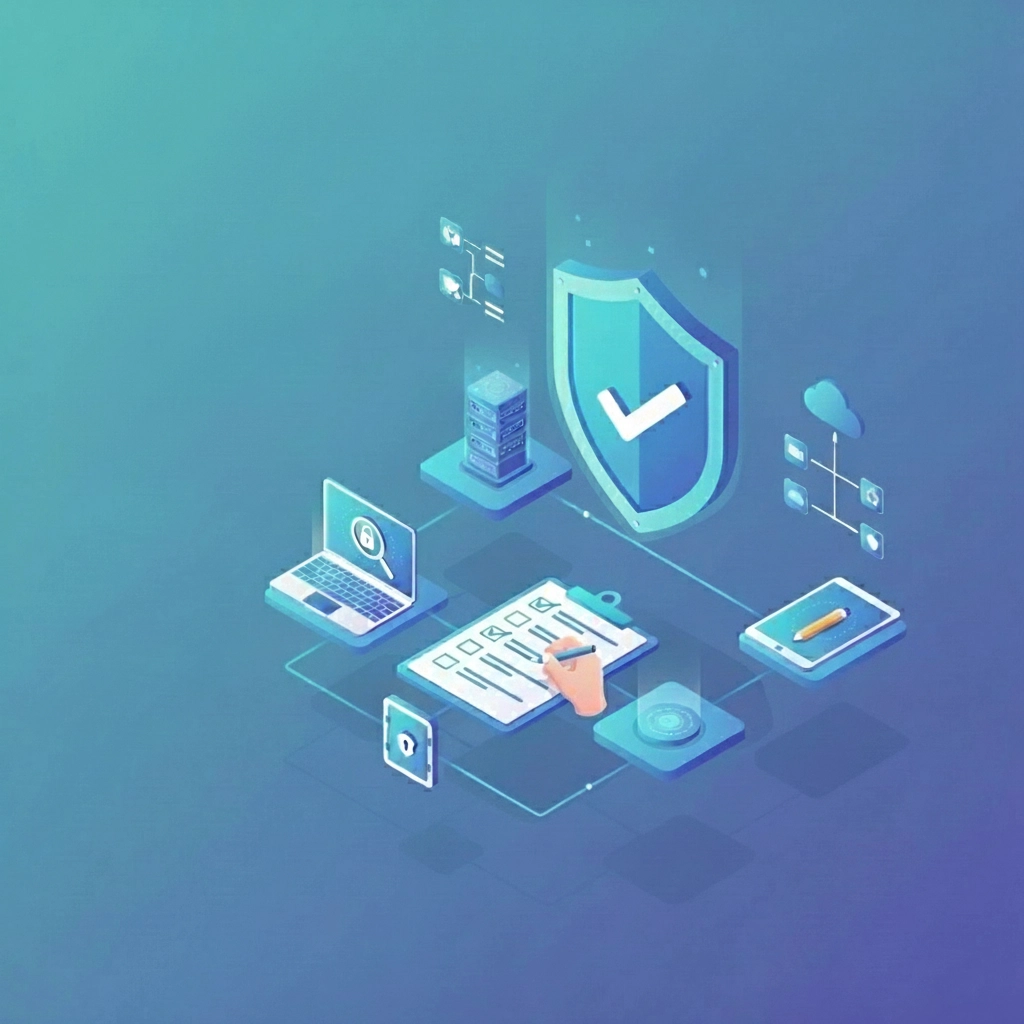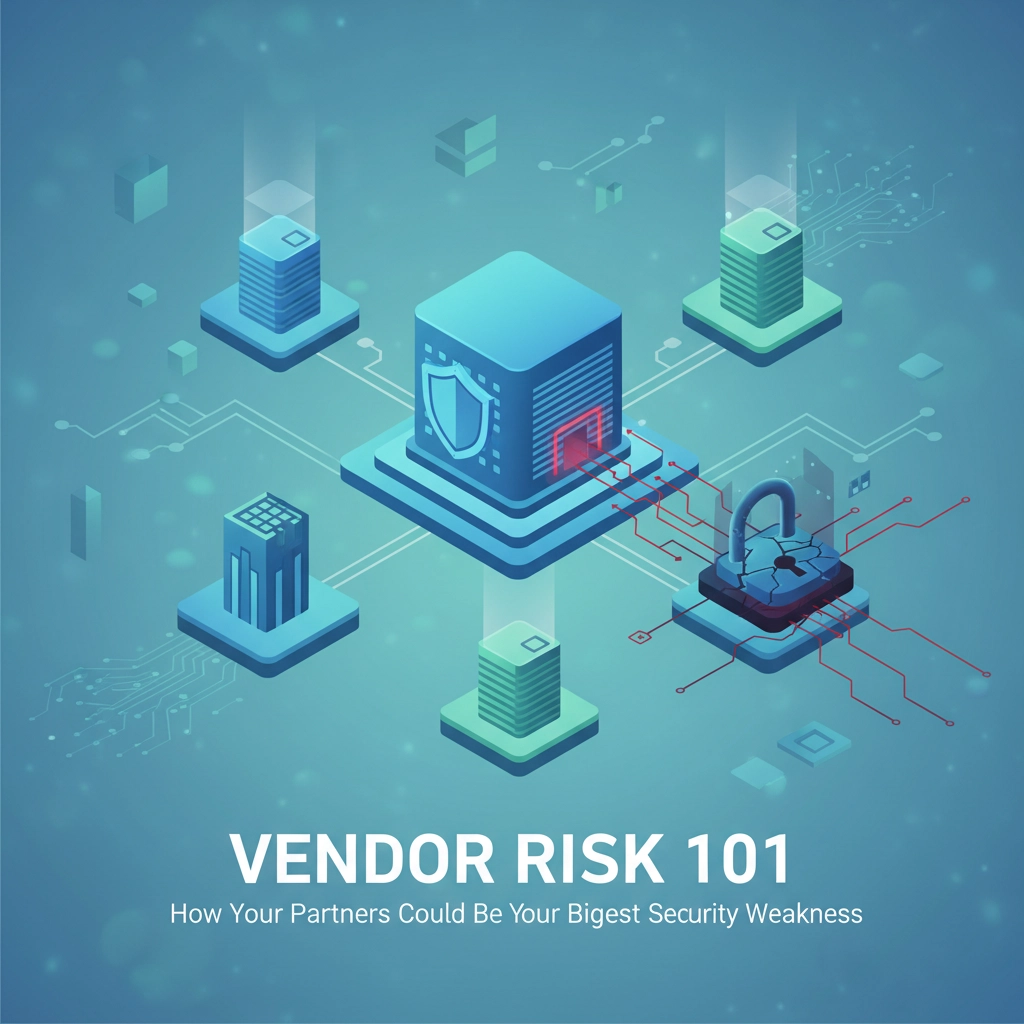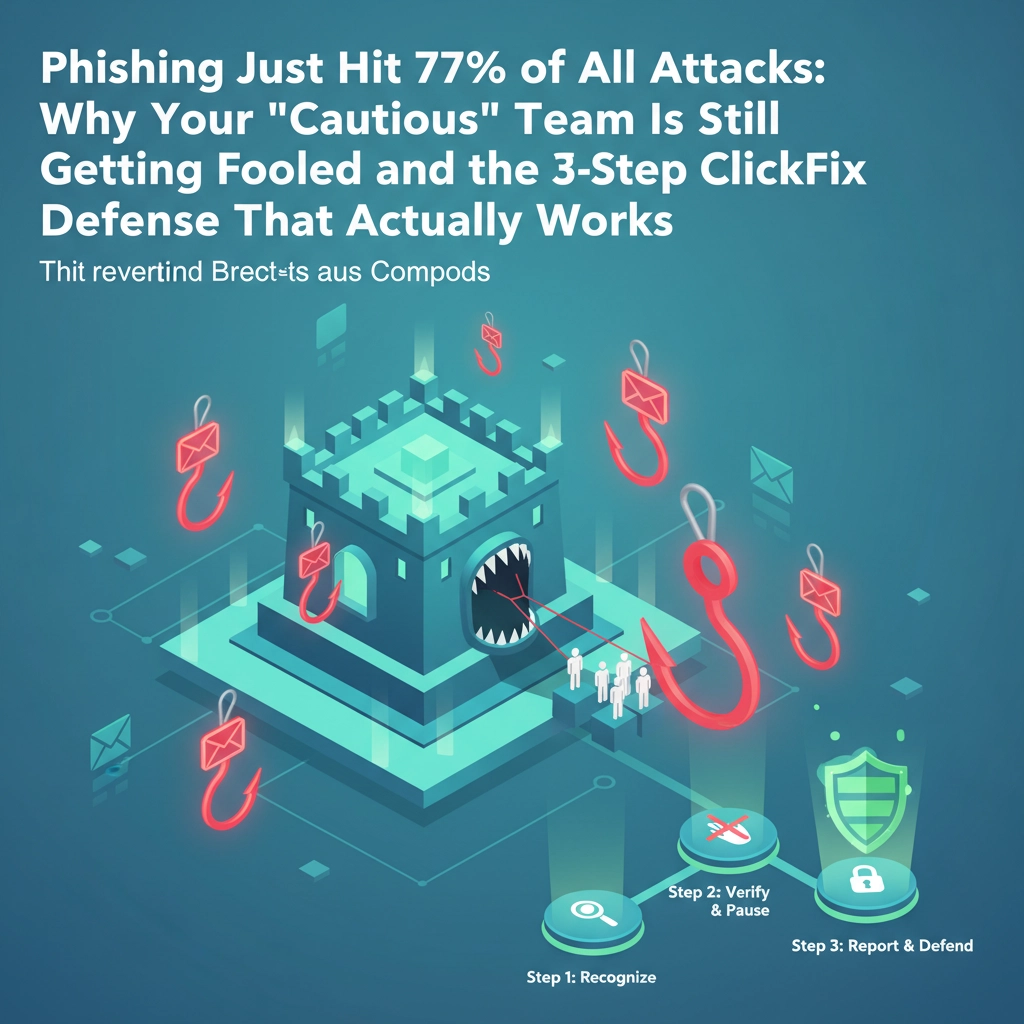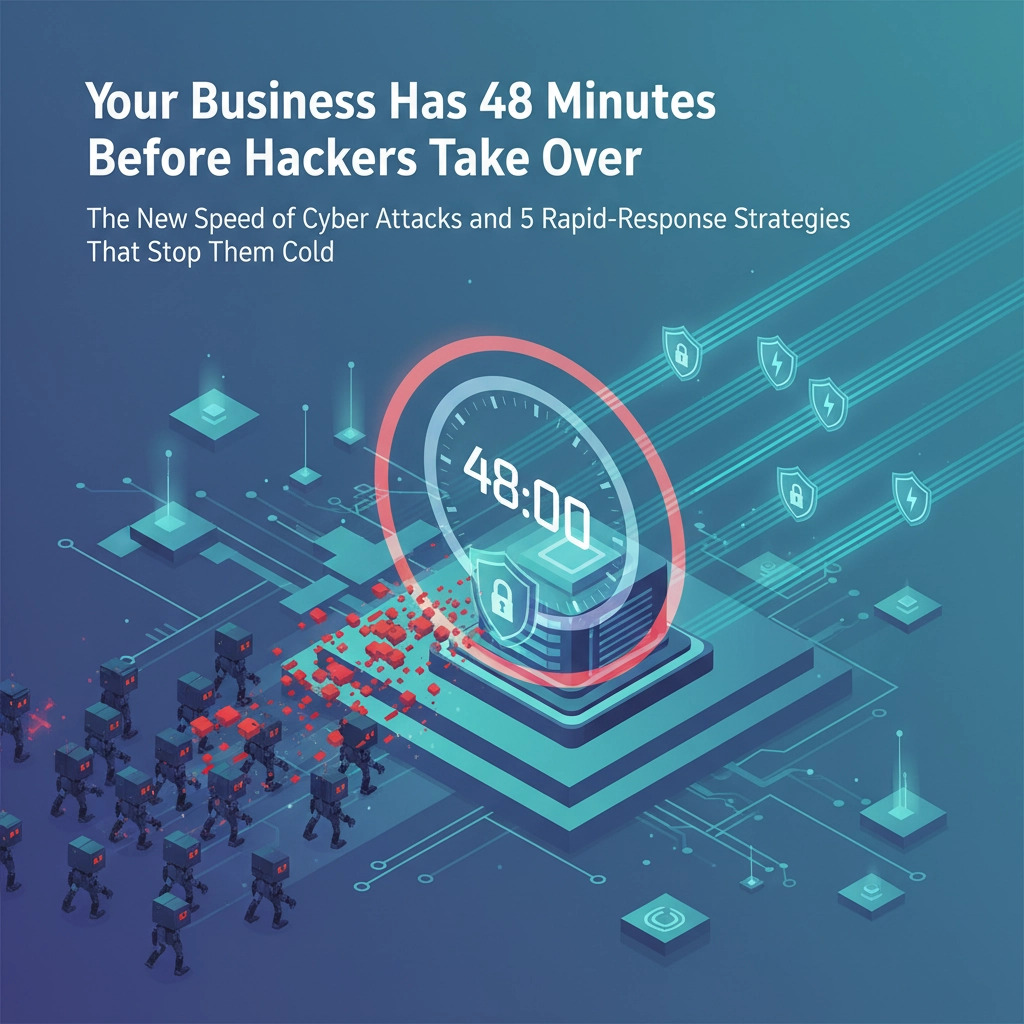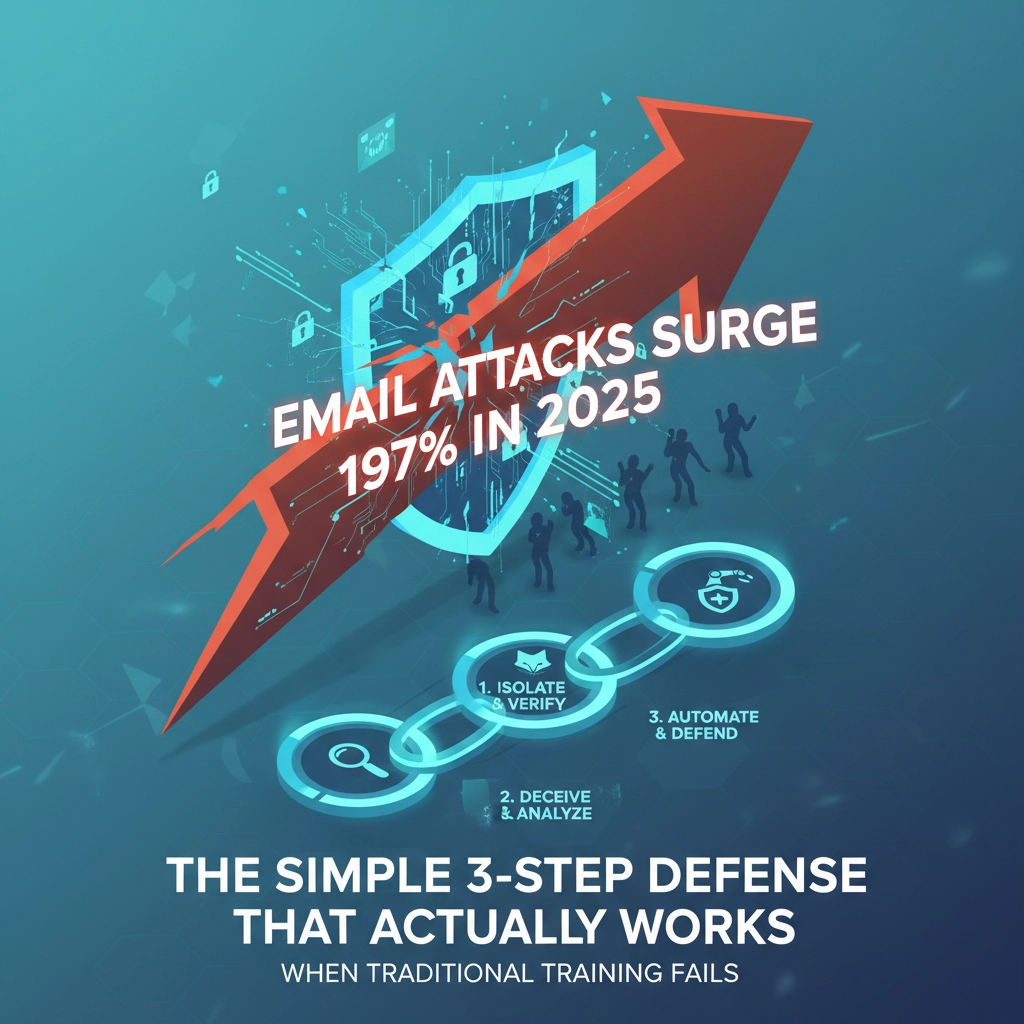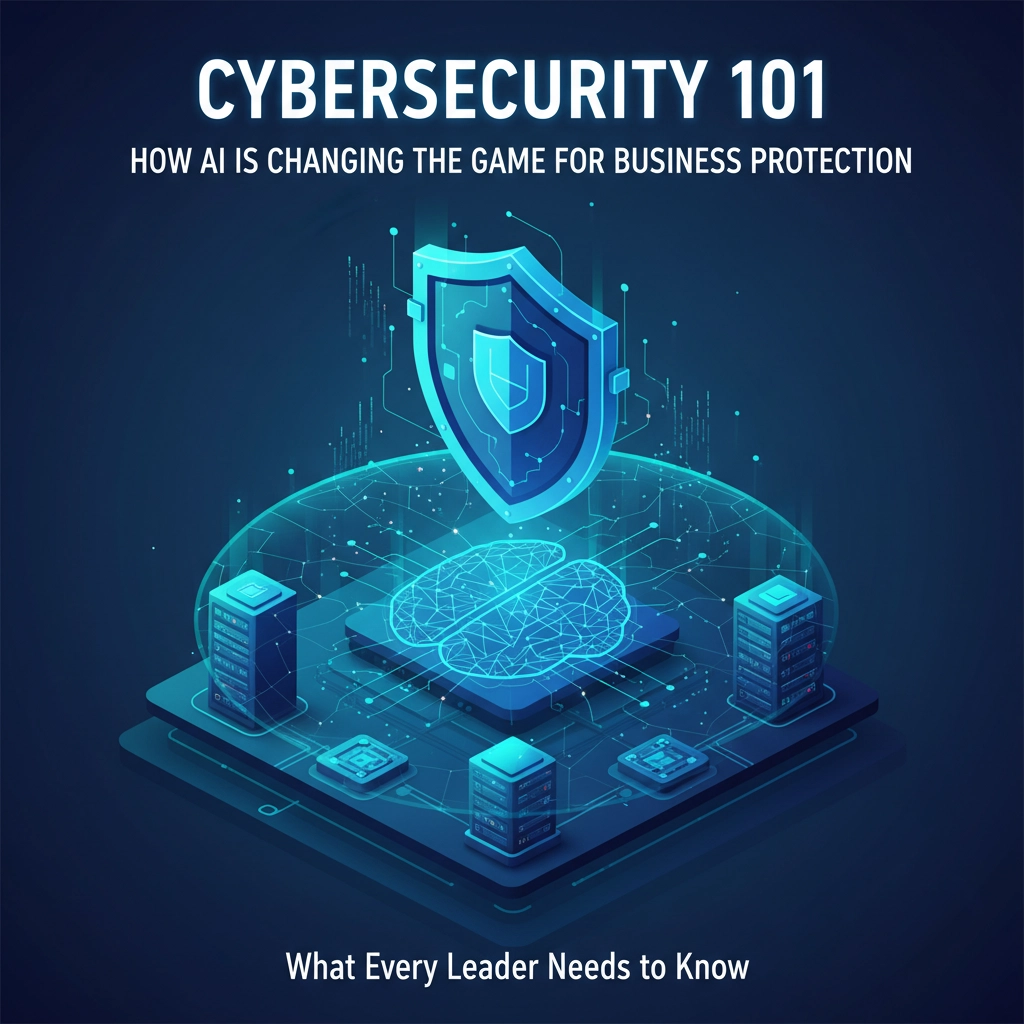Your business could be one password away from disaster. It sounds dramatic, but here's the reality: 60% of small businesses close permanently within six months of a cyberattack. We're not talking about sophisticated hackers using million-dollar tools, most successful attacks start with something as simple as "Password123" or an employee using their pet's name for their work login.
The stories below aren't meant to scare you (okay, maybe a little). They're meant to show you what's really at stake when password policies get pushed to the back burner. More importantly, we'll show you exactly how to fix it without turning your office into a cybersecurity boot camp.
When One Weak Password Destroys Everything
KNP Logistics: 158 Years Gone in Three Weeks
KNP wasn't some fly-by-night startup. This UK transport company had been moving goods since 1867: they survived two world wars, the Great Depression, and every economic downturn you can name. But in 2025, they couldn't survive one employee's weak password.
Here's what happened: hackers guessed a single employee's password and gained access to KNP's systems. They deployed ransomware that locked down everything: customer records, dispatch systems, financial data, the works. The attackers demanded millions for the decryption key.
KNP couldn't pay. Even worse, their backups had been compromised too. Within three weeks, this 158-year-old company was forced to shut down permanently. Seven hundred employees: drivers, dispatchers, mechanics, office staff: all lost their jobs. Some of these families had worked for KNP for generations.
The kicker? The company had "industry-standard" IT security, insurance, and certifications. None of it mattered because one password was weak enough for attackers to guess.
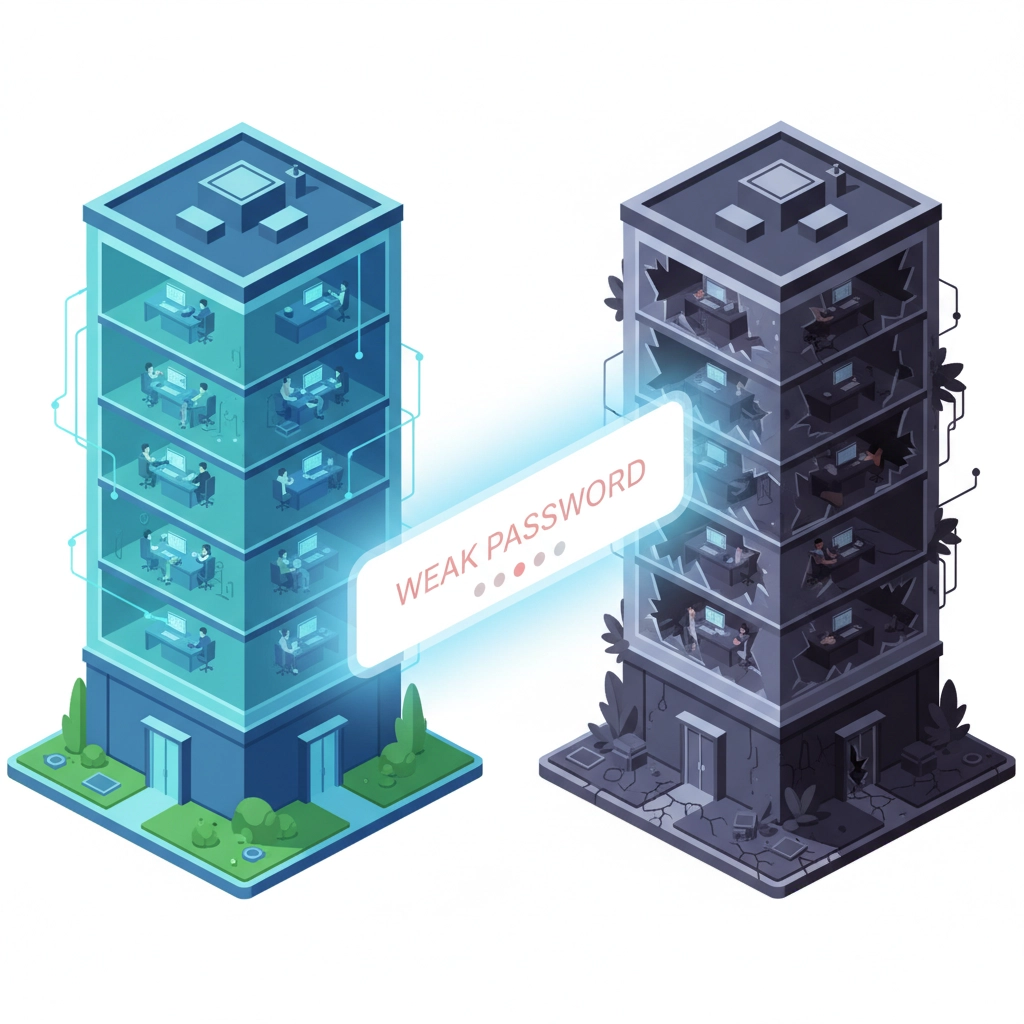
Colonial Pipeline: America's Fuel Supply Held Hostage
Remember when gas stations across the Southeast ran dry in 2021? That was Colonial Pipeline, and it started with a compromised password on an old VPN account that didn't even have multi-factor authentication turned on.
This wasn't some mom-and-pop operation: this was critical infrastructure, the largest fuel pipeline system in the United States. But attackers didn't need to break through sophisticated defenses. They just needed one weak entry point that had been forgotten about.
The attack shut down 5,500 miles of pipeline, caused widespread fuel shortages, and sent gas prices soaring. All because a single password wasn't properly protected.
The Melbourne Company That Lost $50,000 Overnight
Not every password disaster makes international headlines. A small Melbourne firm lost over $50,000 AUD due to weak password policies, and chances are you never heard about it. That's the scary part: these attacks happen every day to businesses just like yours.
In this case, weak passwords allowed attackers to access the company's banking information and initiate fraudulent transfers. By the time the business owners realized what had happened, the money was long gone, moved through multiple accounts across different countries.
For a small business, $50,000 might as well be $50 million. That's payroll, rent, inventory, and equipment costs that suddenly vanish. Many small businesses can't absorb that kind of hit and stay operational.
Why Your Business Is in the Crosshairs
Here's what keeps me up at night: small businesses face the highest rate of targeted attacks, receiving 350% more malicious emails than employees at larger companies. Attackers know you probably don't have a dedicated IT security team, and they're counting on it.
The attack methods haven't gotten more sophisticated: they've gotten easier. Cybercriminals use three main approaches that exploit weak passwords:
Credential Stuffing: Remember that data breach at the retail store where you shop? Attackers take those stolen username-password combinations and try them everywhere else. If your employee uses the same password for work and personal accounts, attackers get a two-for-one deal.
Brute Force Attacks: Automated tools can try millions of common password combinations until one works. "Password123", "Welcome2024", "CompanyName!1": these get cracked in seconds, not hours.
Phishing: An employee gets a convincing fake email, clicks a link, and hands over their credentials thinking they're logging into a legitimate site. Once attackers have those credentials, they're inside your network.
The numbers tell the story: over 8.4 billion passwords were leaked in 2021 alone, and 80% of web breaches involved stolen or weak passwords. For small businesses, 82% of ransomware attacks target companies with fewer than 1,000 employees.

The Business Owner's Guide to Password Protection
The good news? You don't need a computer science degree or a massive budget to protect your business. Here's what actually works:
Step 1: Turn On Multi-Factor Authentication Everywhere
This is non-negotiable. Multi-factor authentication (MFA) adds a second verification step: usually a code sent to your phone: beyond just a password. Even if attackers guess or steal a password, they still can't get in without that second factor.
Colonial Pipeline's breach happened specifically because their VPN didn't have MFA enabled. That one oversight cost them millions and disrupted fuel supplies across half the country.
Enable MFA on:
- Email accounts
- Cloud storage (Google Drive, Dropbox, OneDrive)
- Banking and financial systems
- Any software that contains business data
- Remote access tools and VPNs
Step 2: Implement Smart Password Requirements
Forget the old advice about changing passwords every 90 days: research shows that actually makes security worse because people just add a number to the end (Password1, Password2, etc.).
Instead, require:
- Minimum 12 characters (longer is always better)
- A mix of letters, numbers, and symbols
- No common words or patterns
- Unique passwords for every account
Step 3: Deploy a Password Manager
Don't expect your team to remember 50 complex, unique passwords. Provide a reputable password manager that generates and stores strong passwords automatically. This removes the temptation to reuse passwords or write them down on sticky notes.
Popular business options include Bitwarden, 1Password, and LastPass. Most cost less than $5 per employee per month: a bargain compared to recovering from a breach.
Step 4: Monitor for Compromised Credentials
Use services like Have I Been Pwned to check if any company email addresses appear in known data breaches. If credentials are compromised, change them immediately: don't wait for your next scheduled update.
Step 5: Train Your Team (But Keep It Simple)
Your employees don't need to become cybersecurity experts. They just need to know:
- Never share passwords with anyone, ever
- Don't enter credentials when asked via email, text, or phone
- Look for suspicious email signs (urgent language, unfamiliar senders, unexpected attachments)
- Report anything suspicious immediately

The Real Math on Password Security
For medium-sized companies, password-related security costs can exceed $1 million annually. But for small businesses, the math is even starker: the average data breach costs about $200,000, which is often enough to shut down operations permanently.
Consider this: implementing strong password policies might cost $50-100 per employee per year (password manager, MFA setup, basic training). Compare that to the $200,000 average breach cost, and you're looking at a 2,000% return on investment if you prevent just one attack.
With 700,000 attacks against small businesses in 2020 totaling $2.8 billion in damages, the question isn't whether attackers will target your business: it's when.
Take Action Before It's Too Late
Password security isn't optional anymore: it's business insurance. The companies in our disaster stories thought they had time to implement better security "eventually." KNP's 700 employees wish their IT team had required stronger passwords. Colonial Pipeline's customers wish that VPN had MFA enabled.
Don't become the next cautionary tale. If you're running a small business and password security feels overwhelming, you're not alone. The good news is that you don't have to figure this out by yourself.
At B&R Computers, we help small businesses implement practical cybersecurity solutions that actually work in the real world. We can assess your current password policies, set up multi-factor authentication across your systems, and train your team on security best practices: all without disrupting your daily operations.
Ready to protect your business from becoming the next disaster story? Contact us today for a free security assessment. Because the cost of prevention is always less than the cost of recovery.





